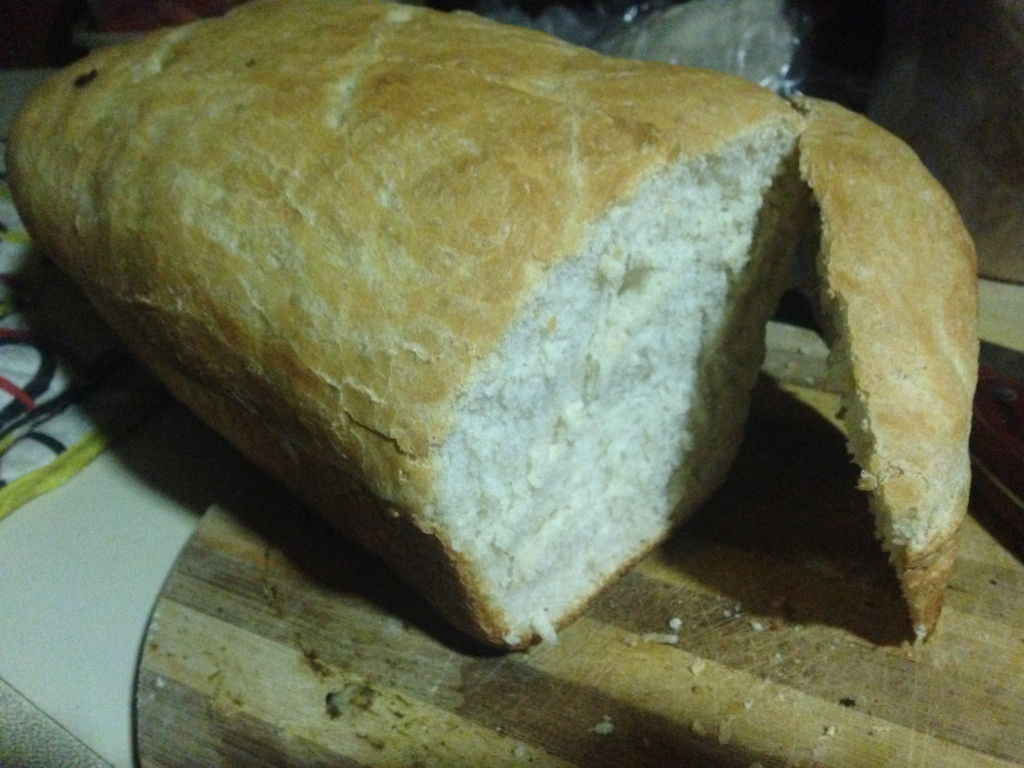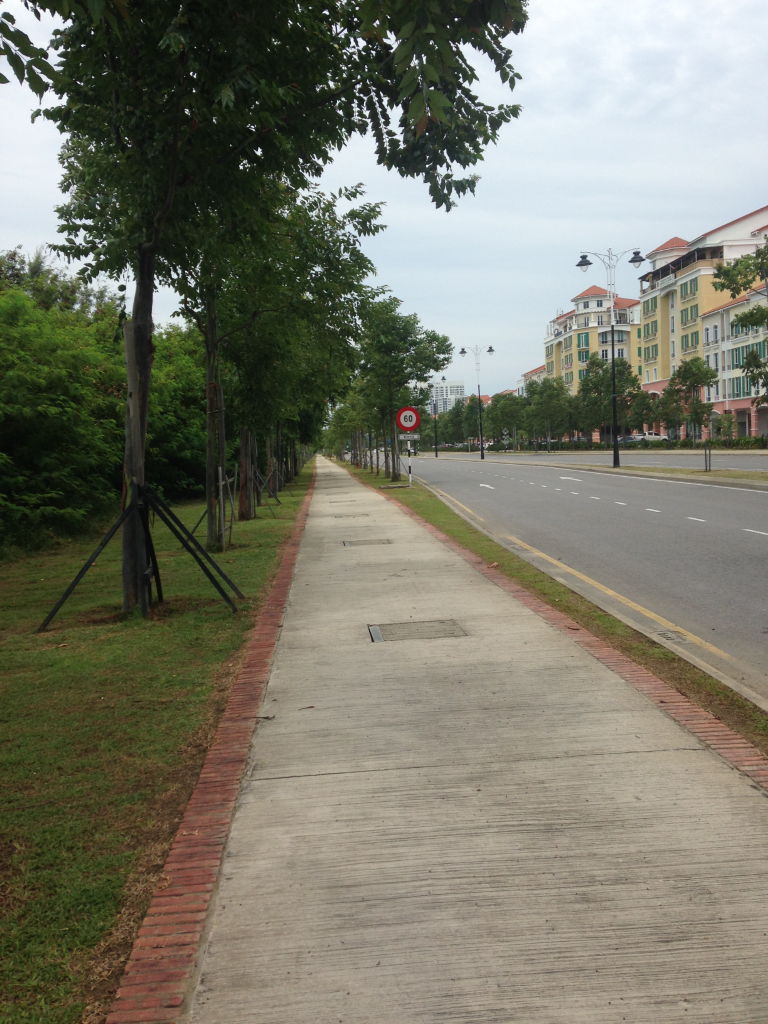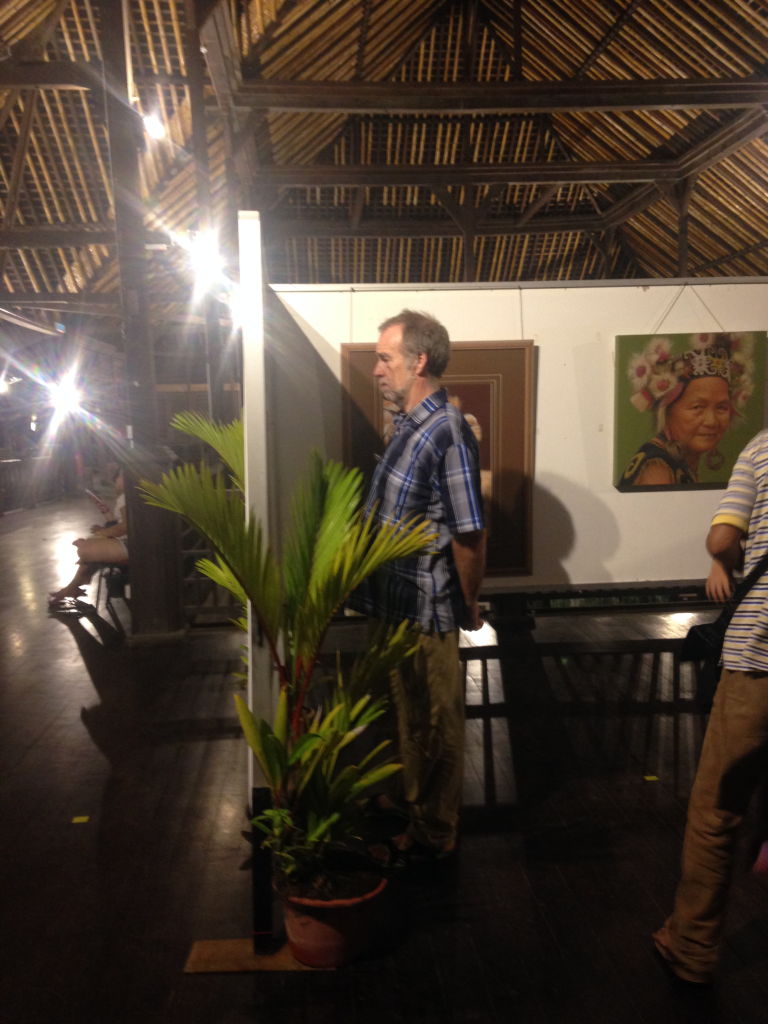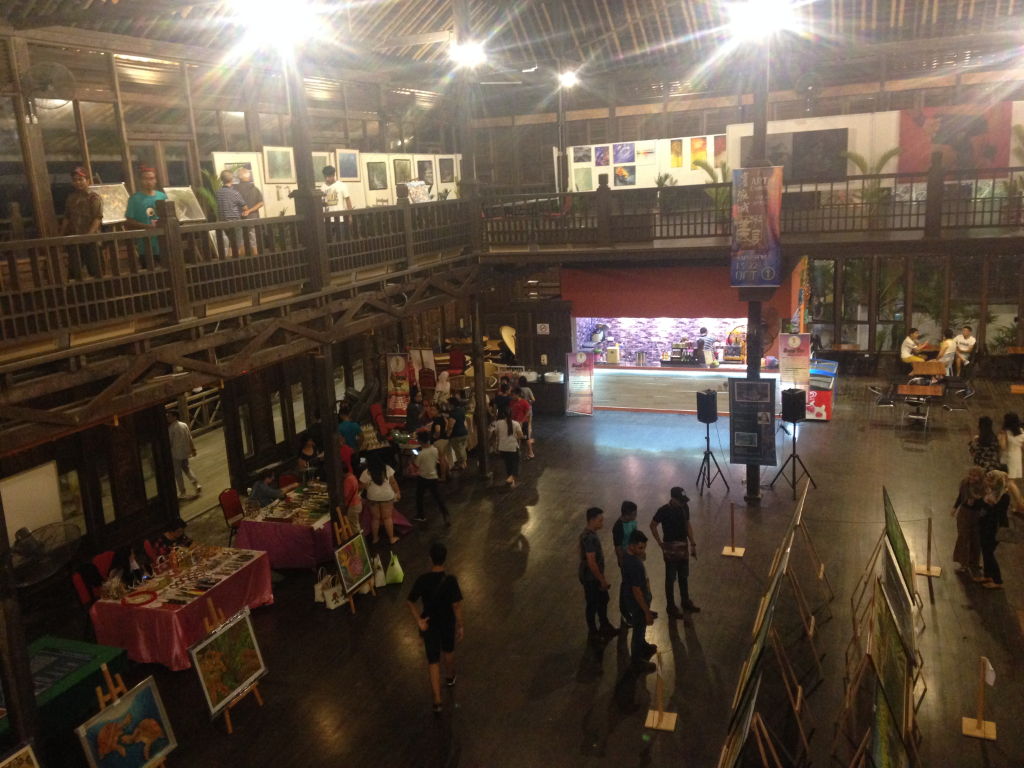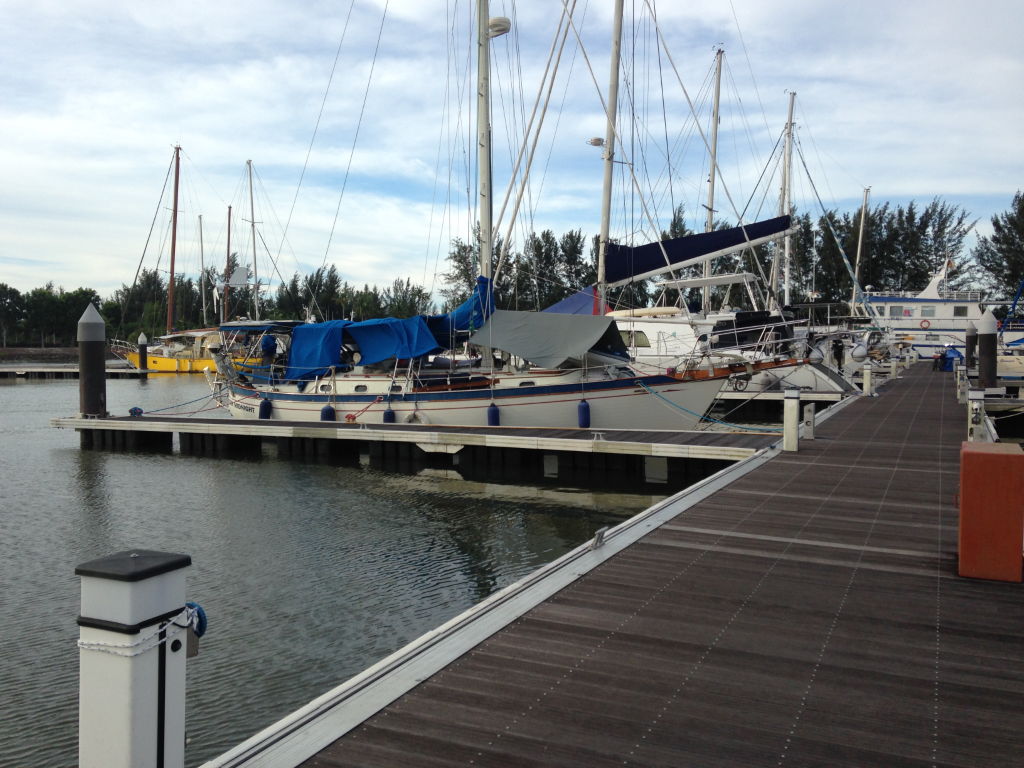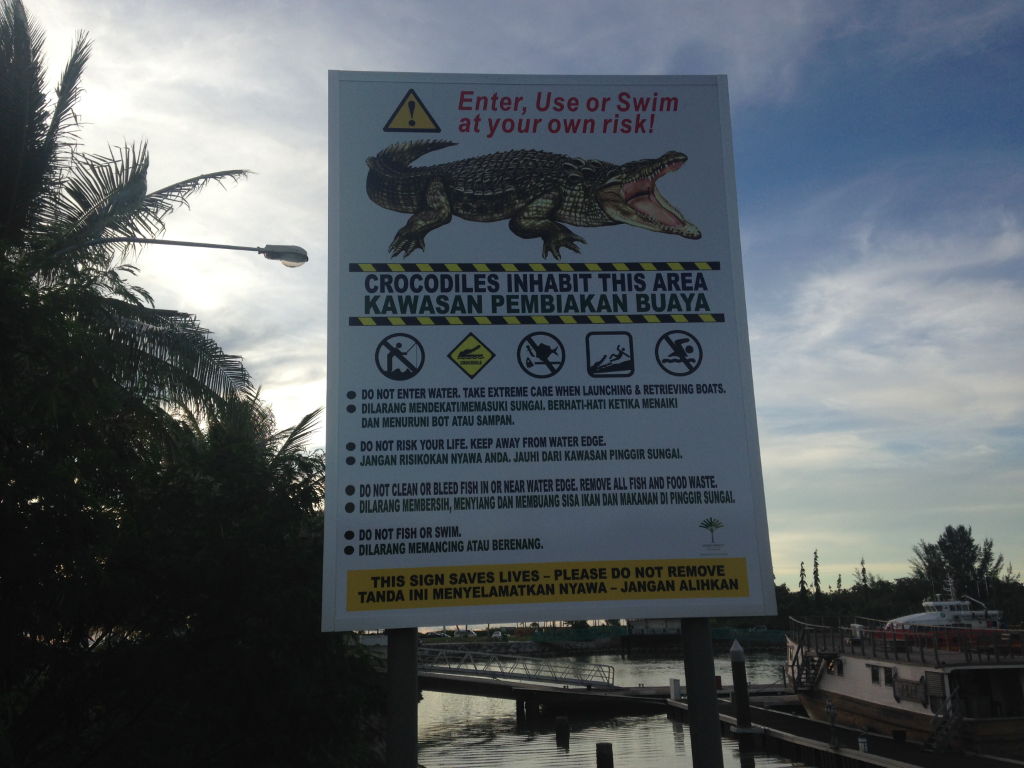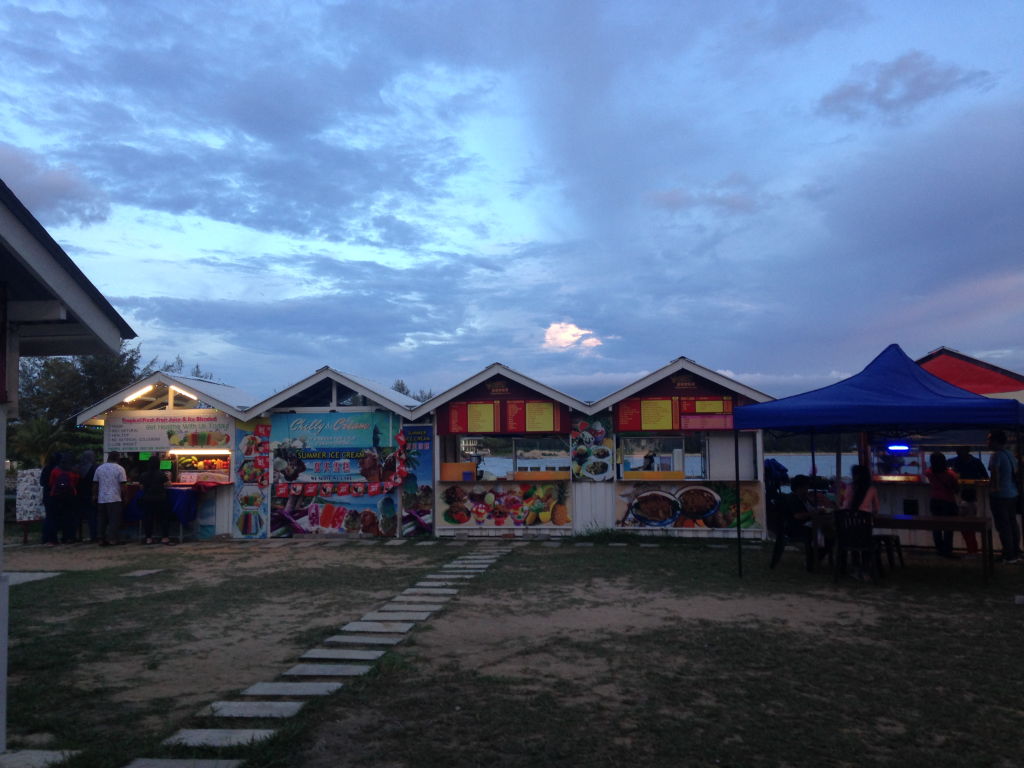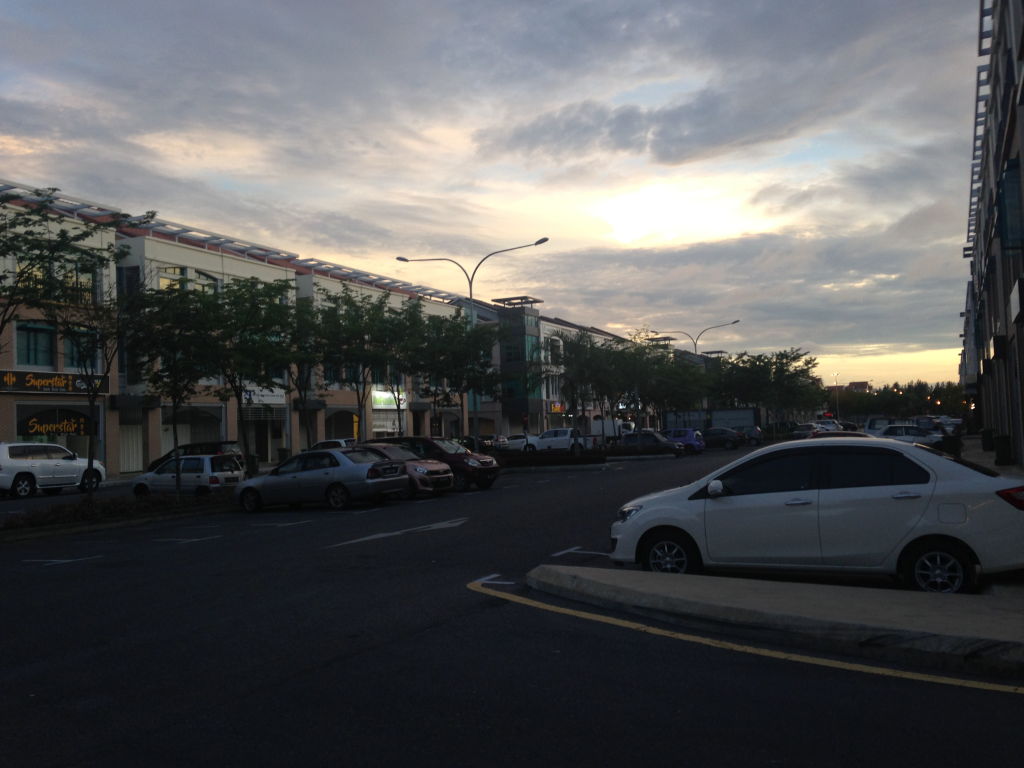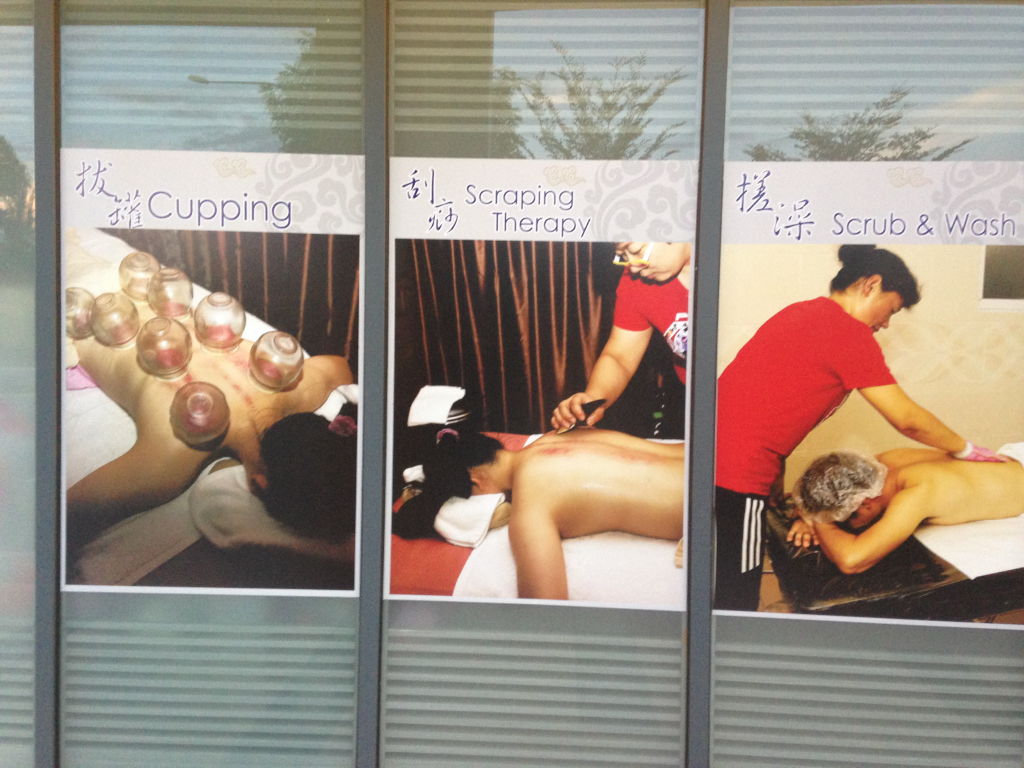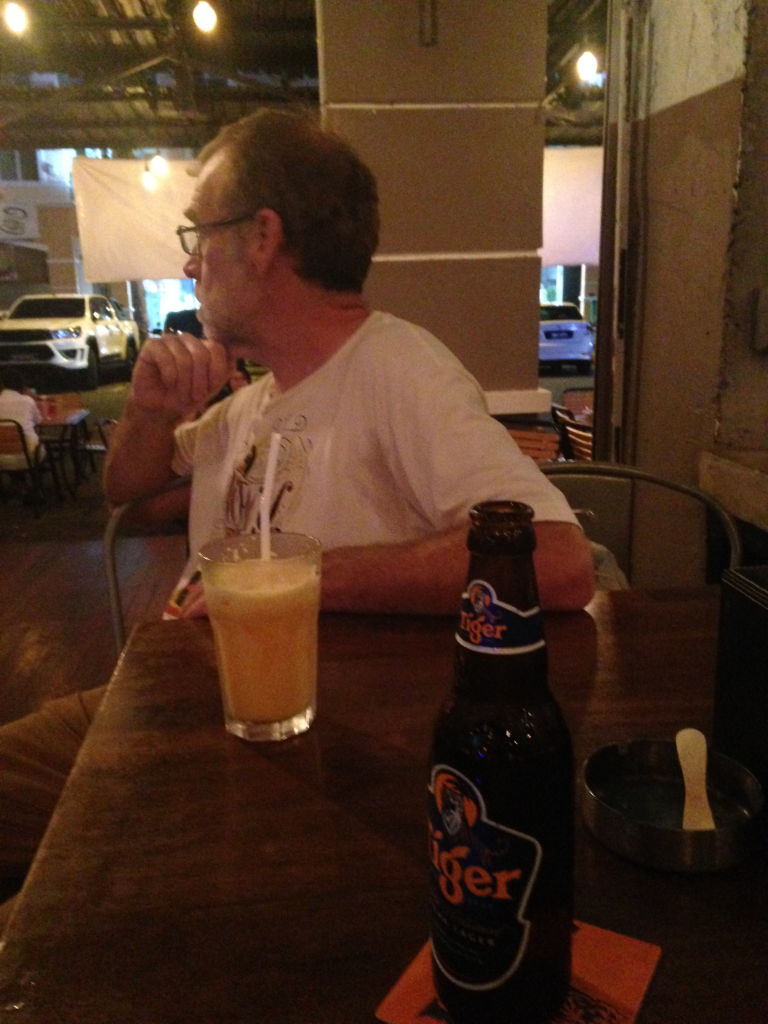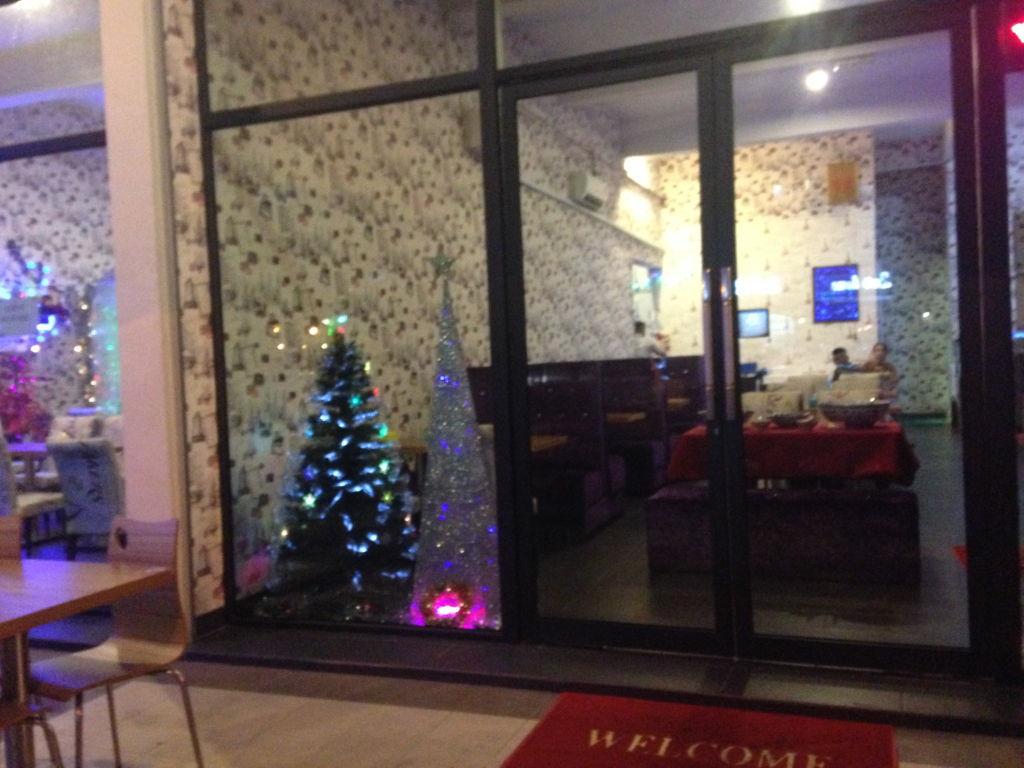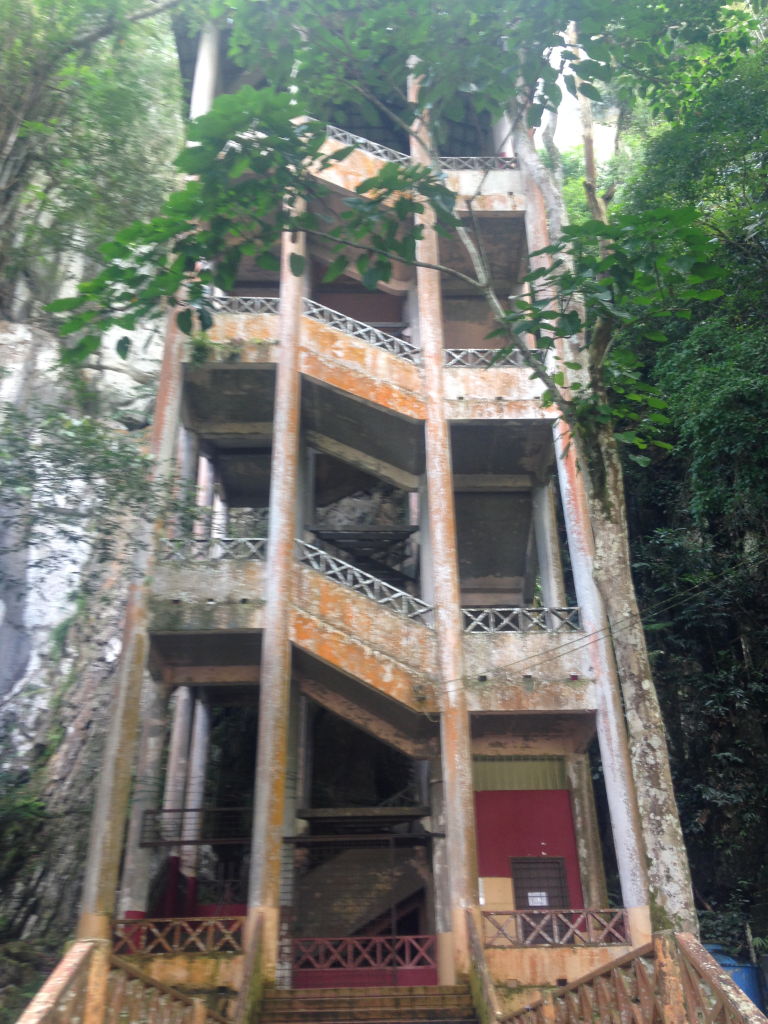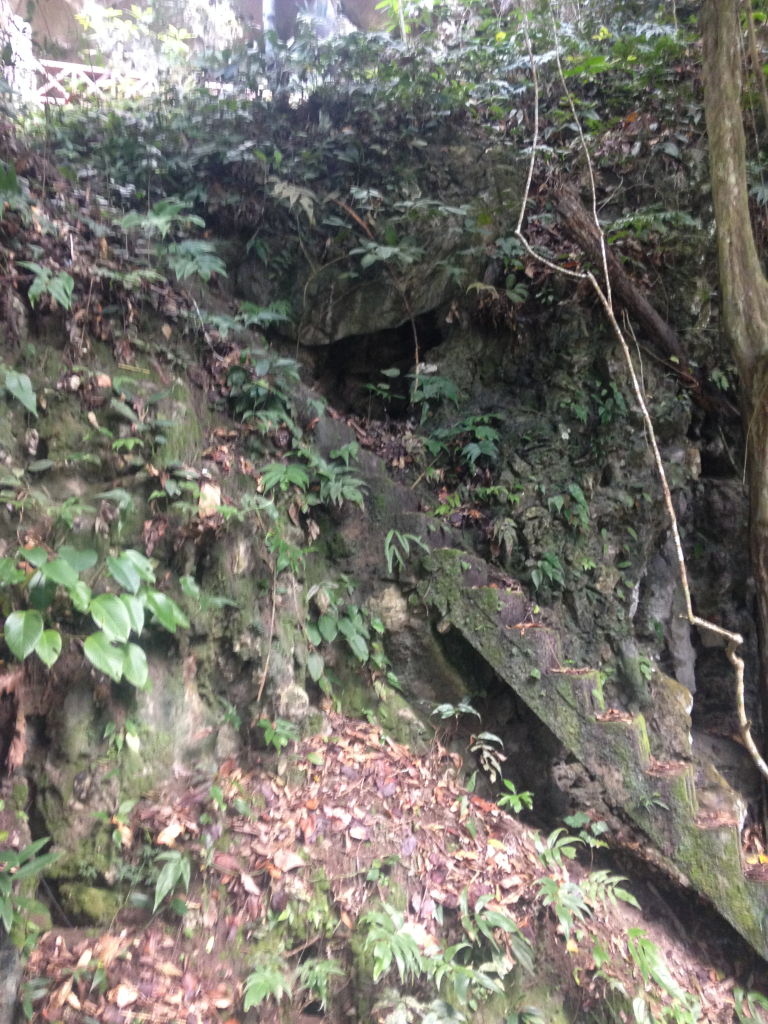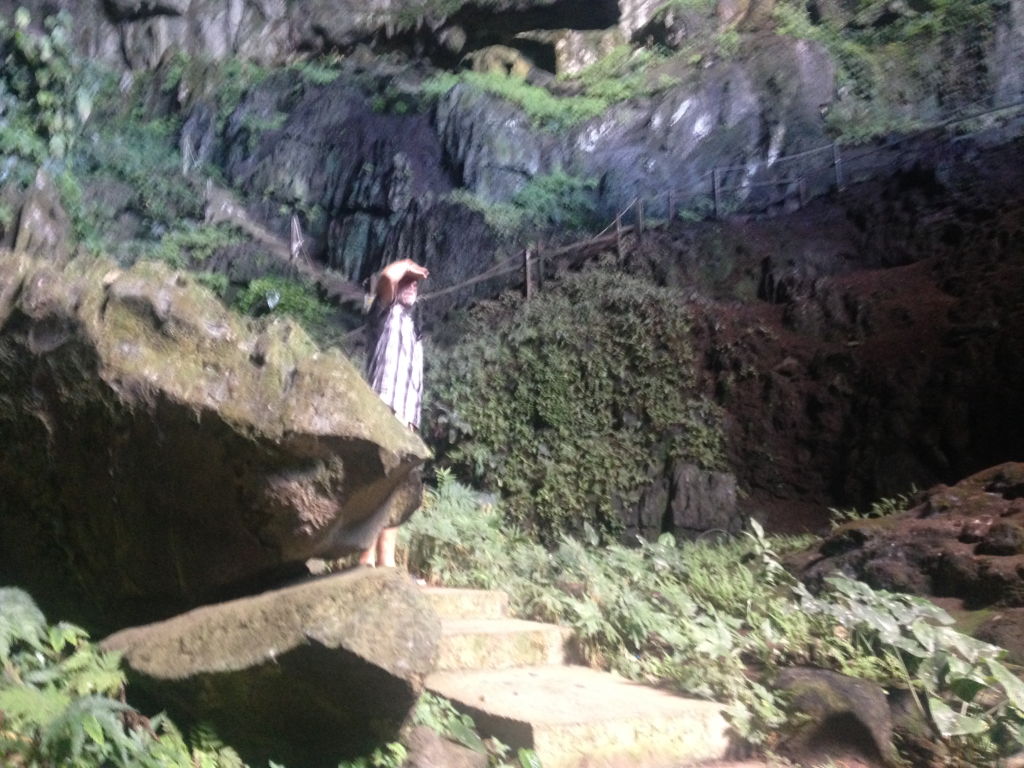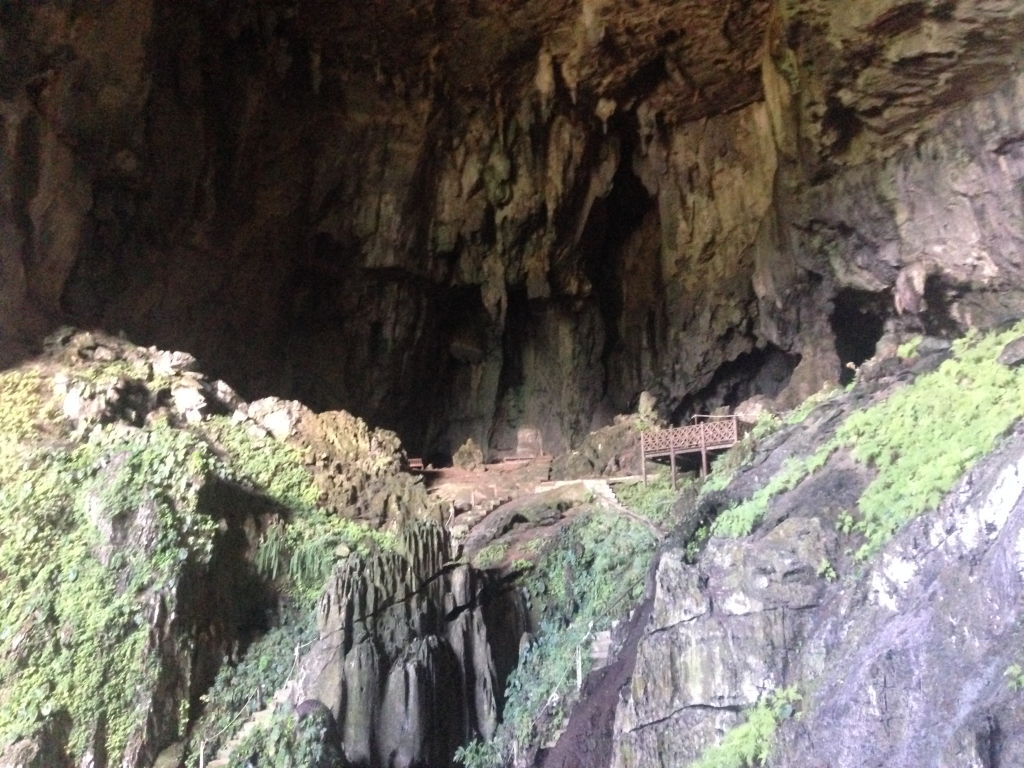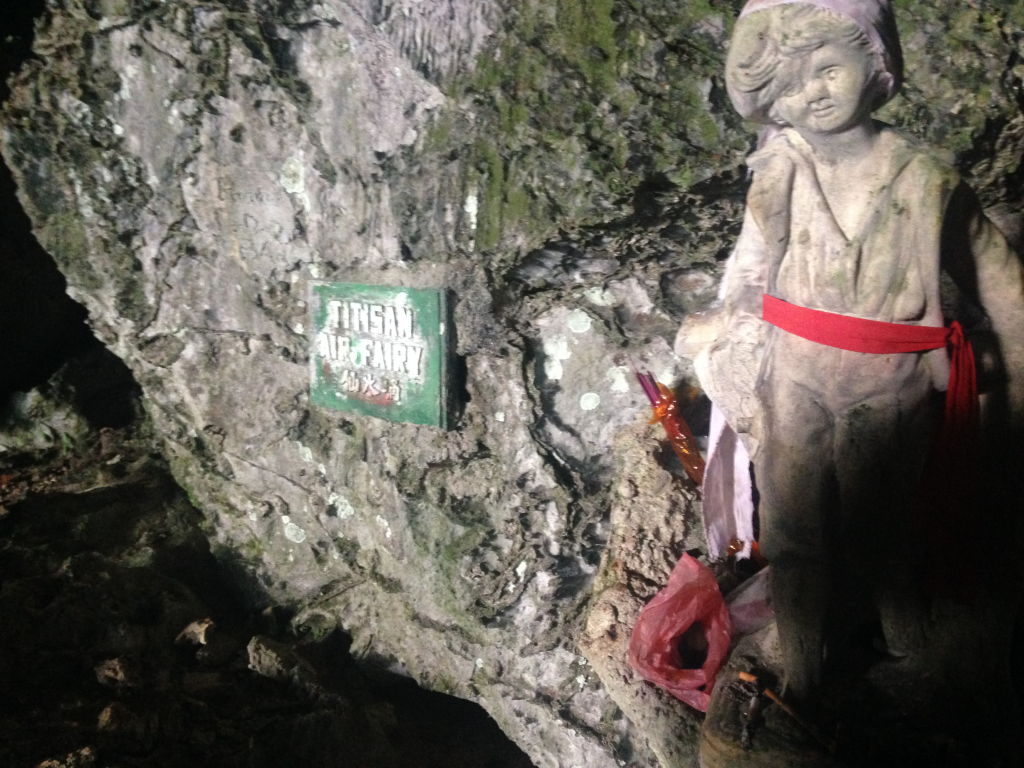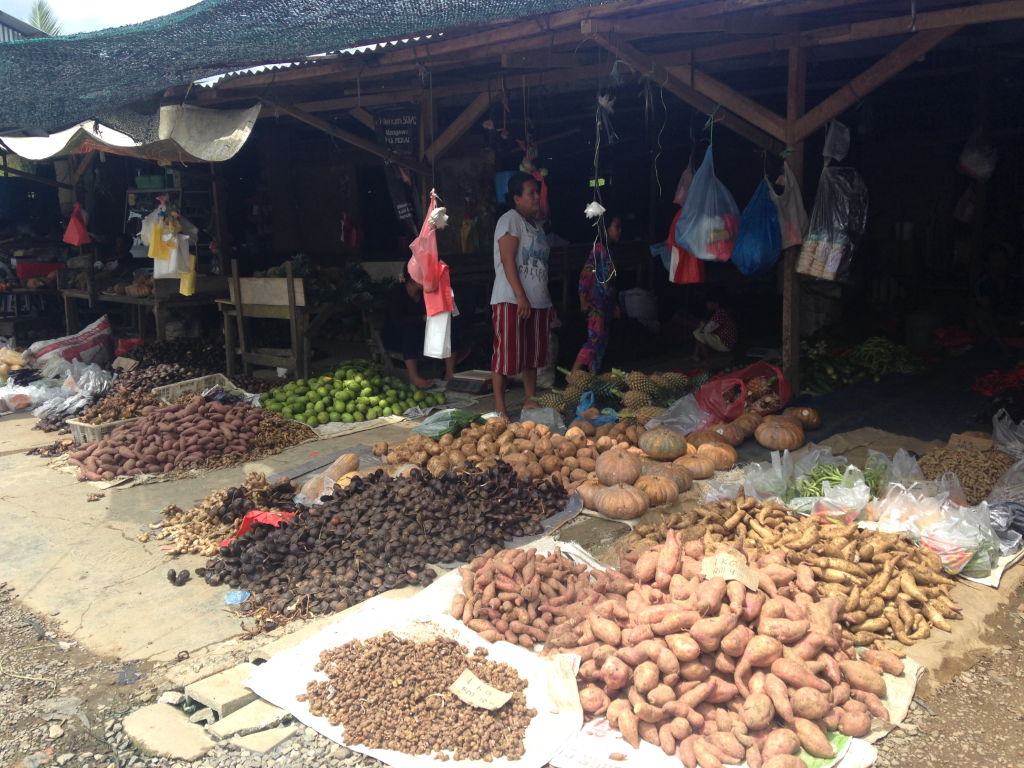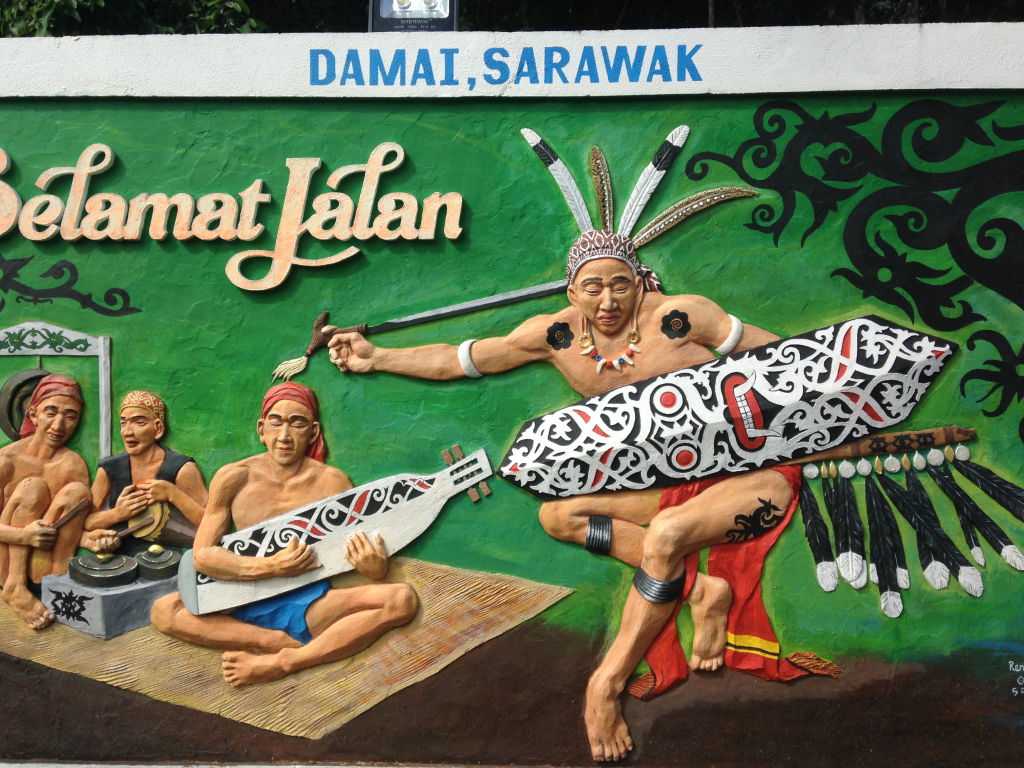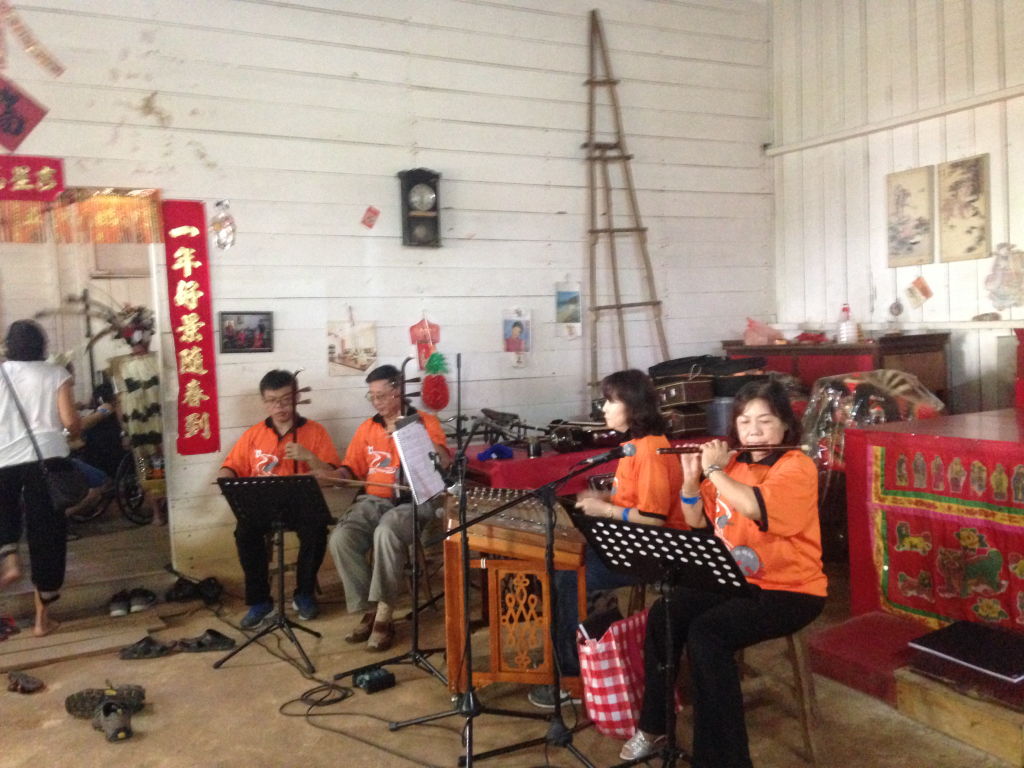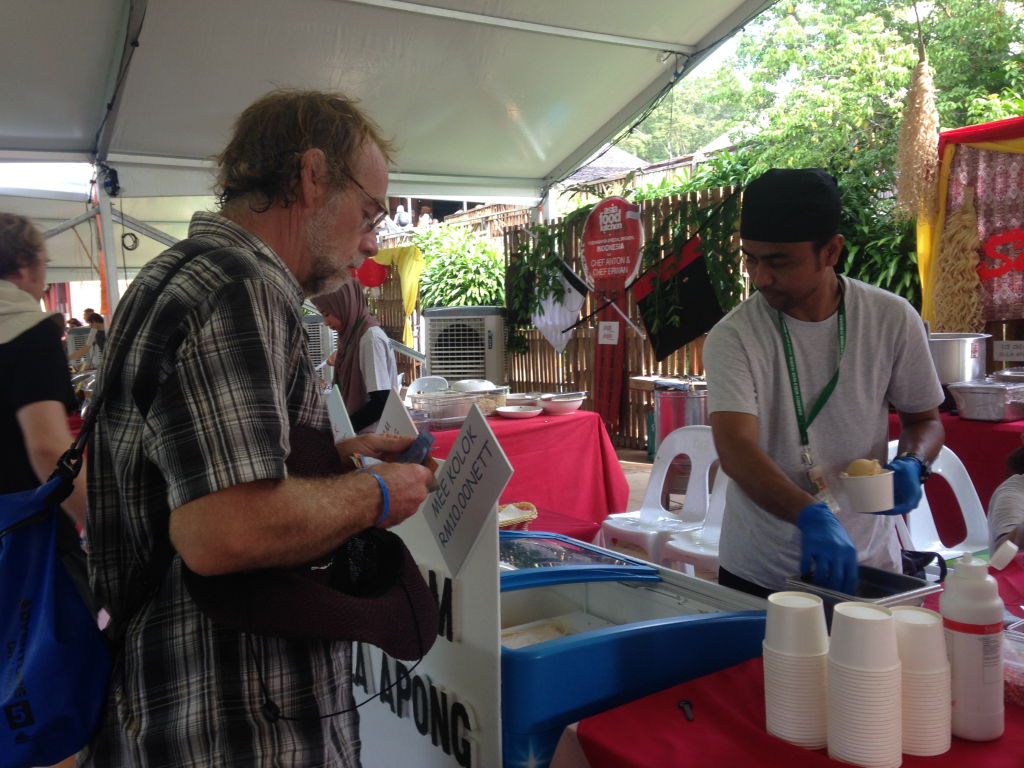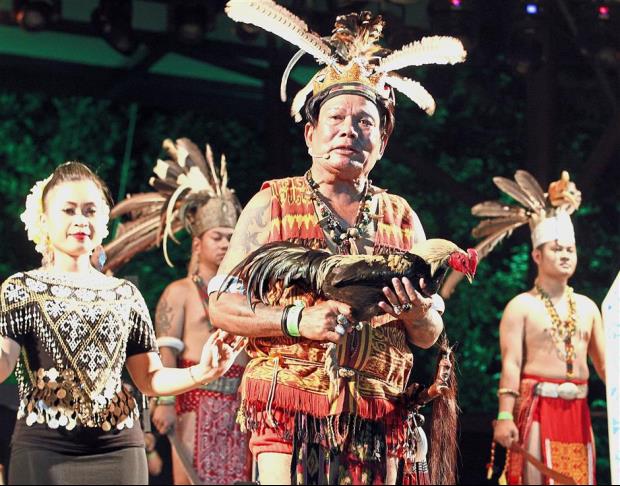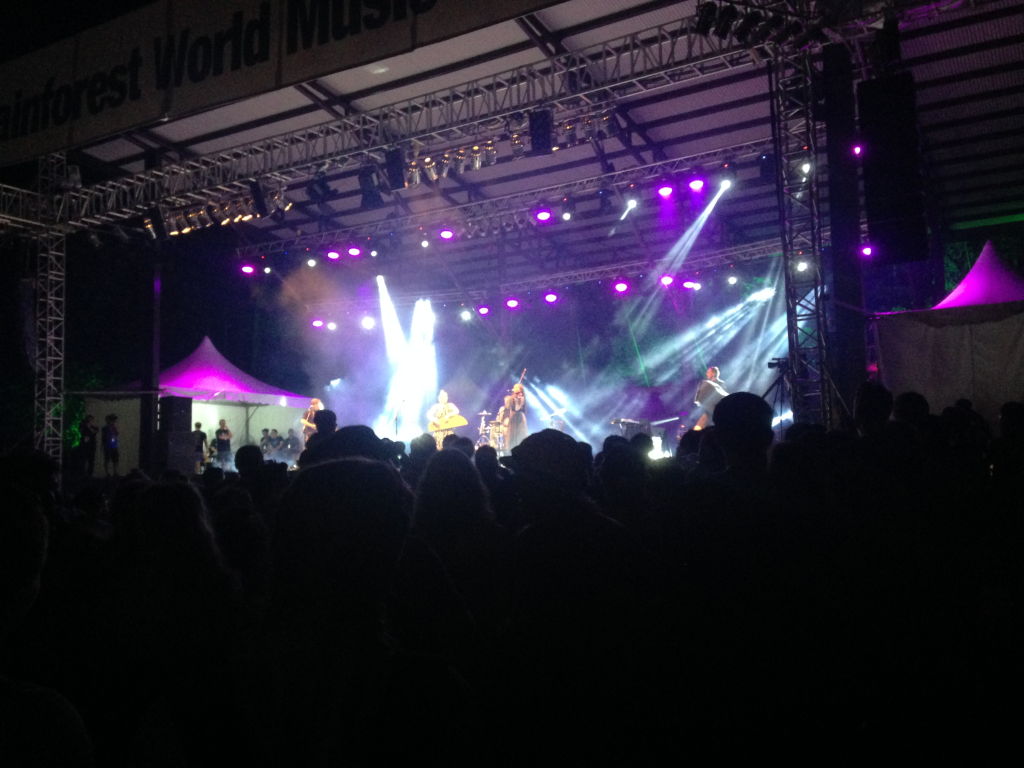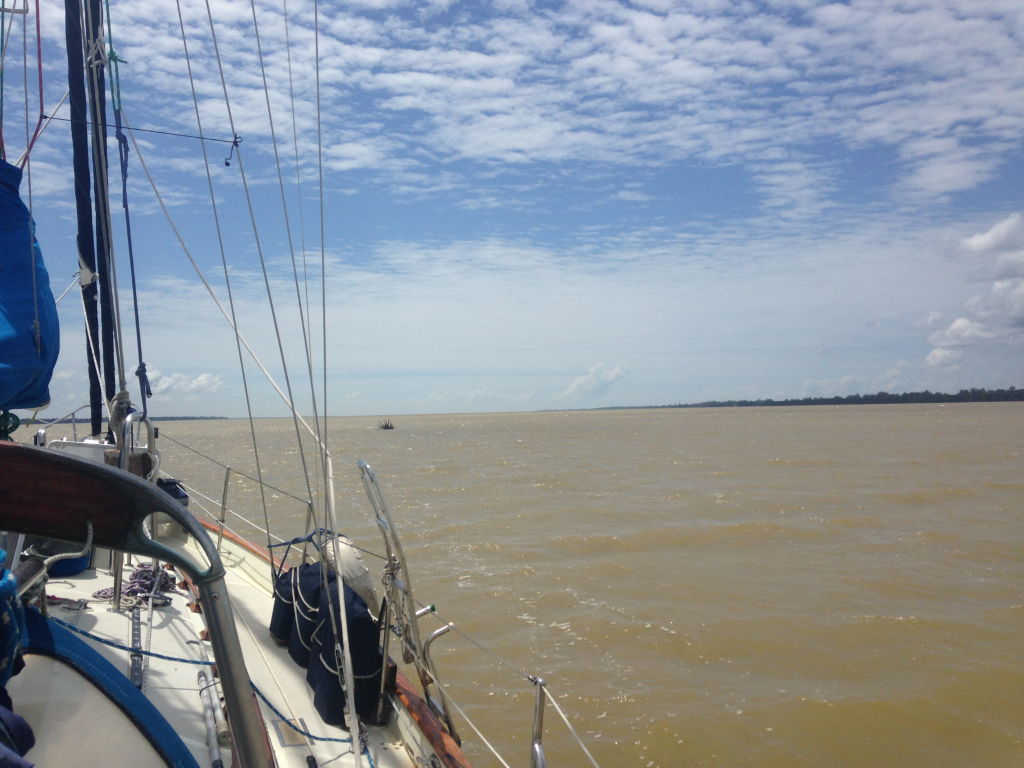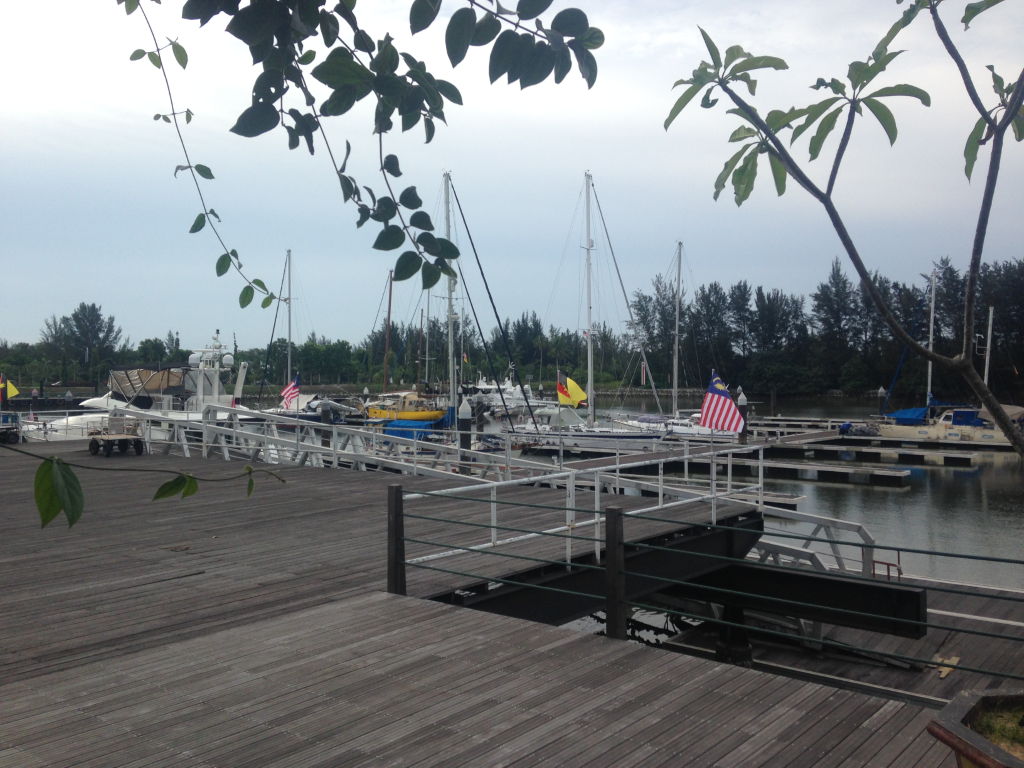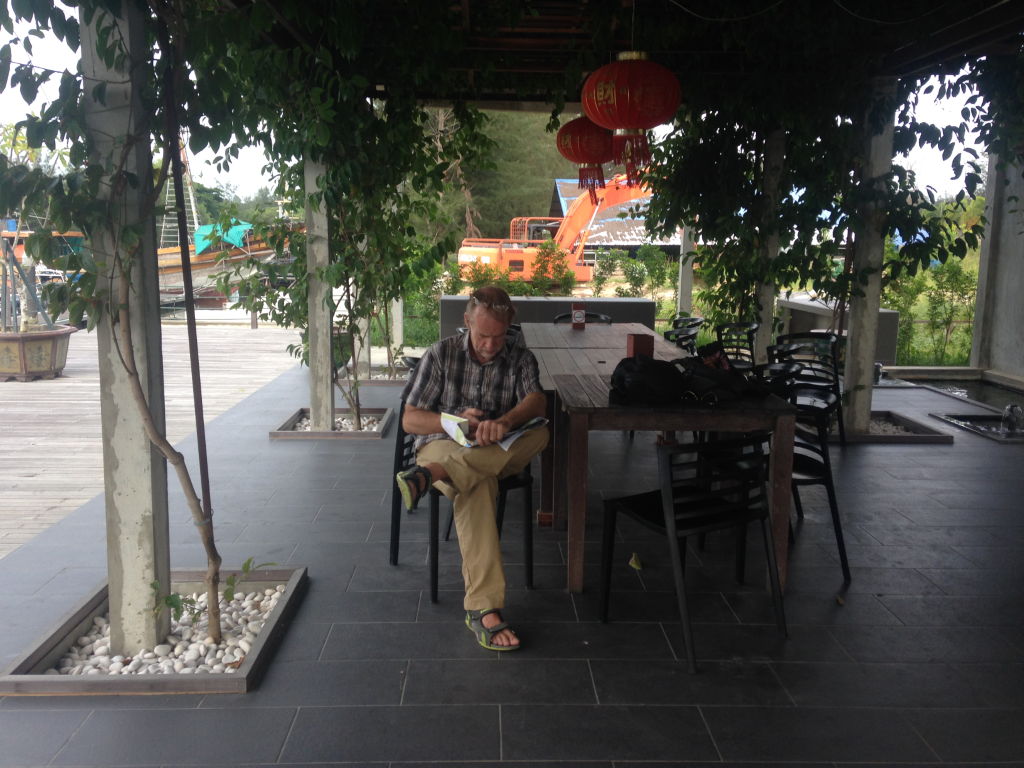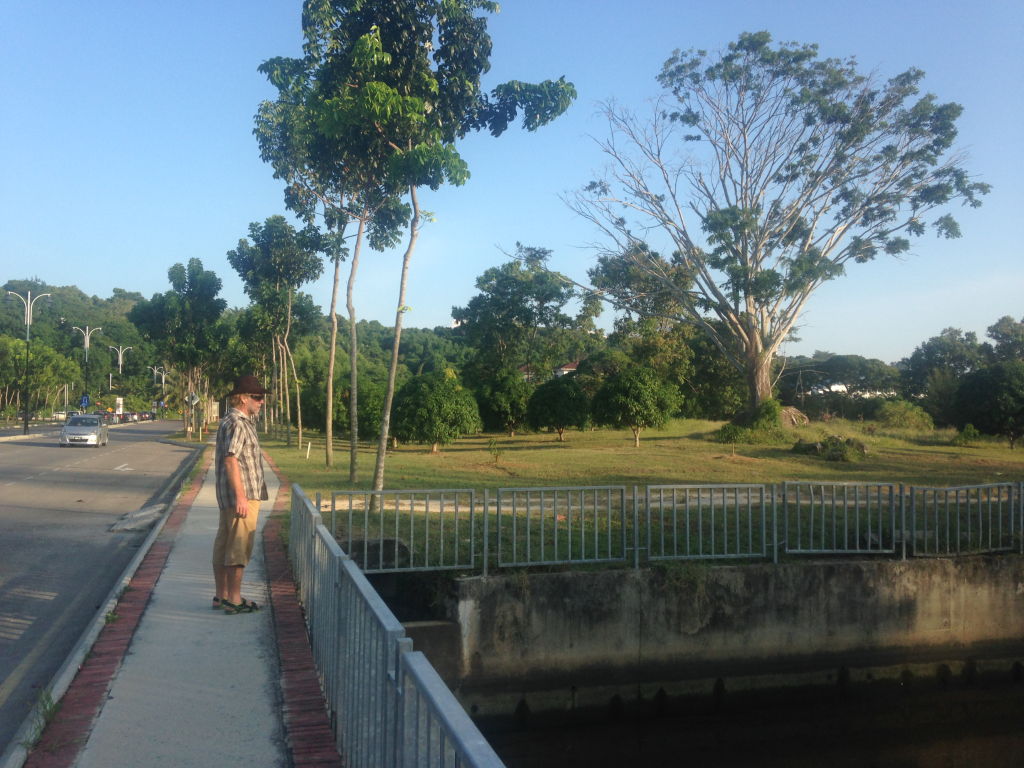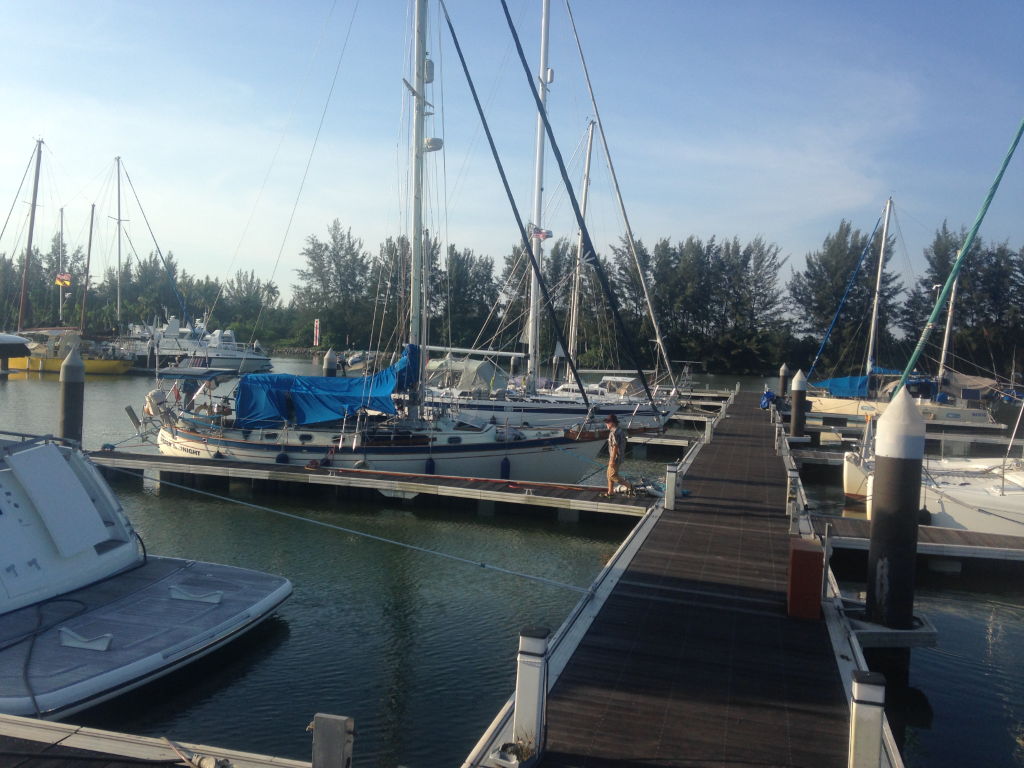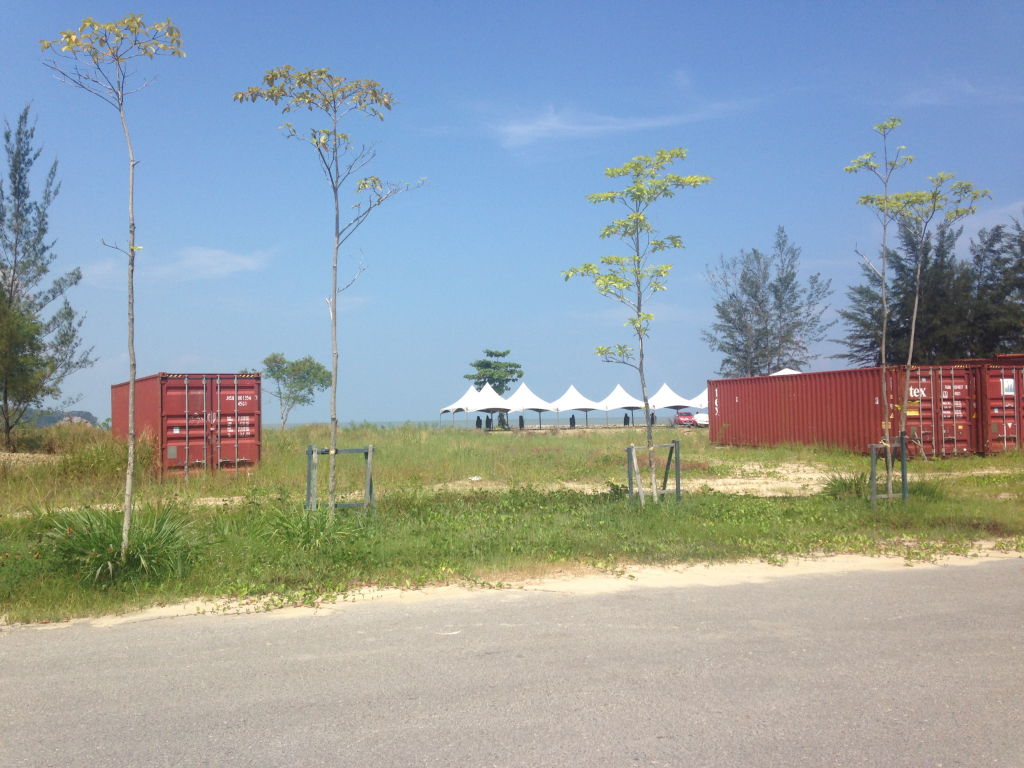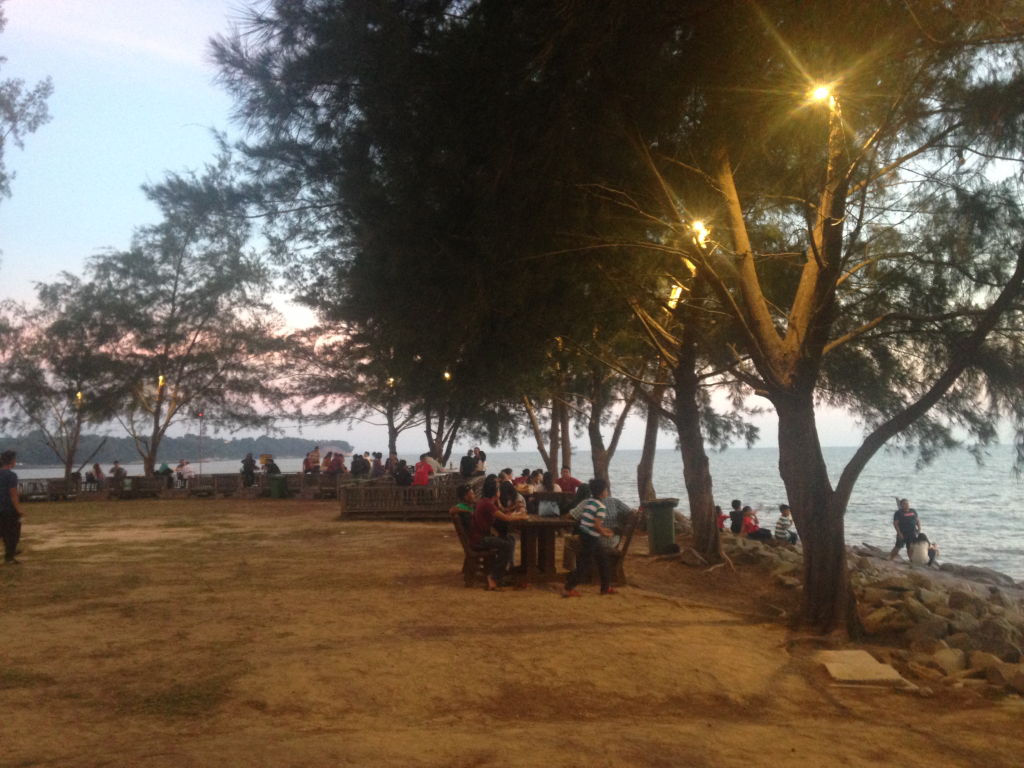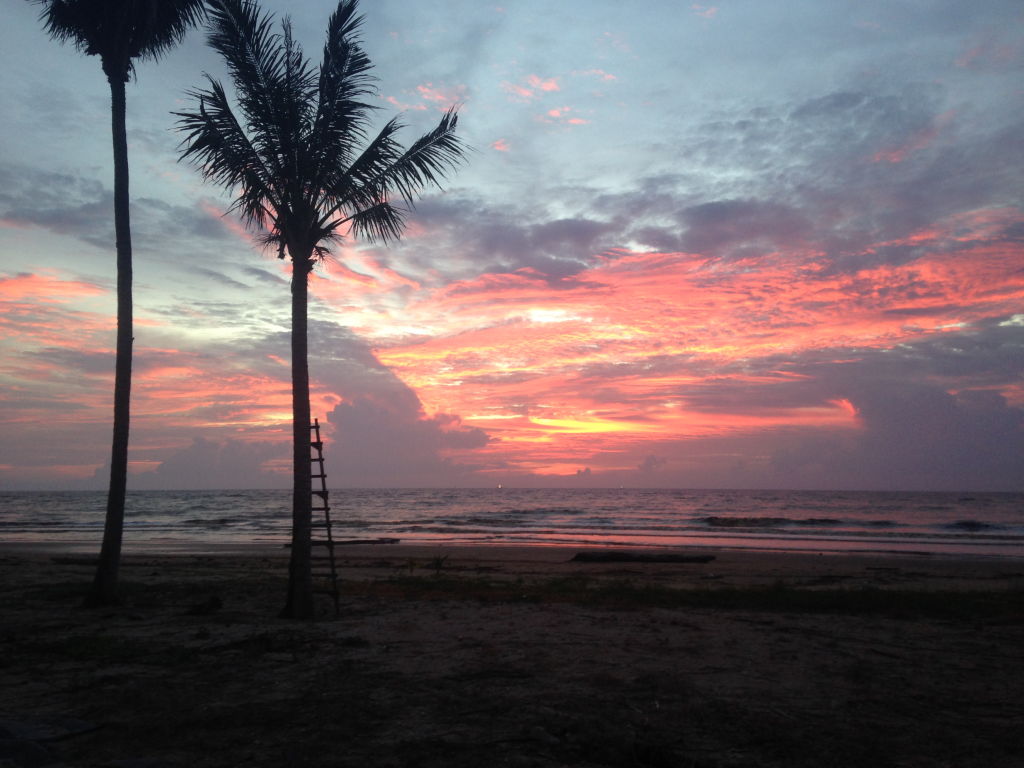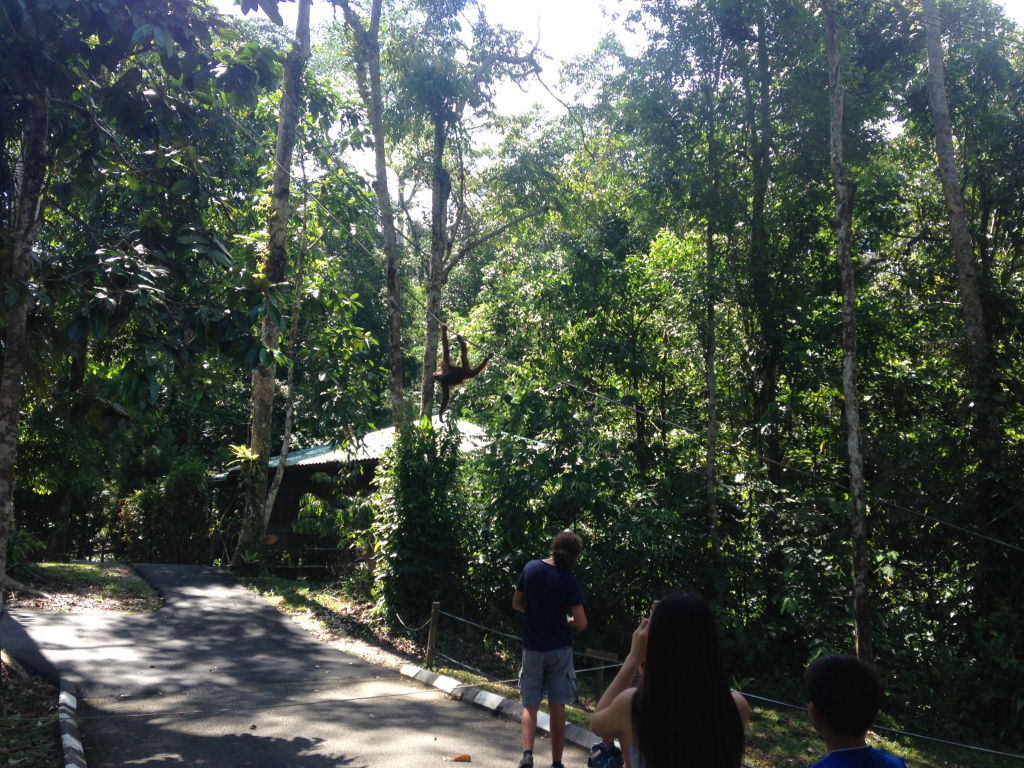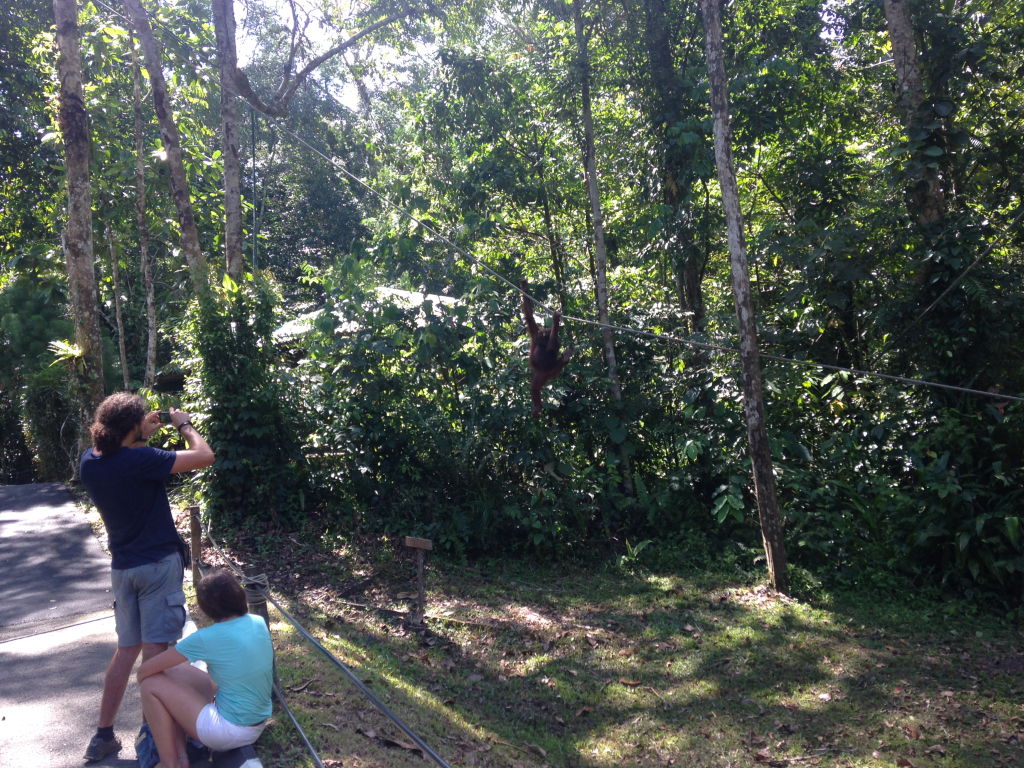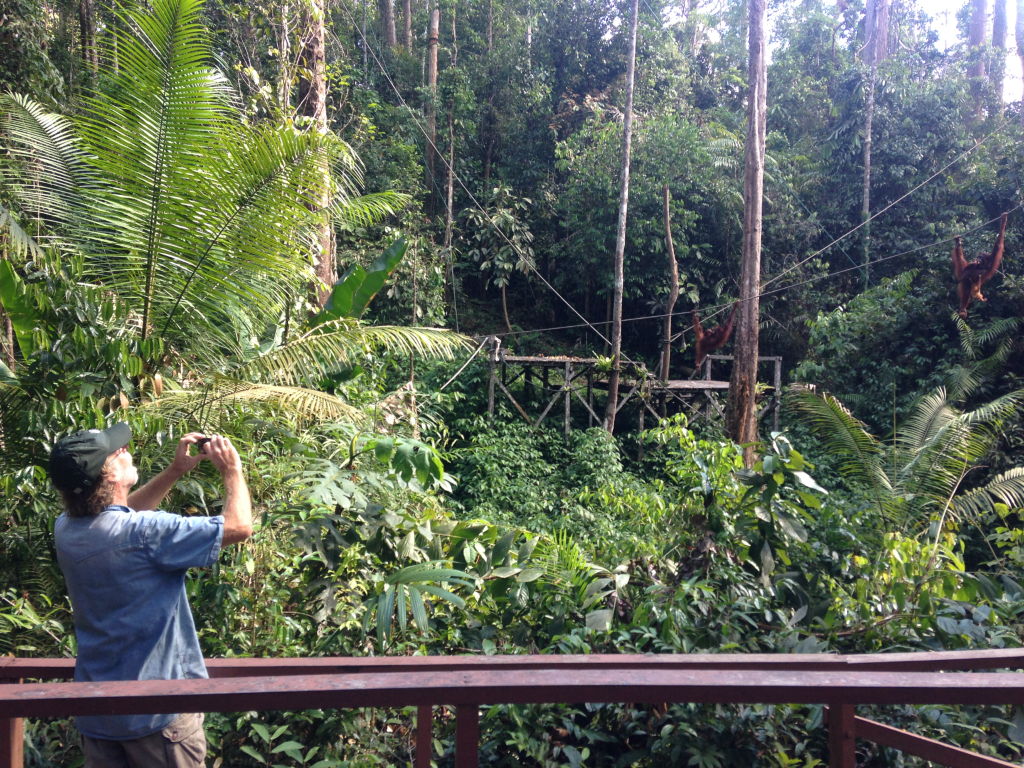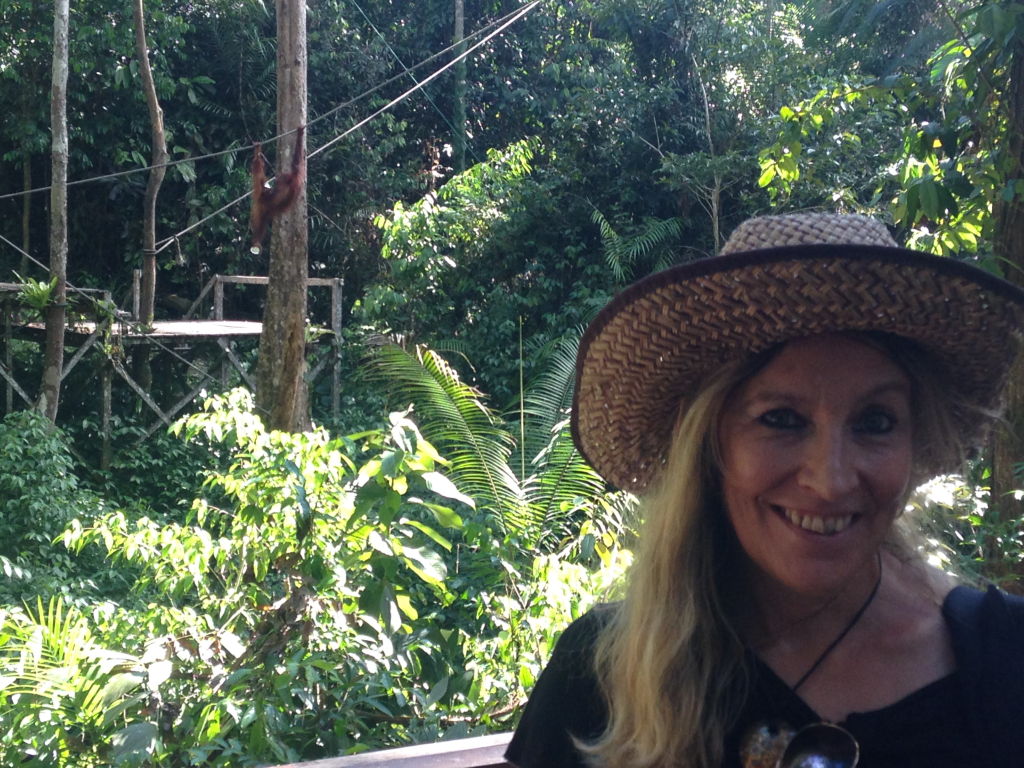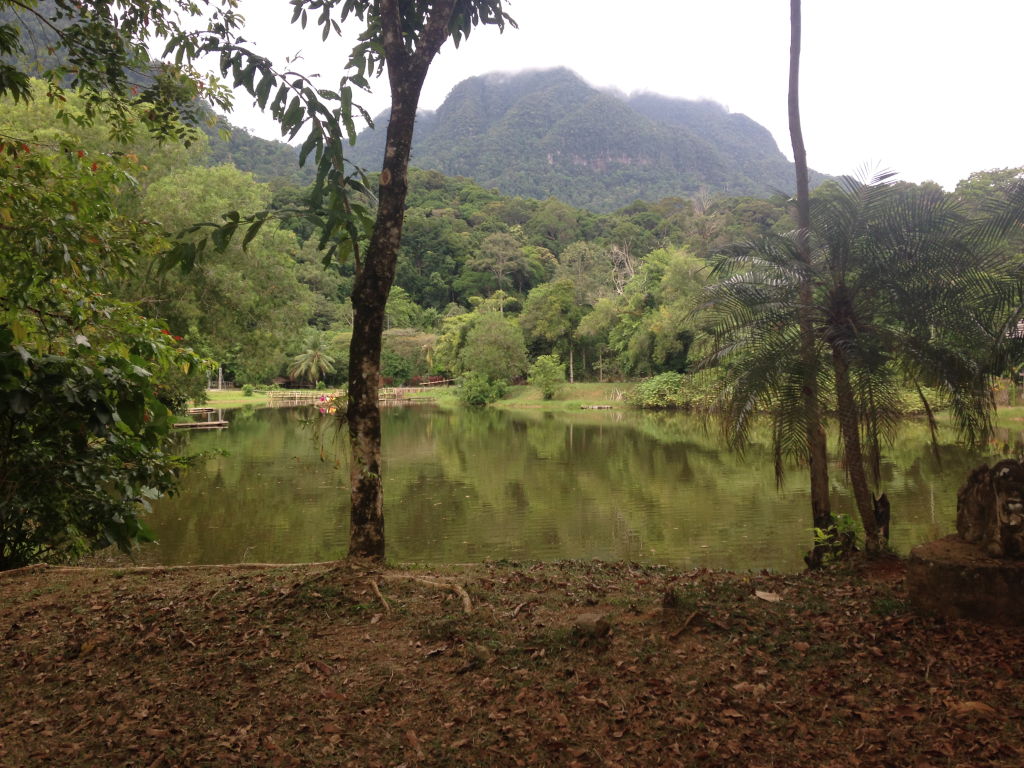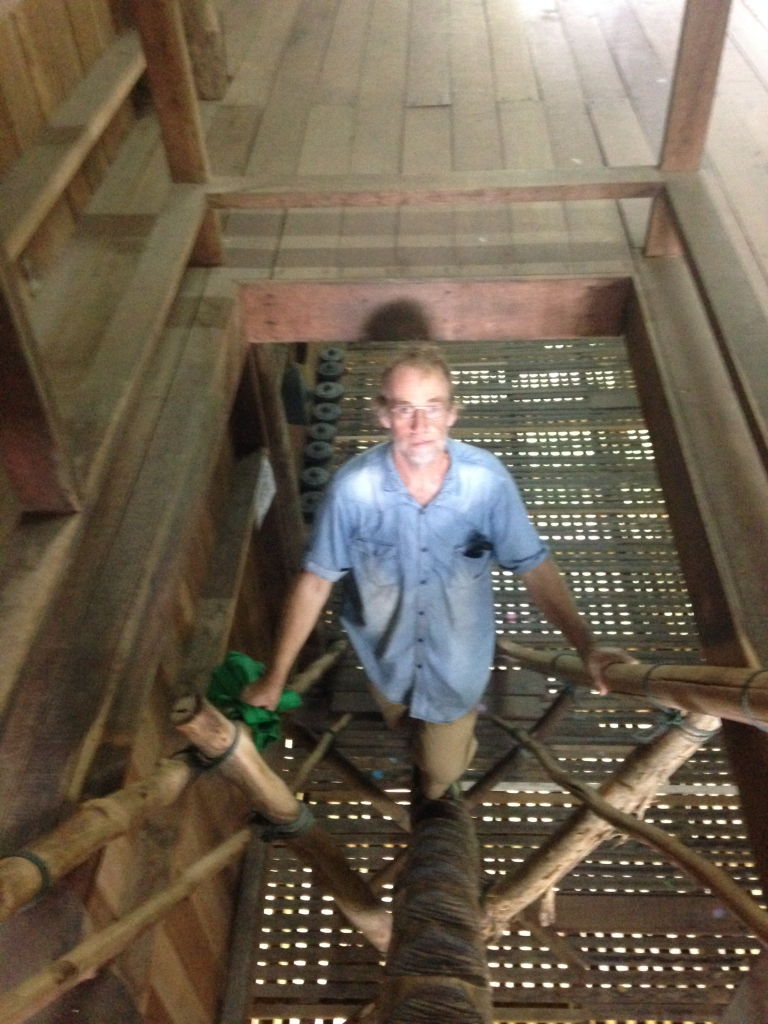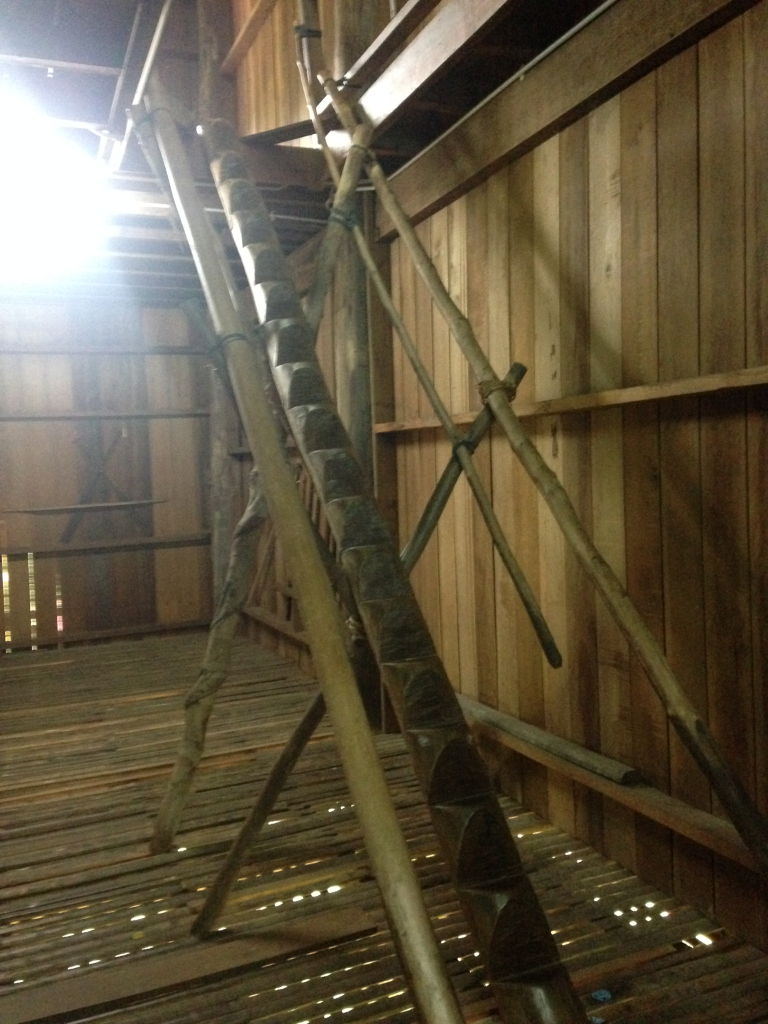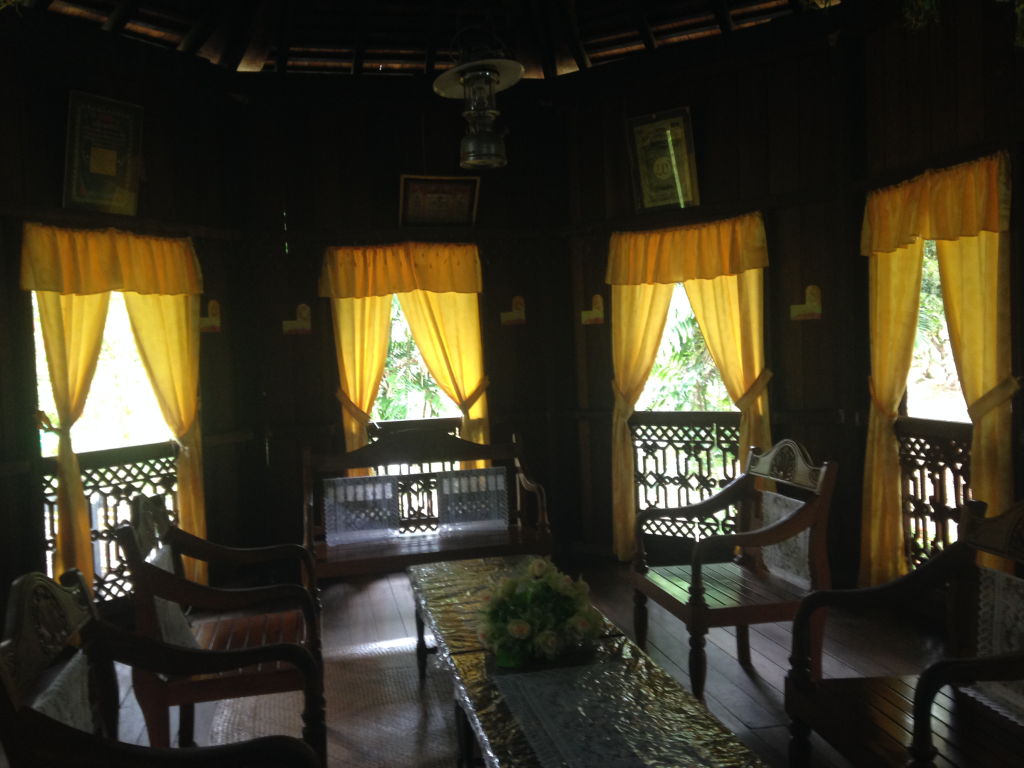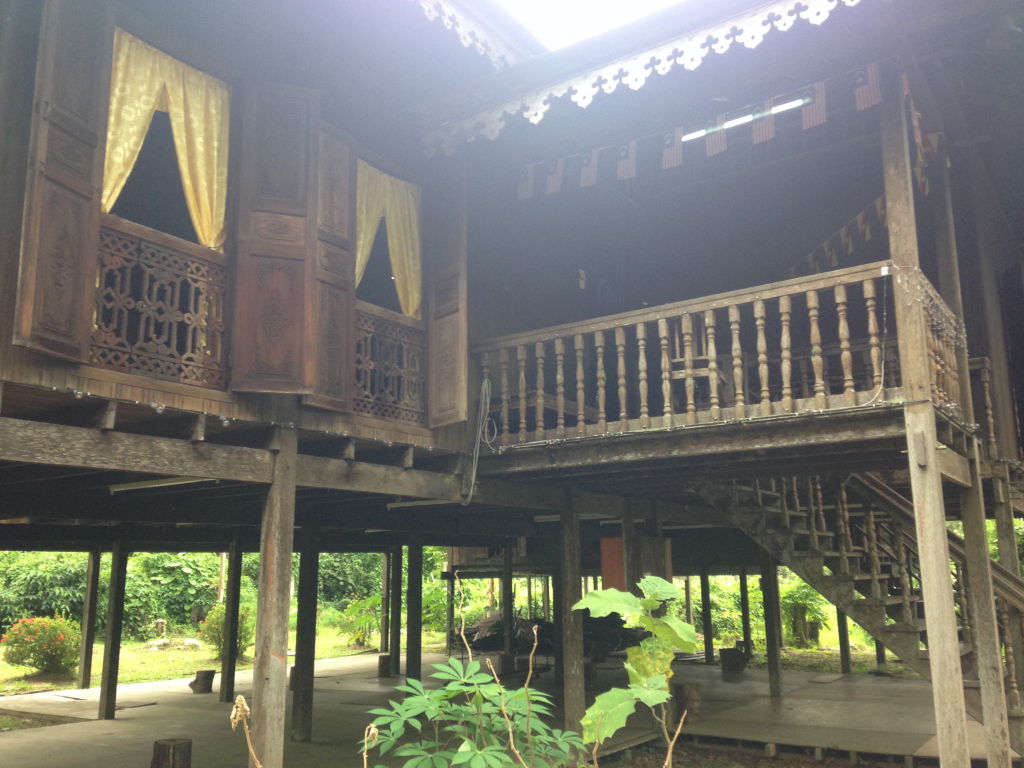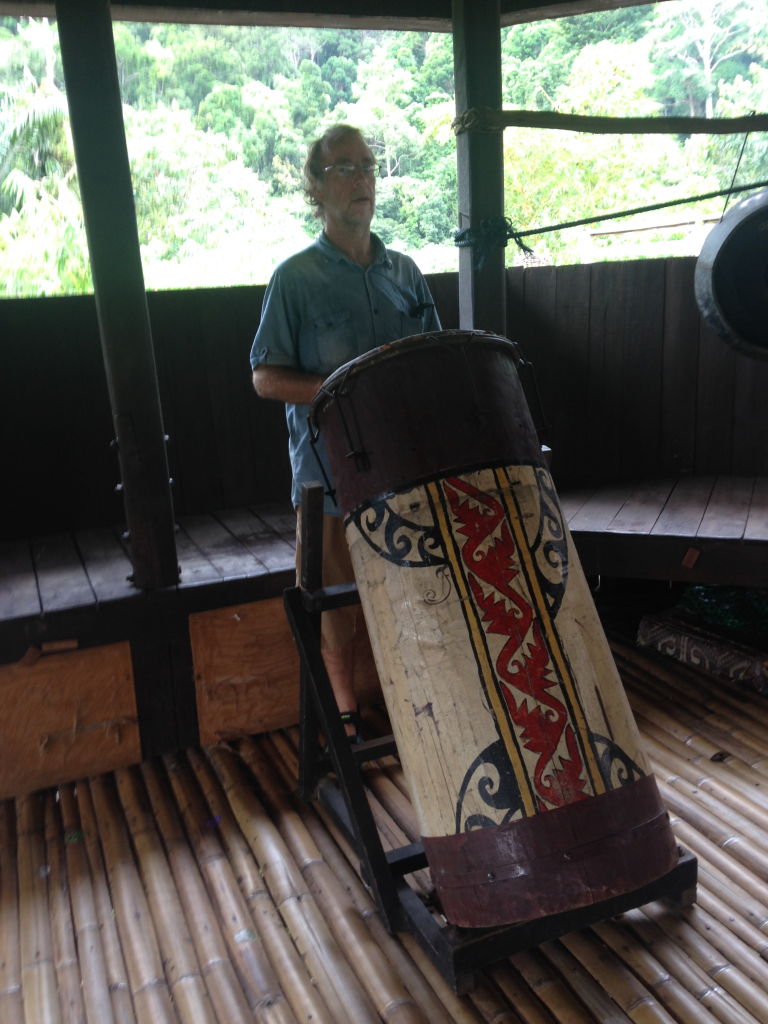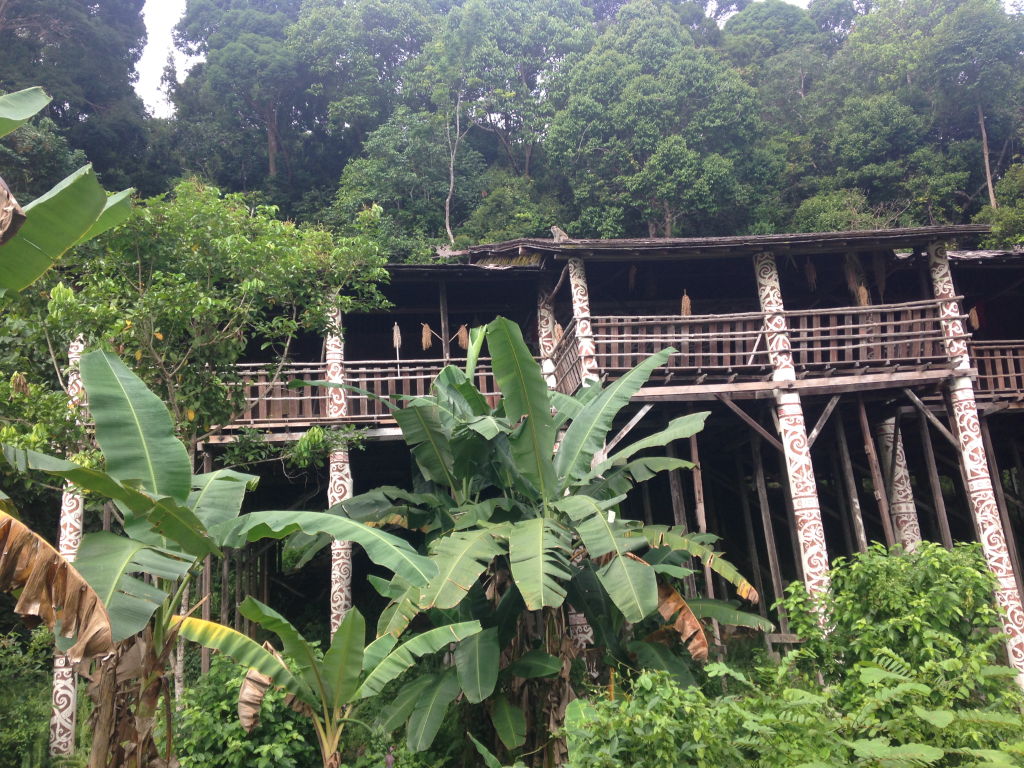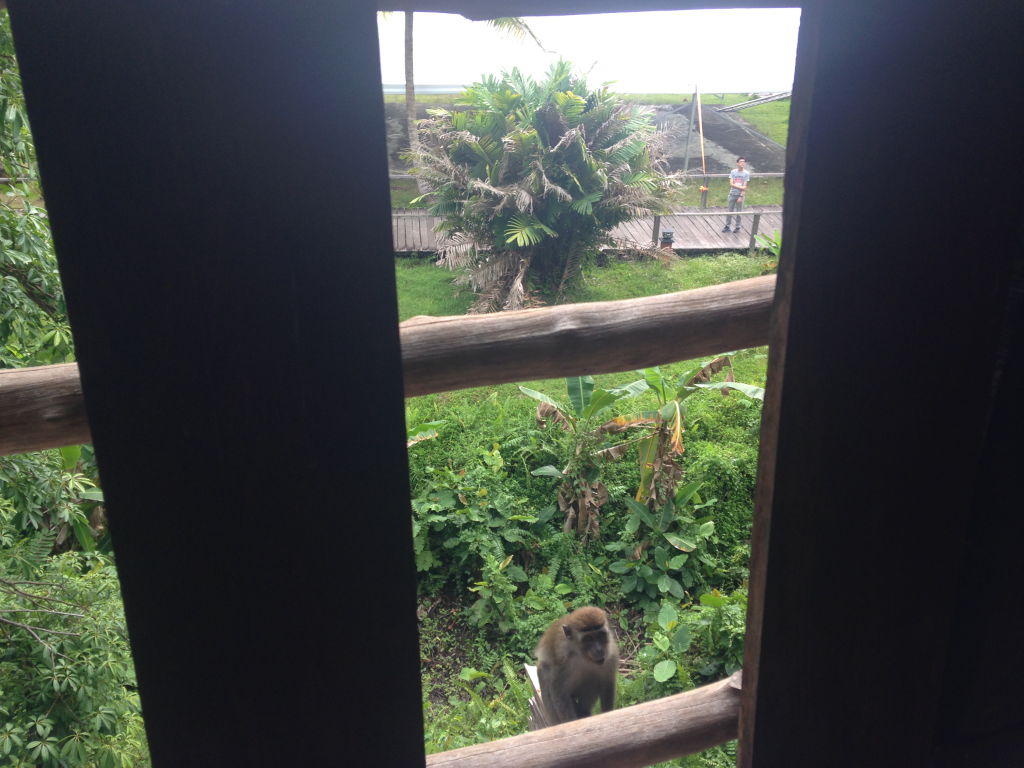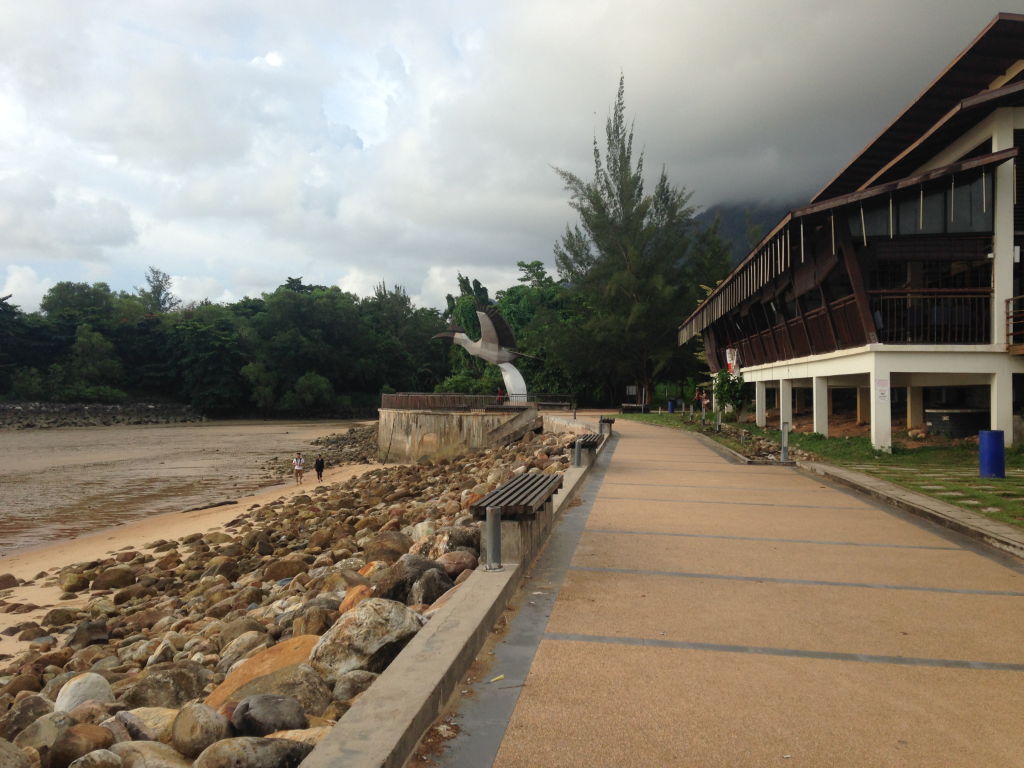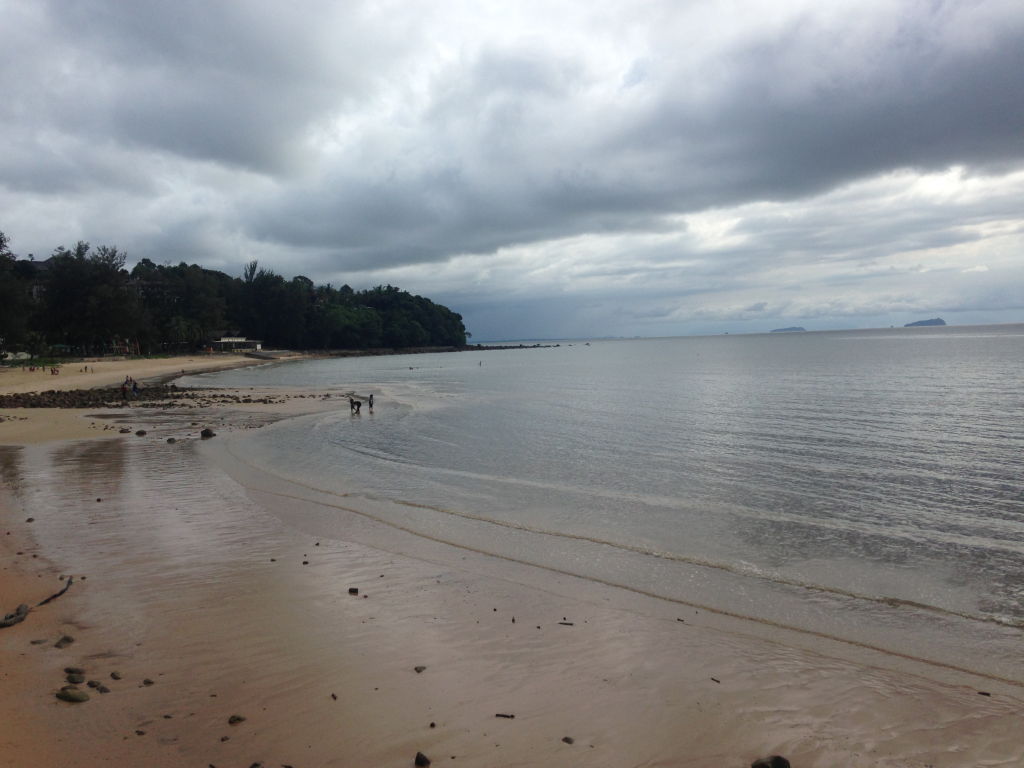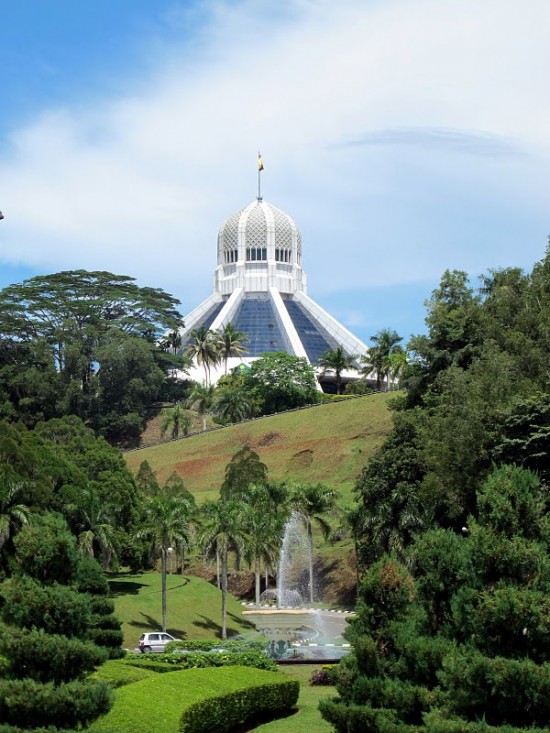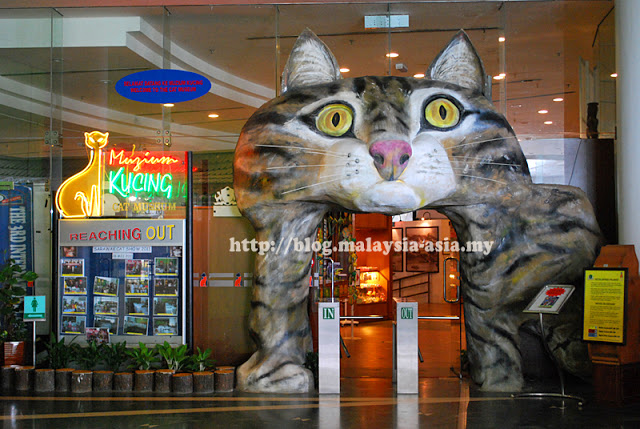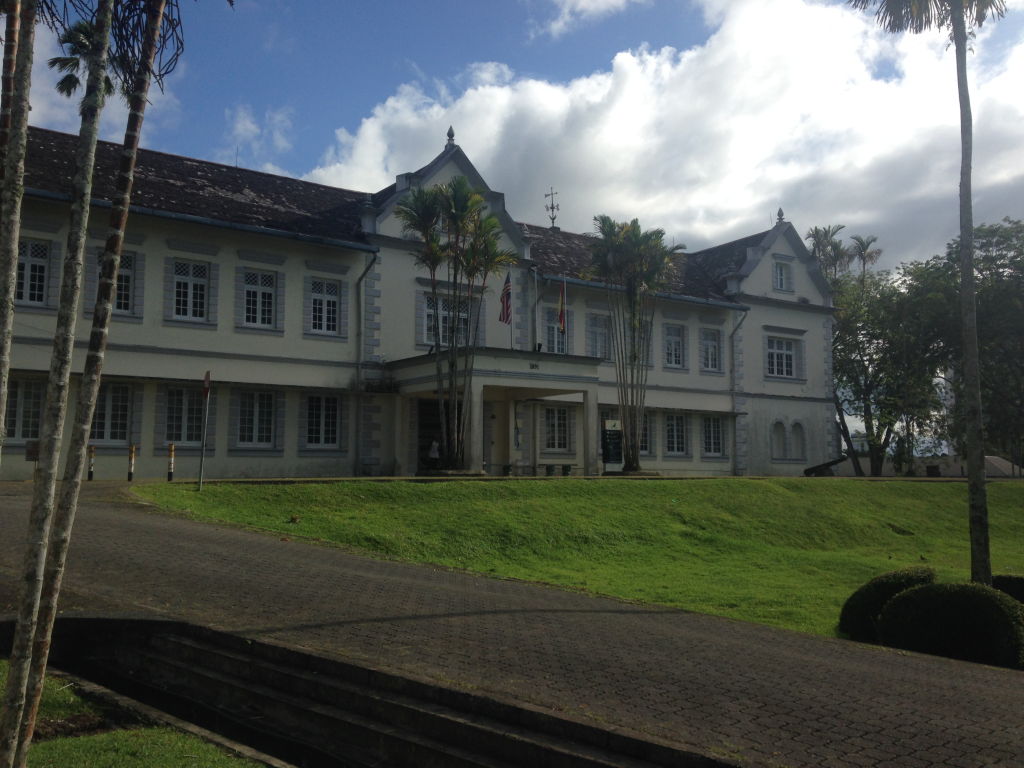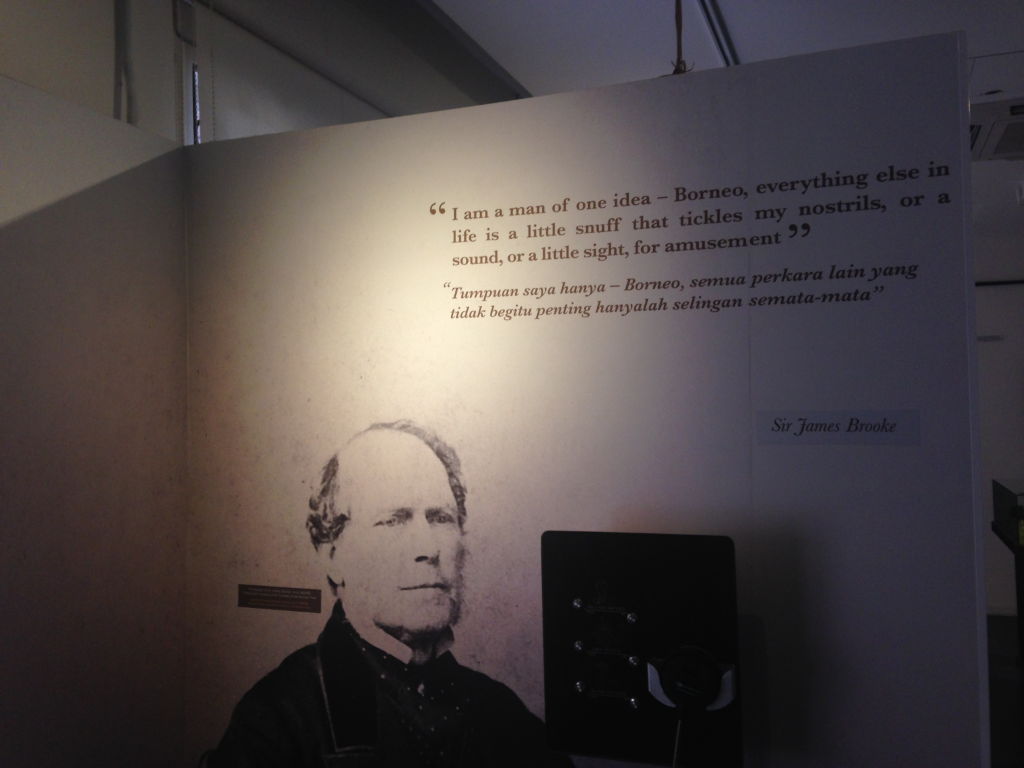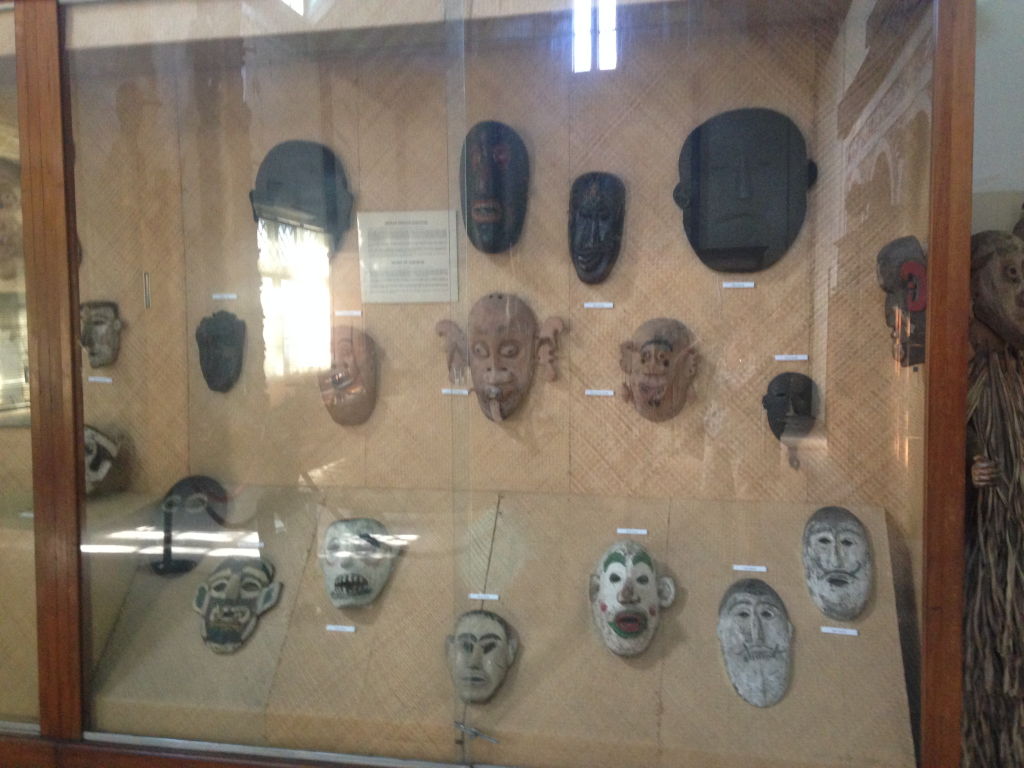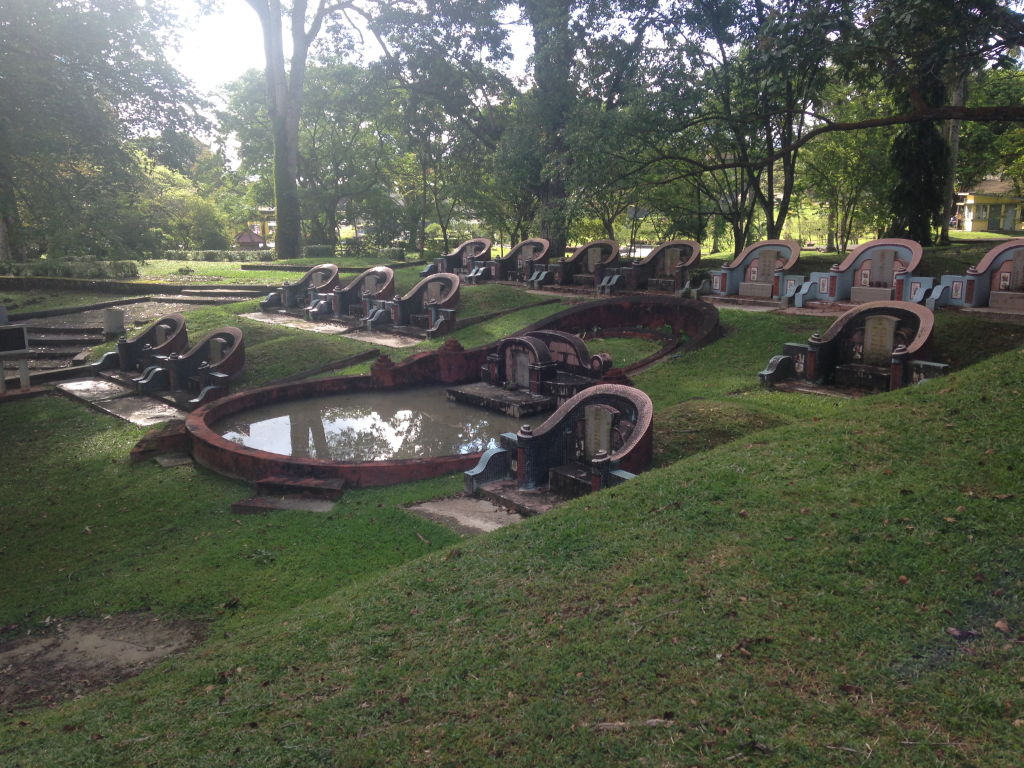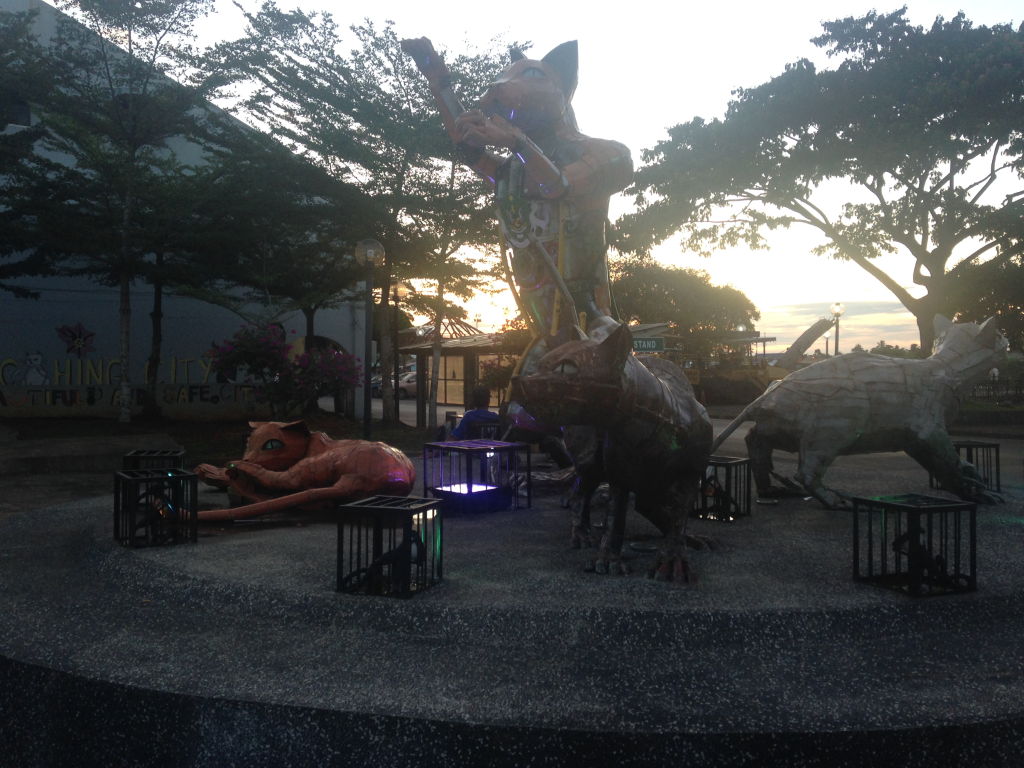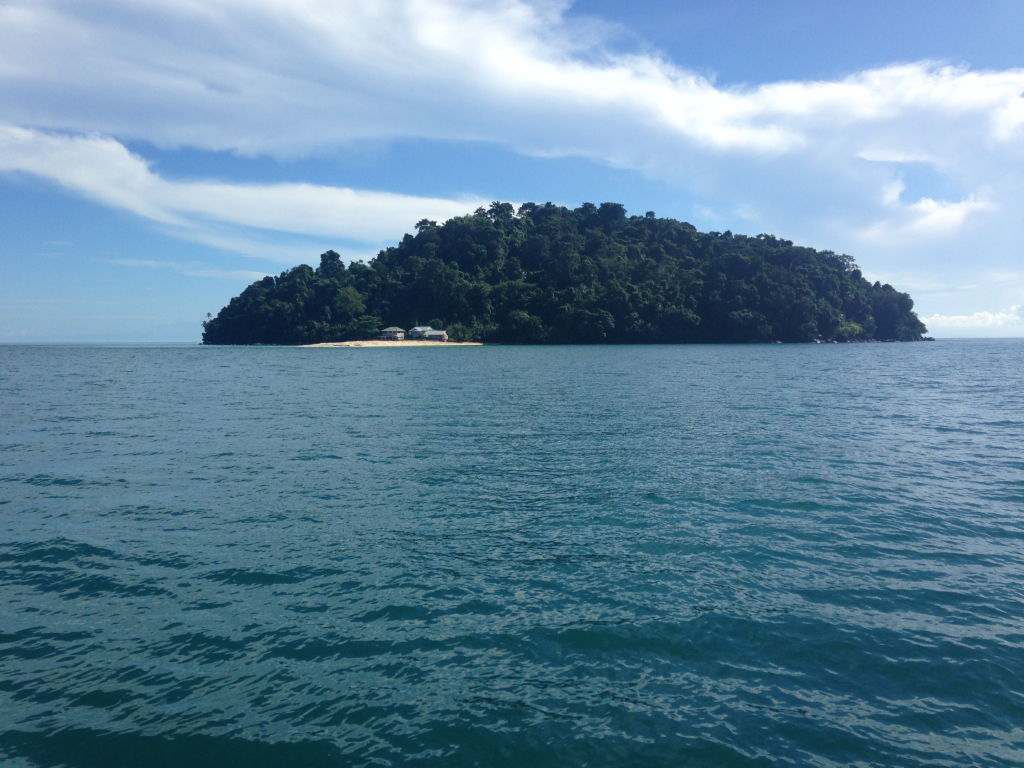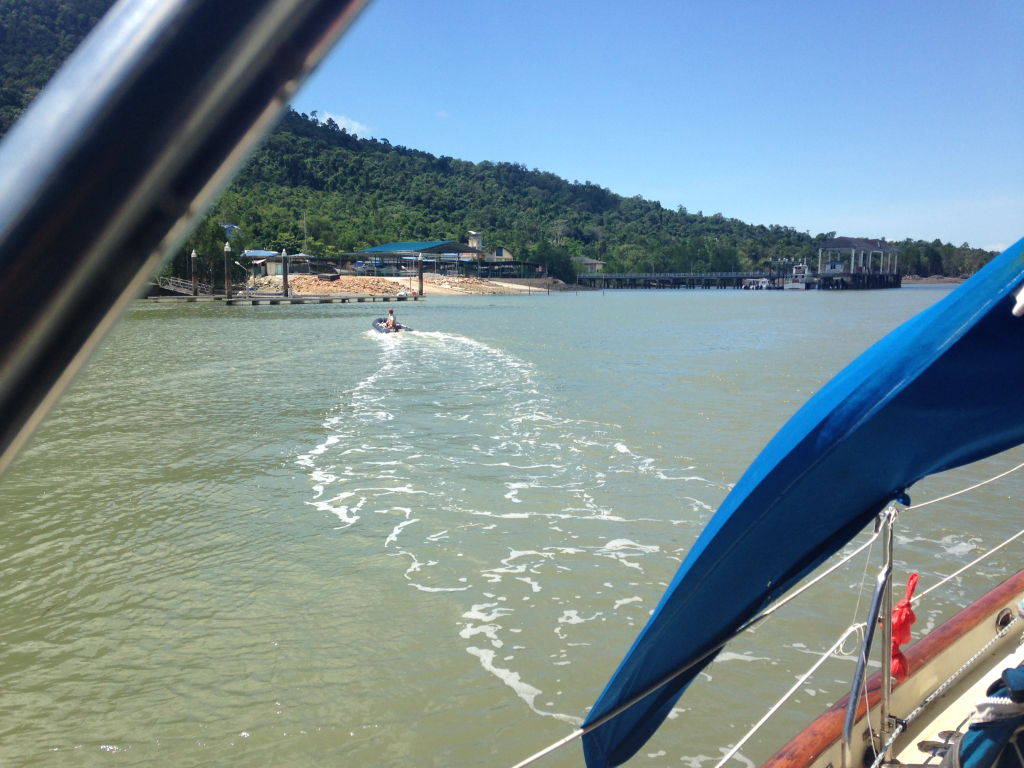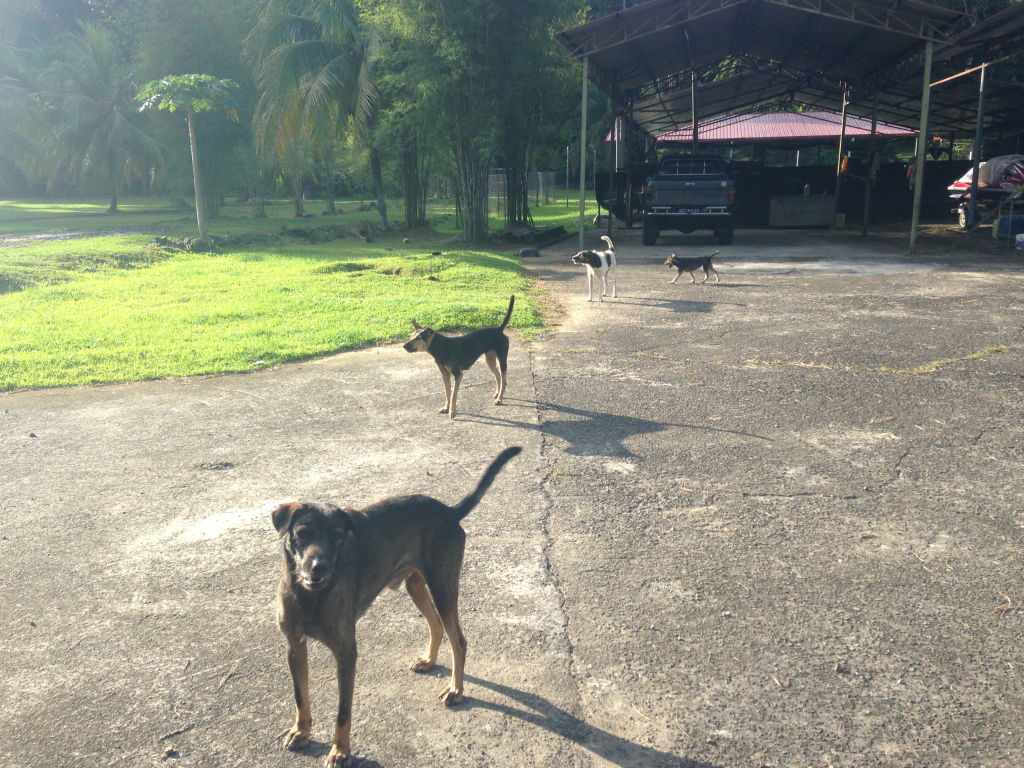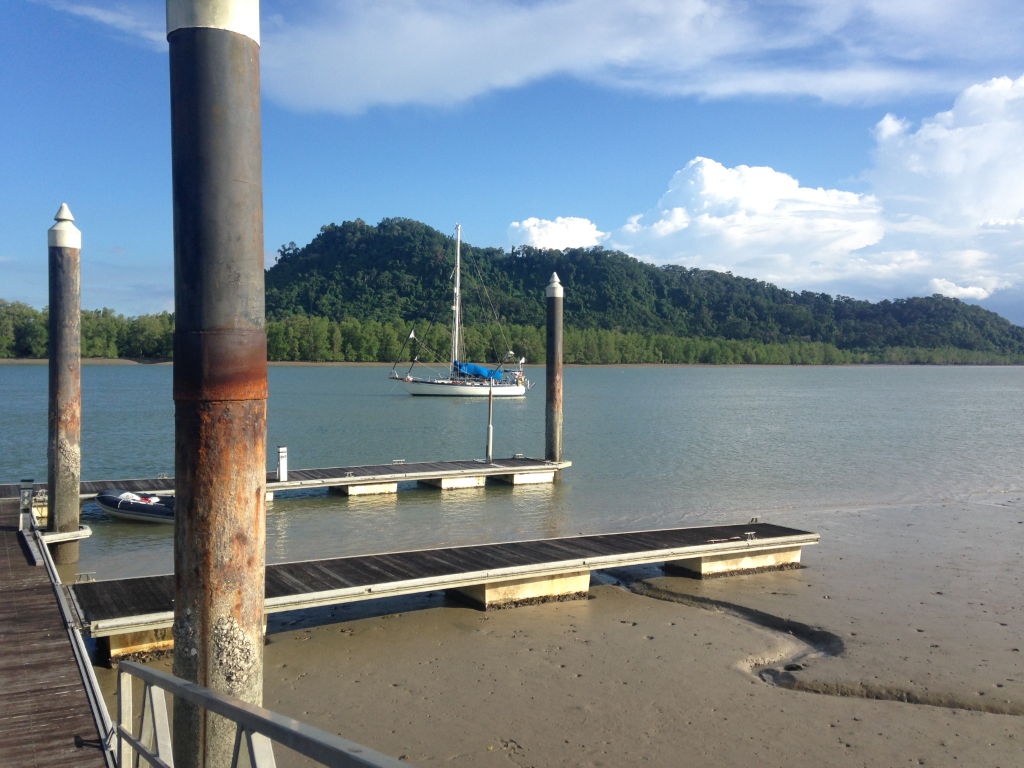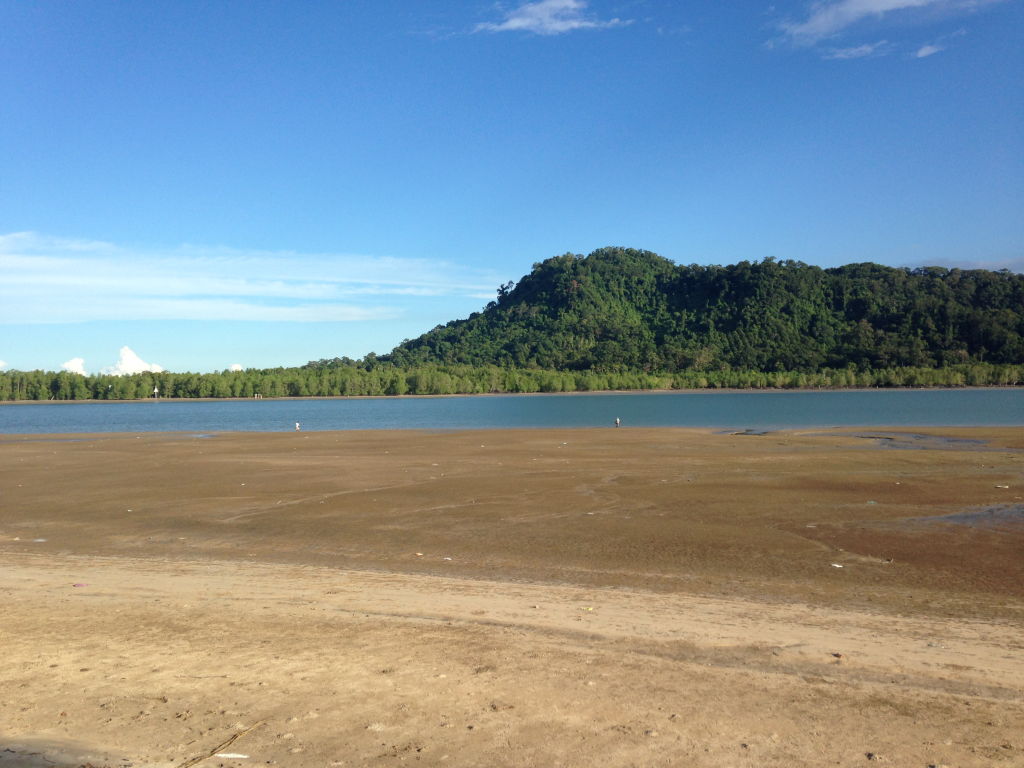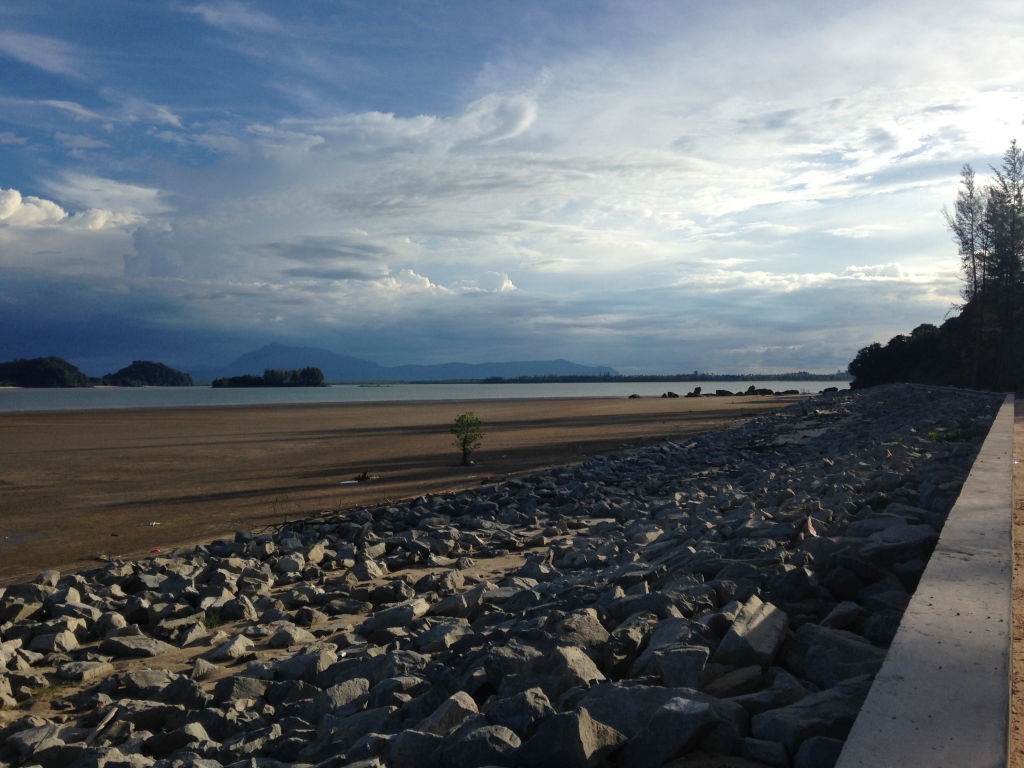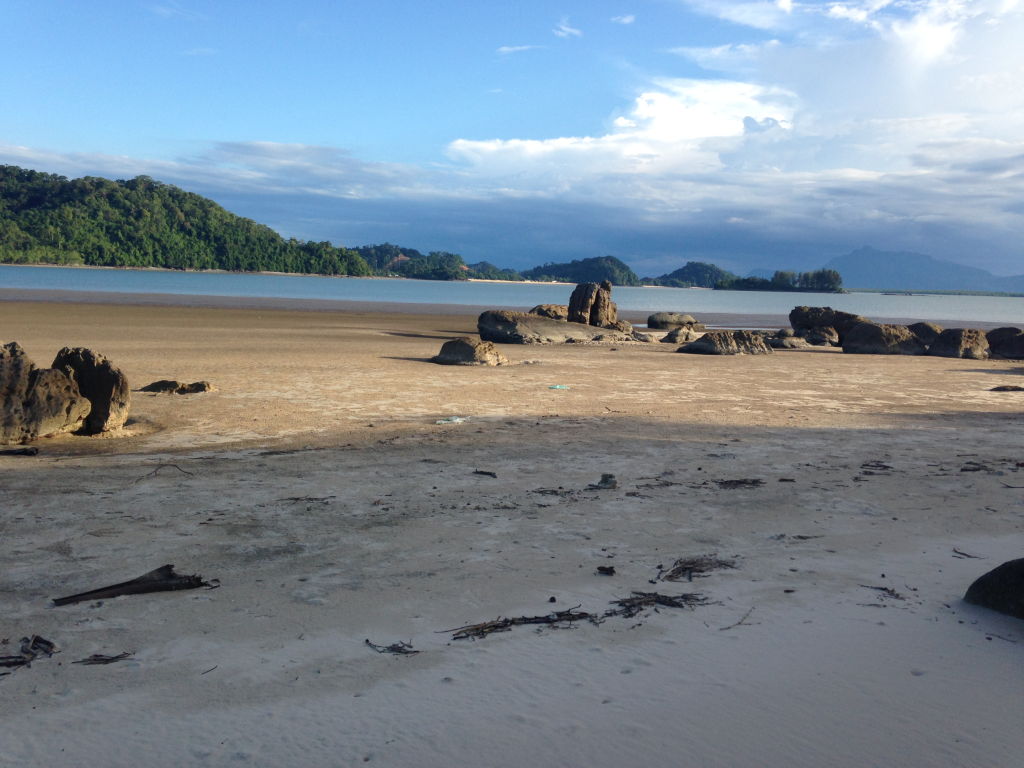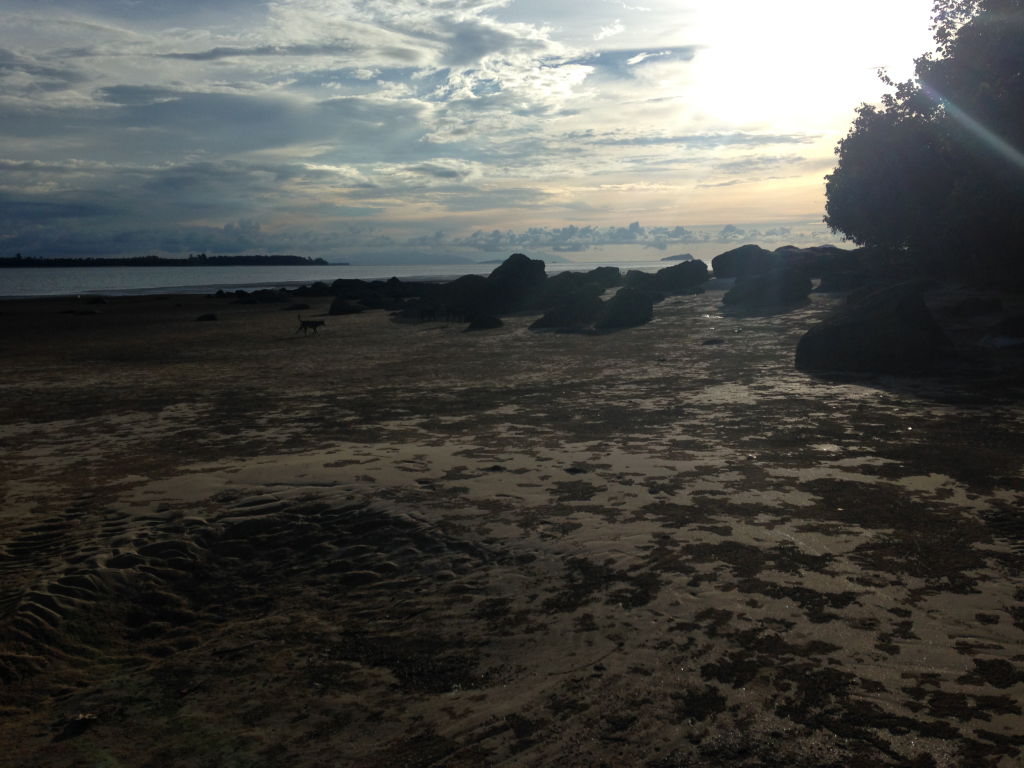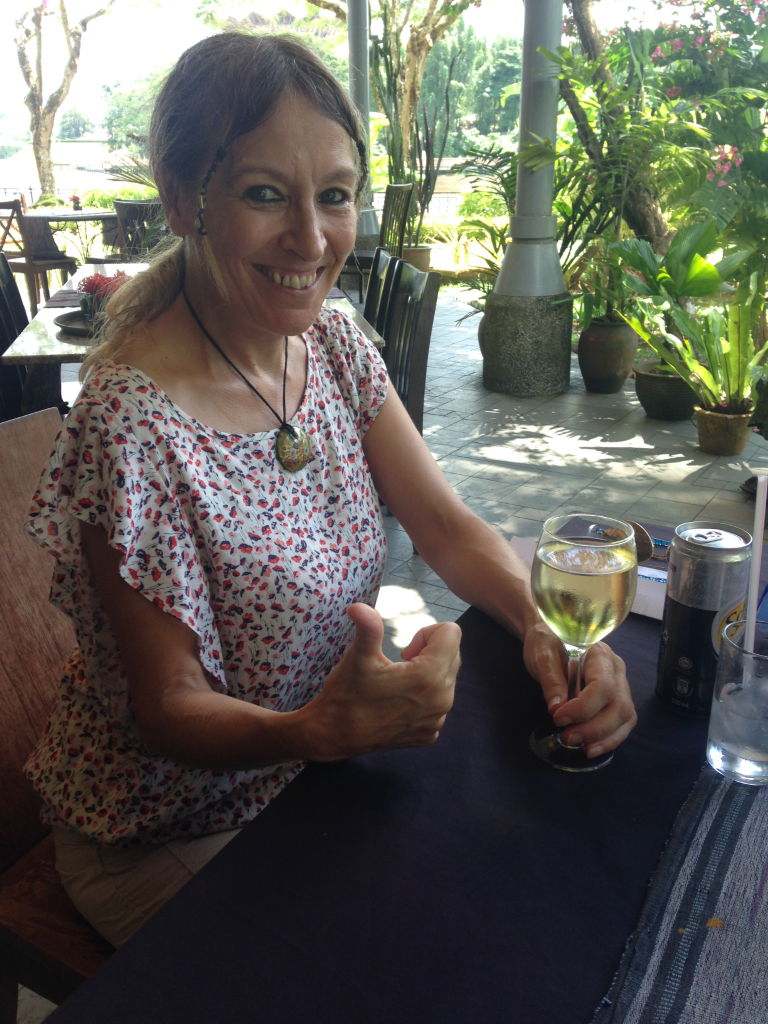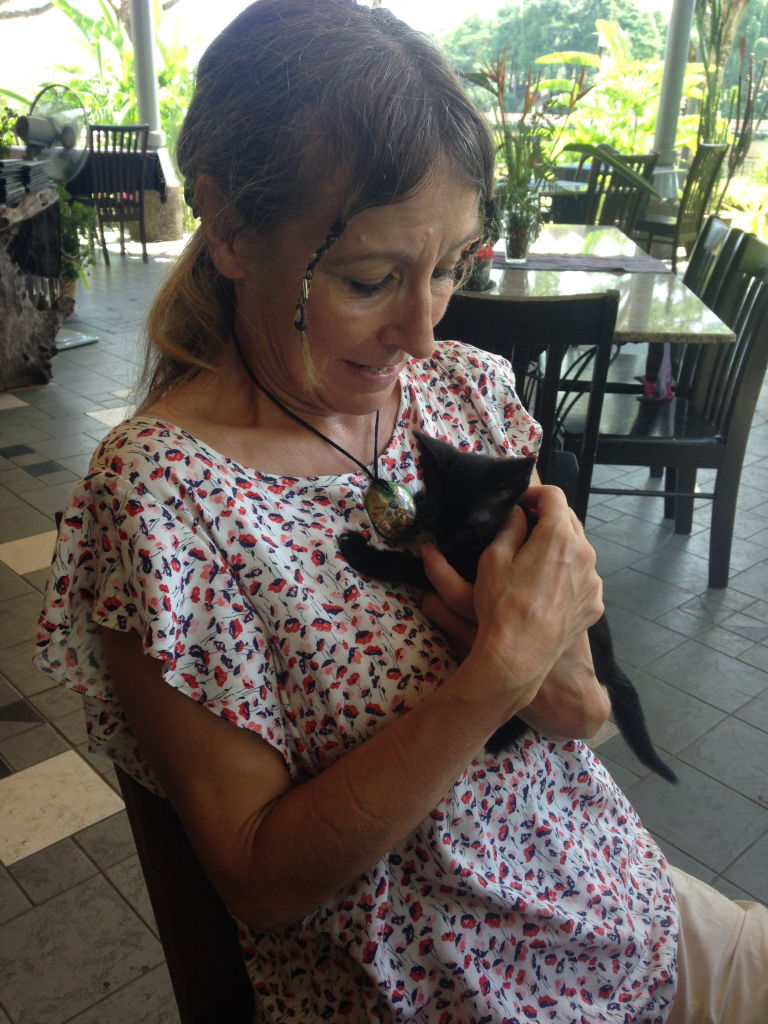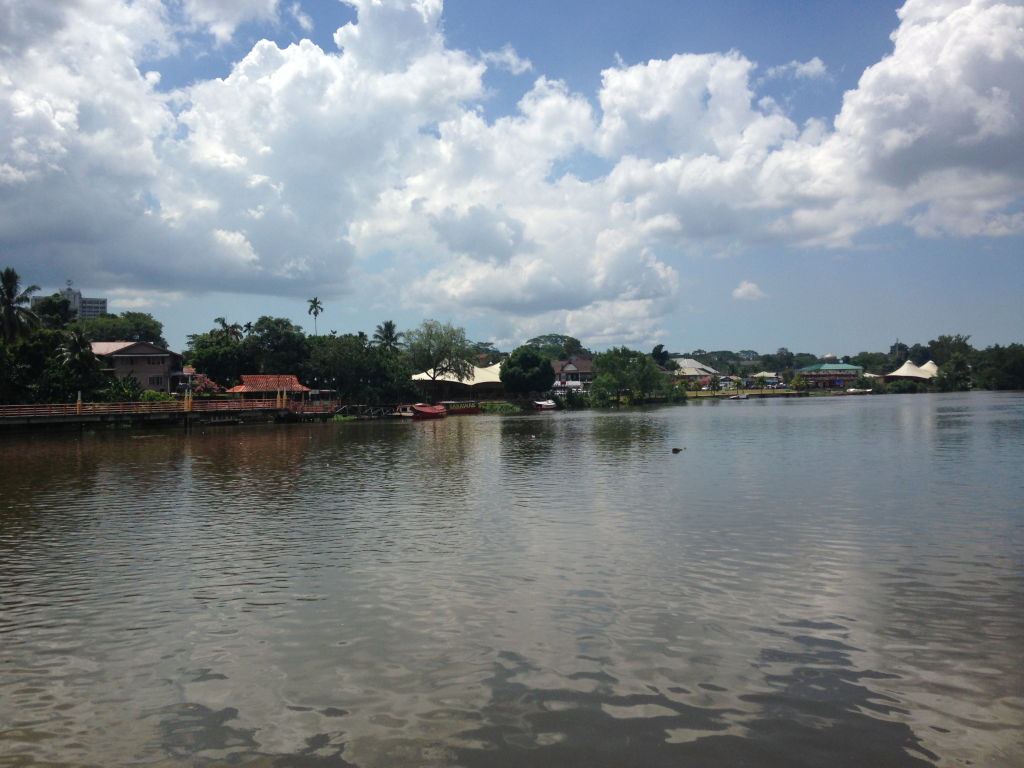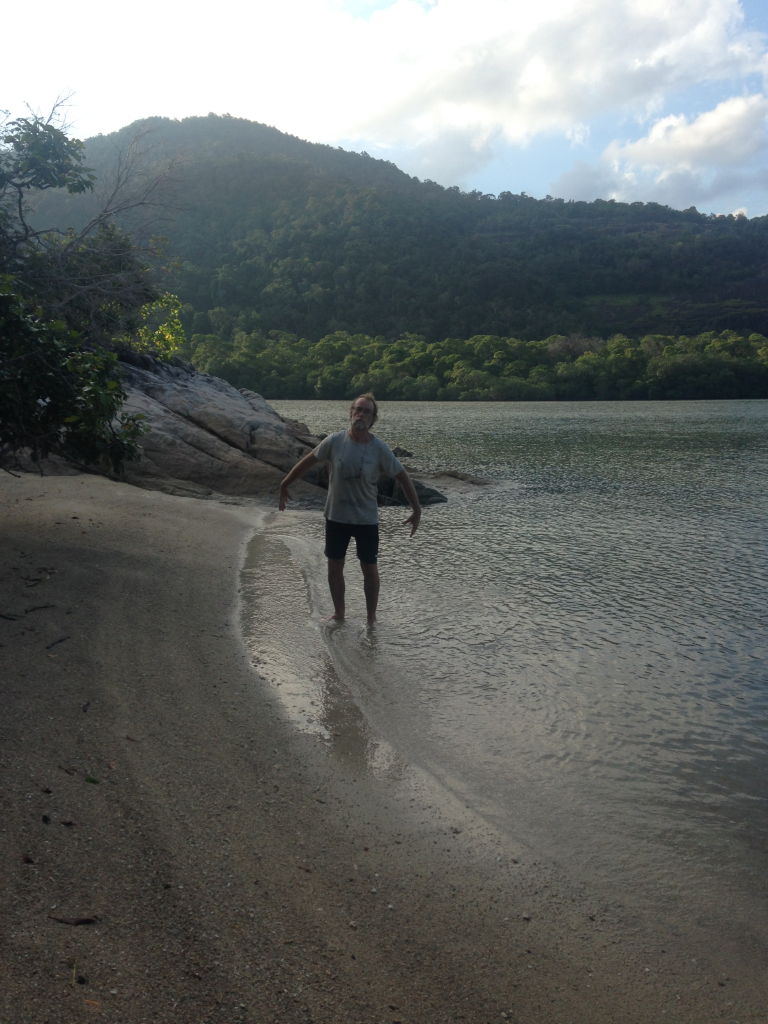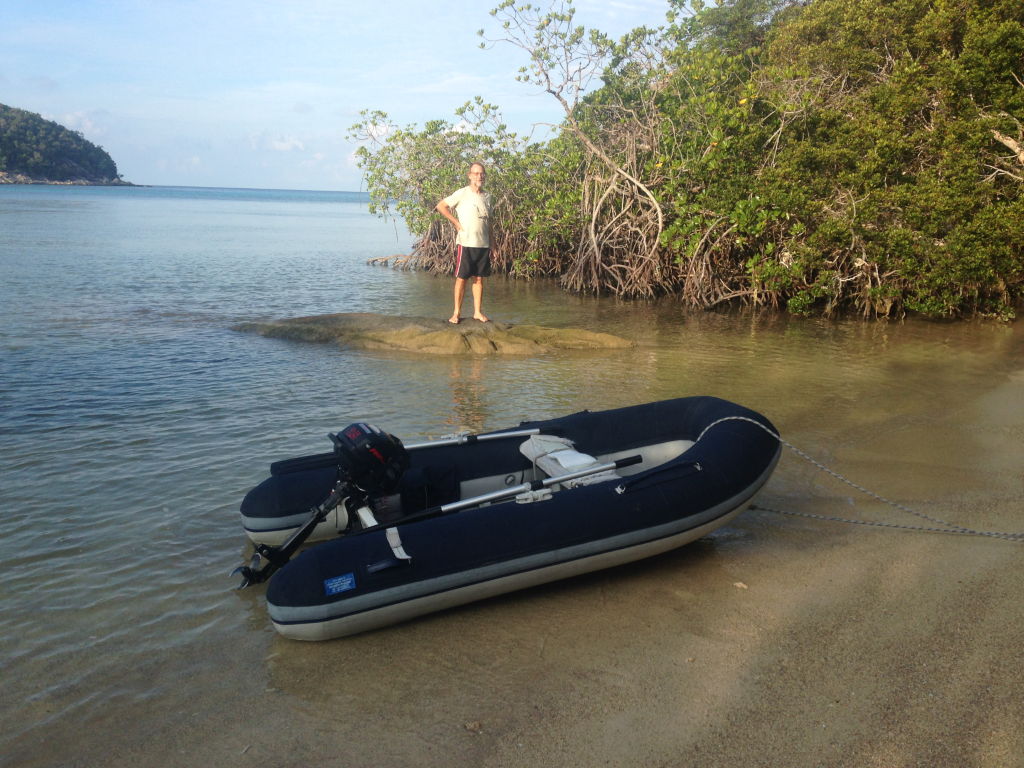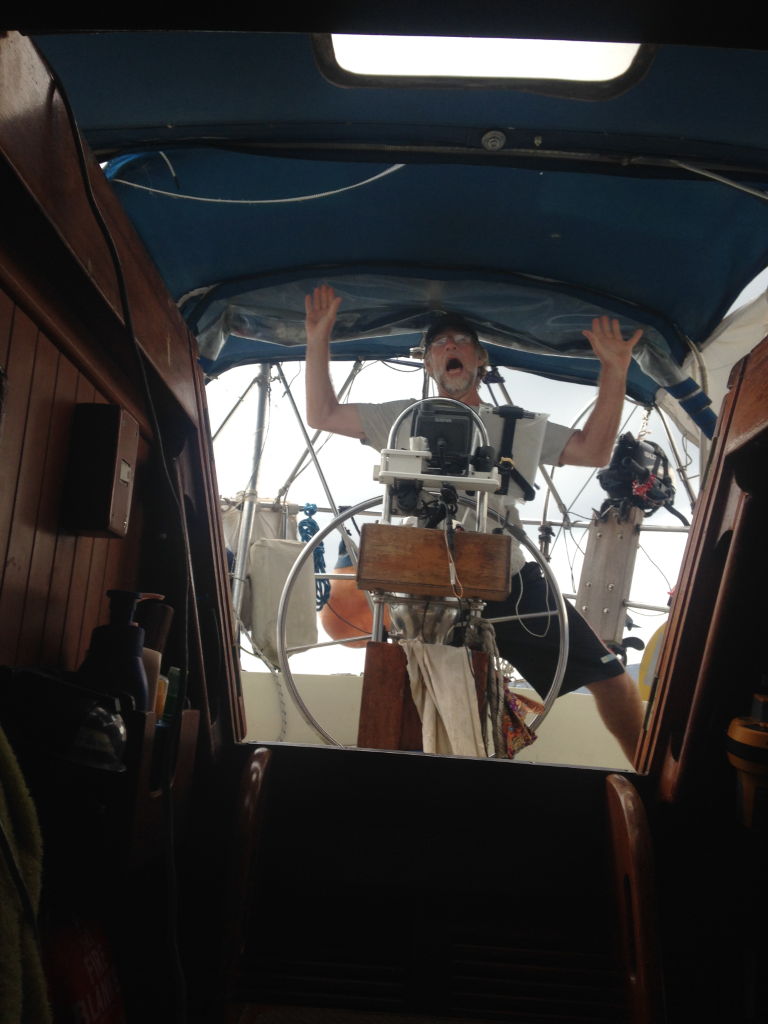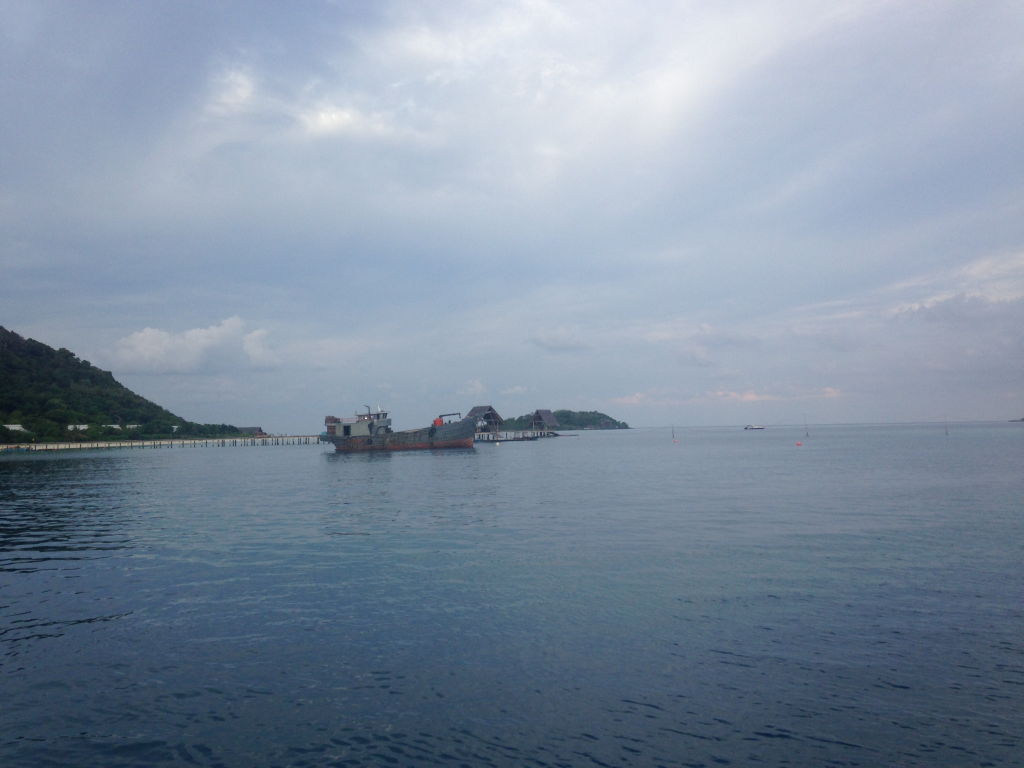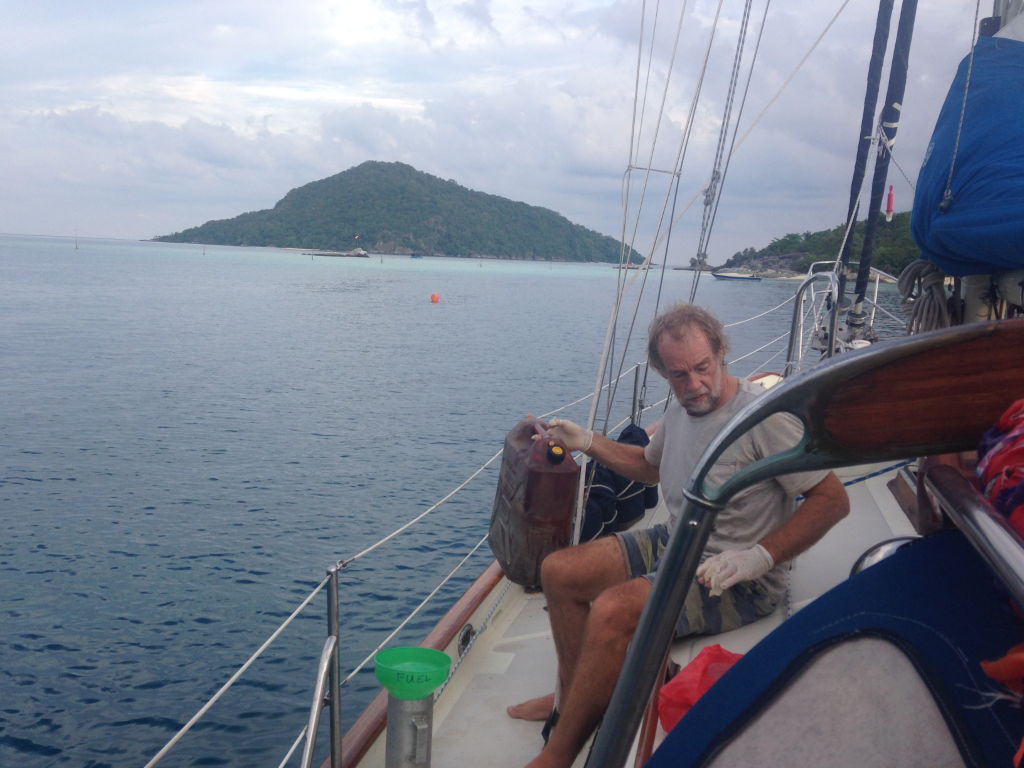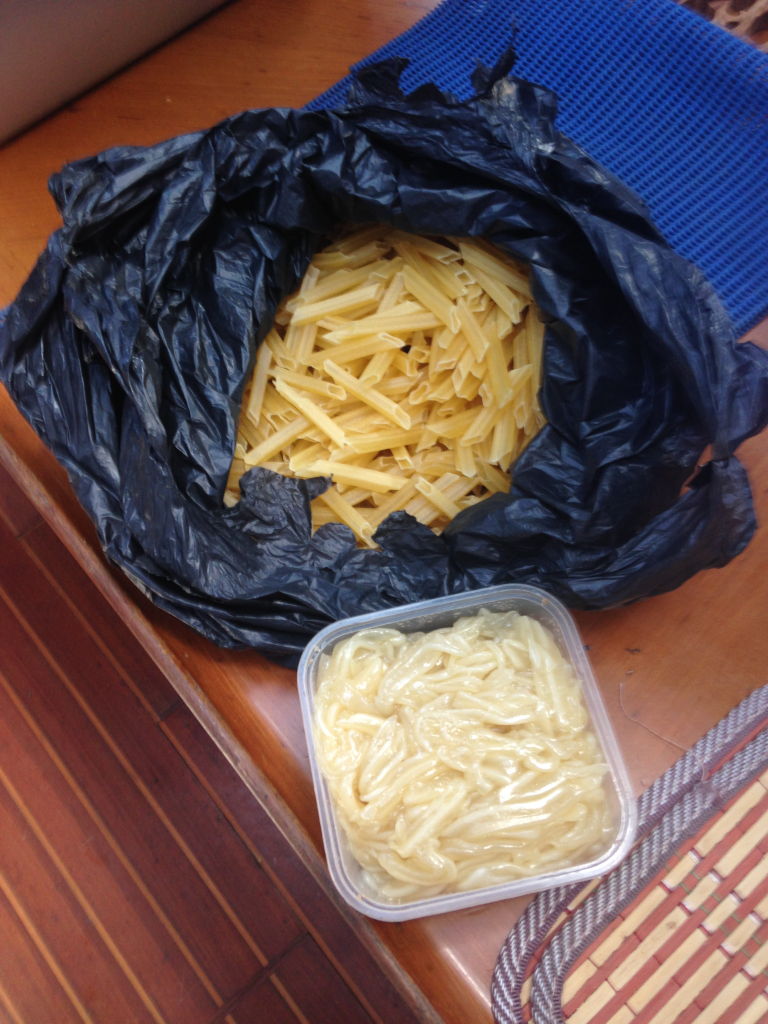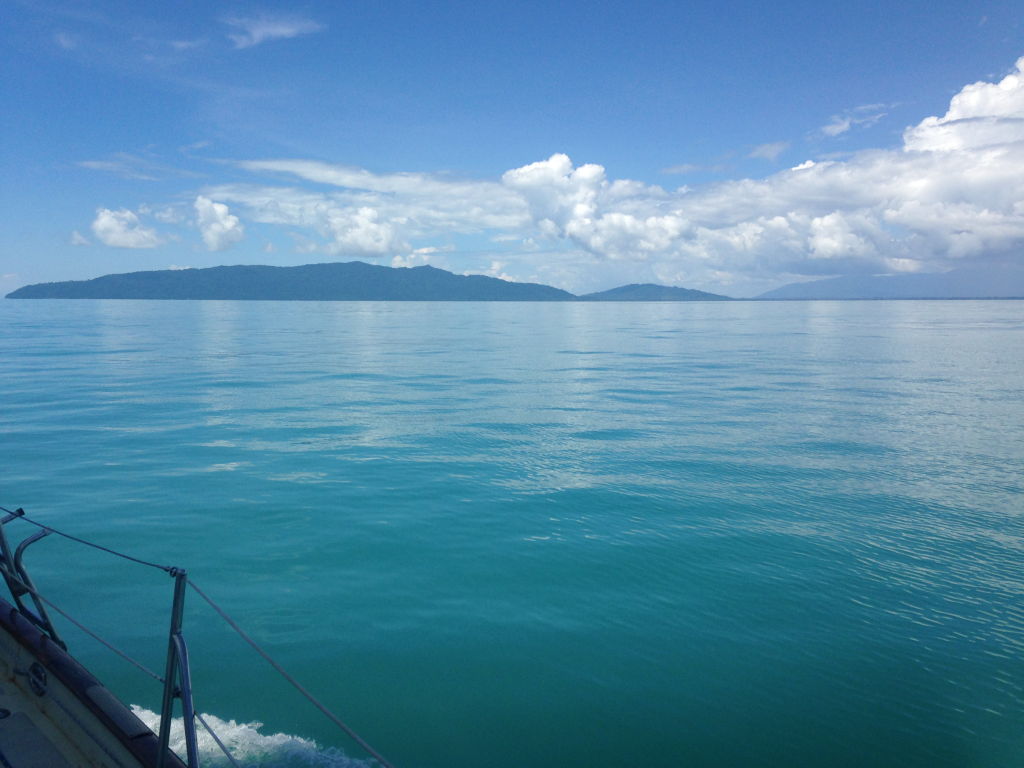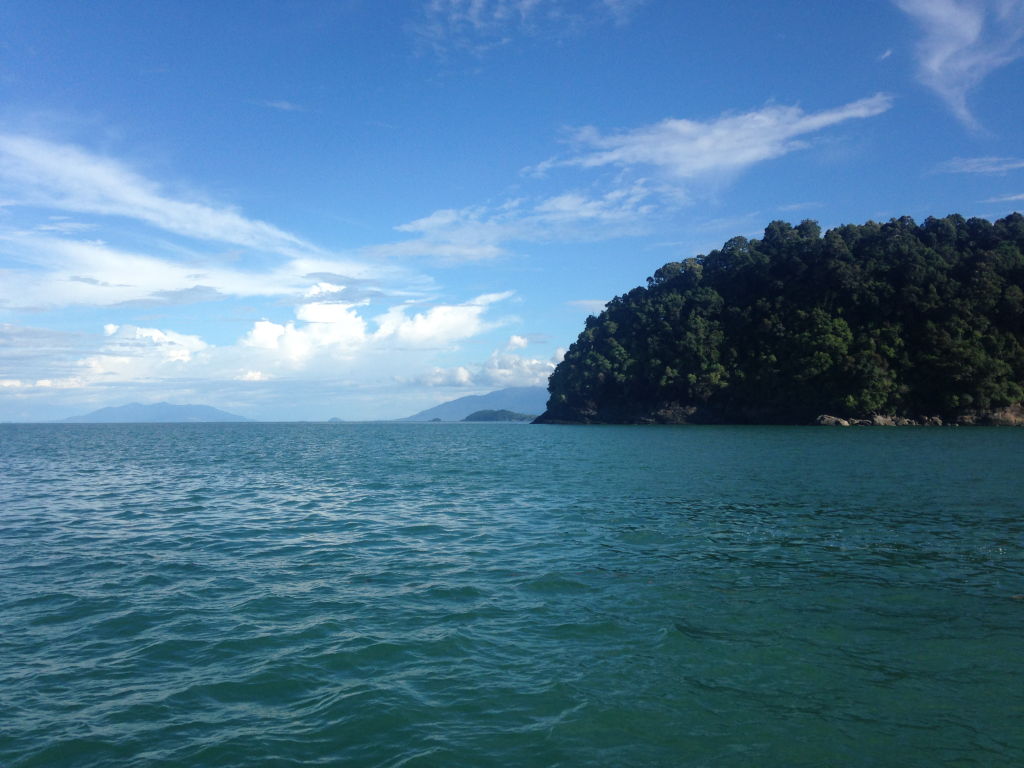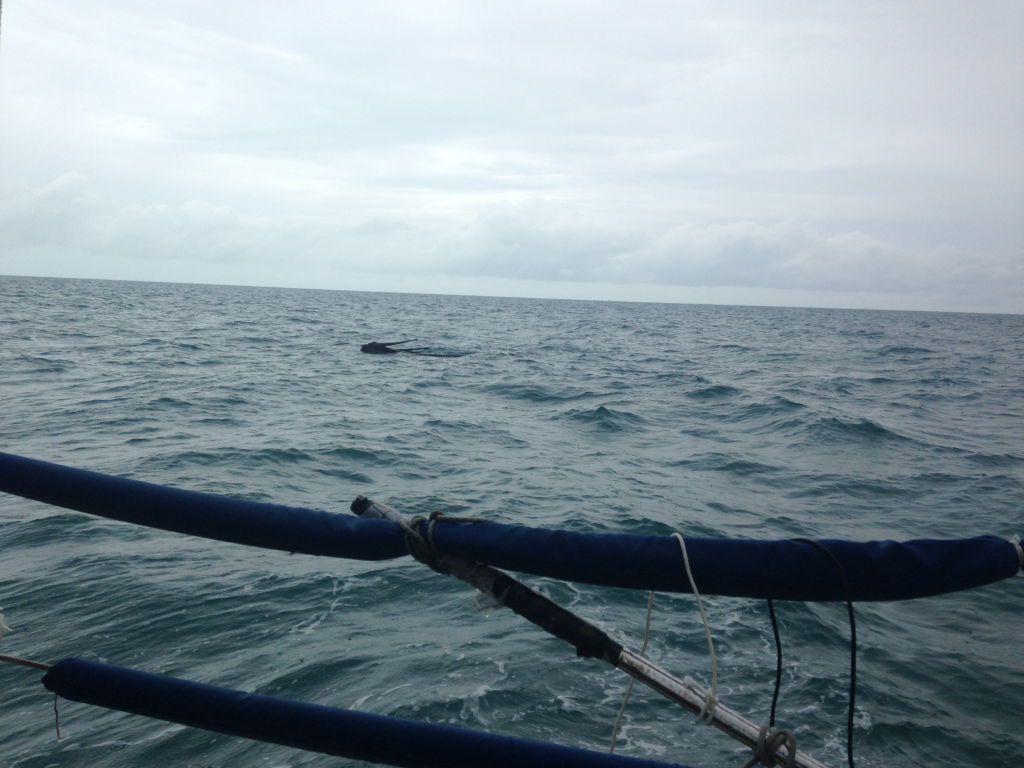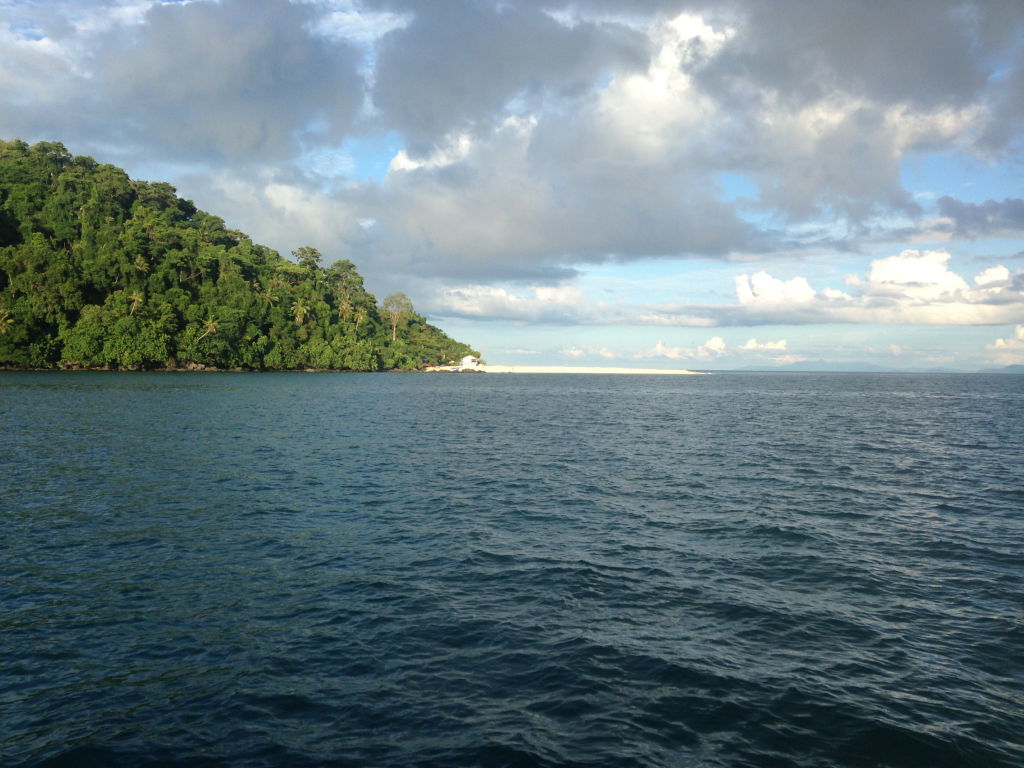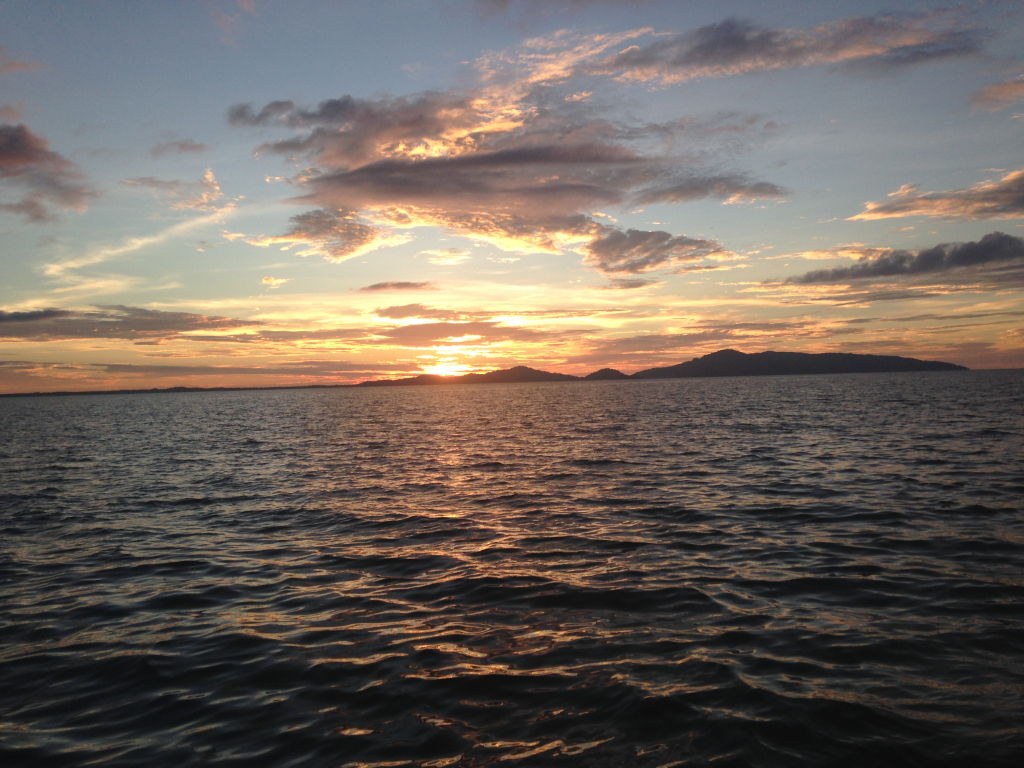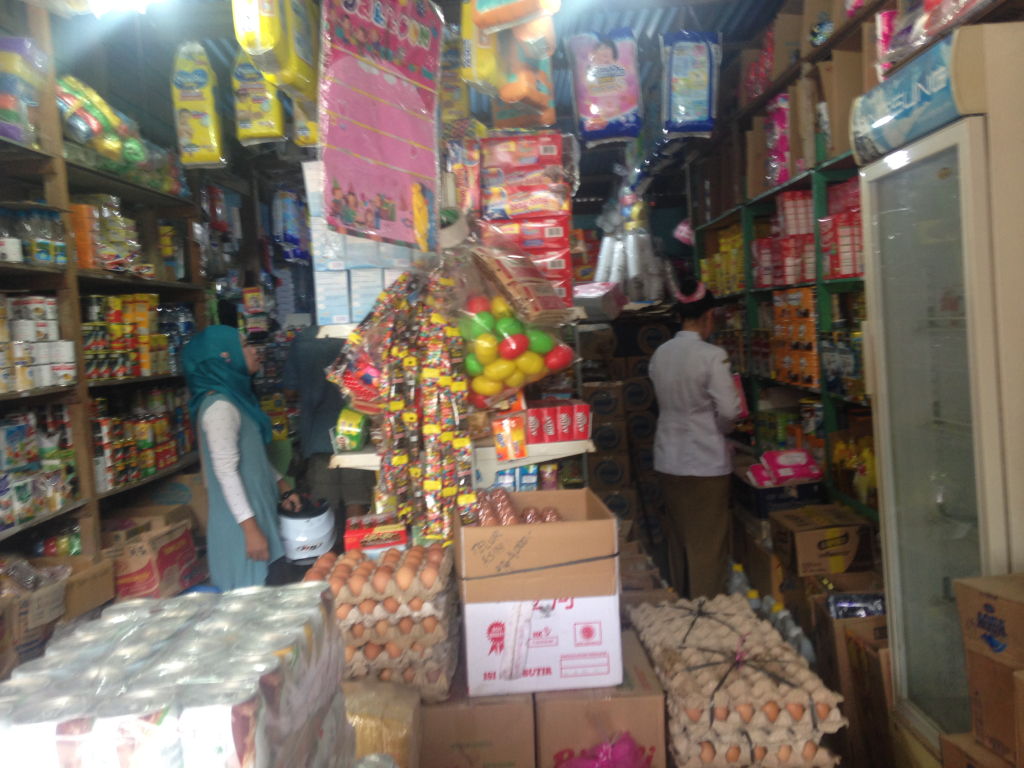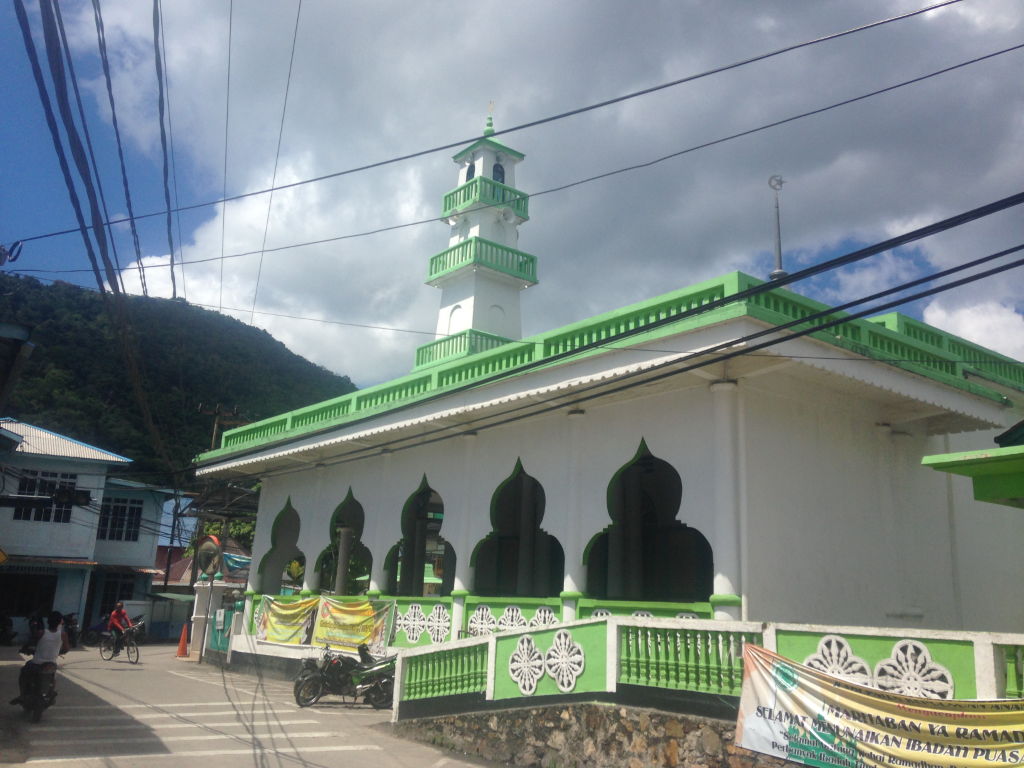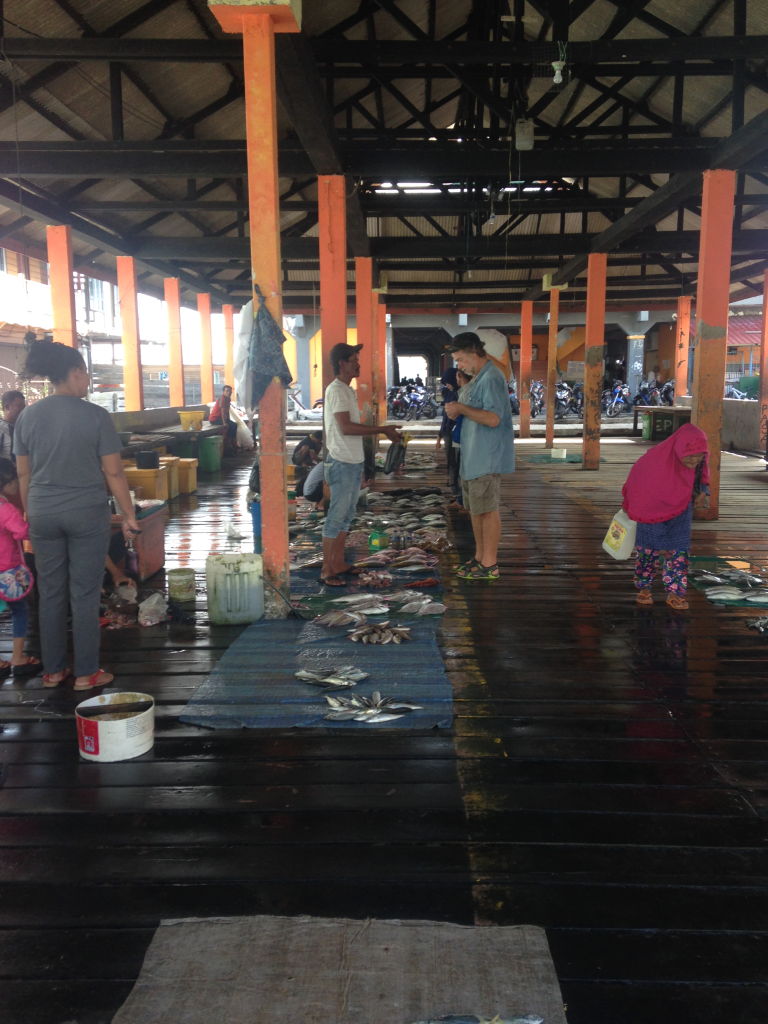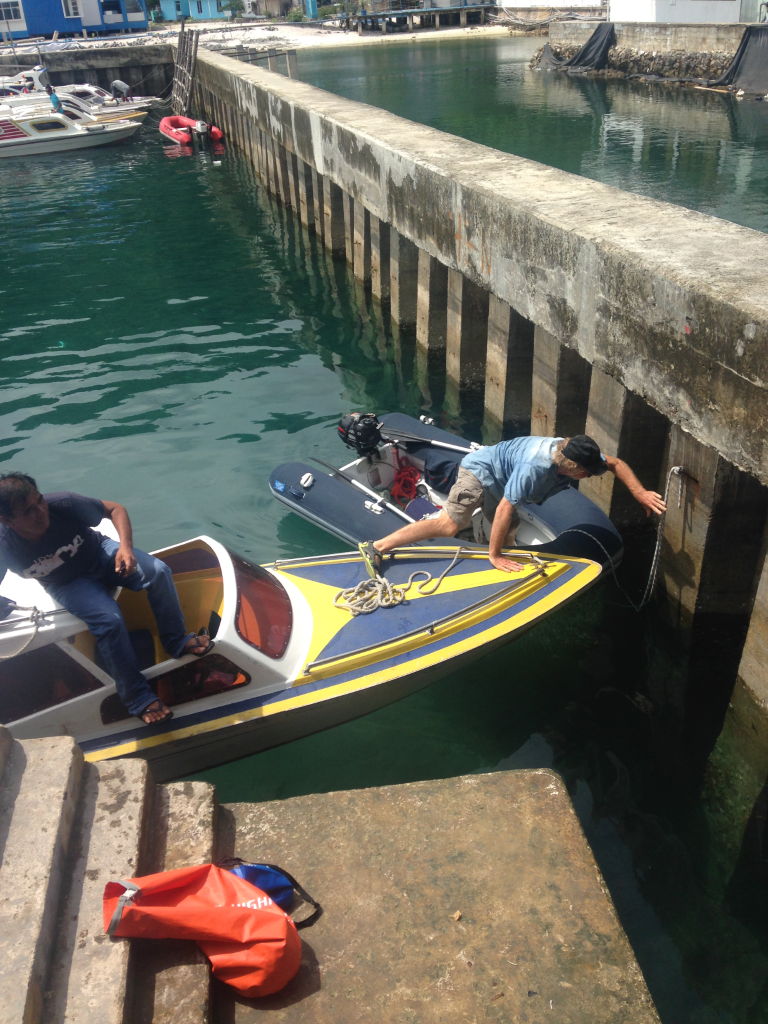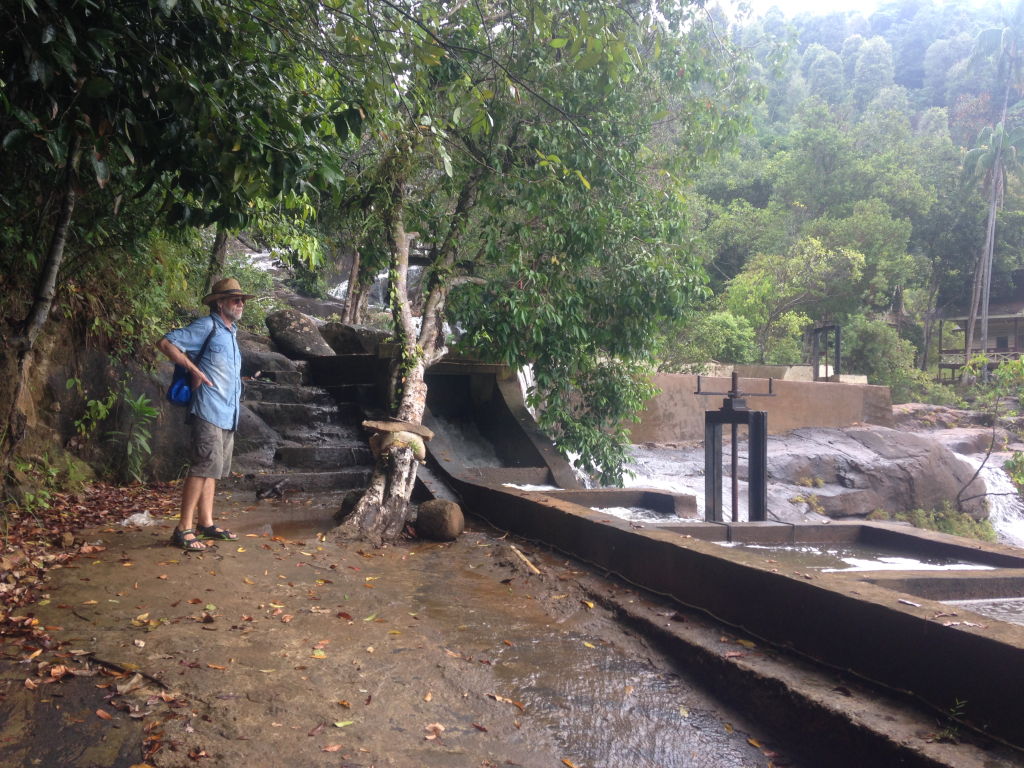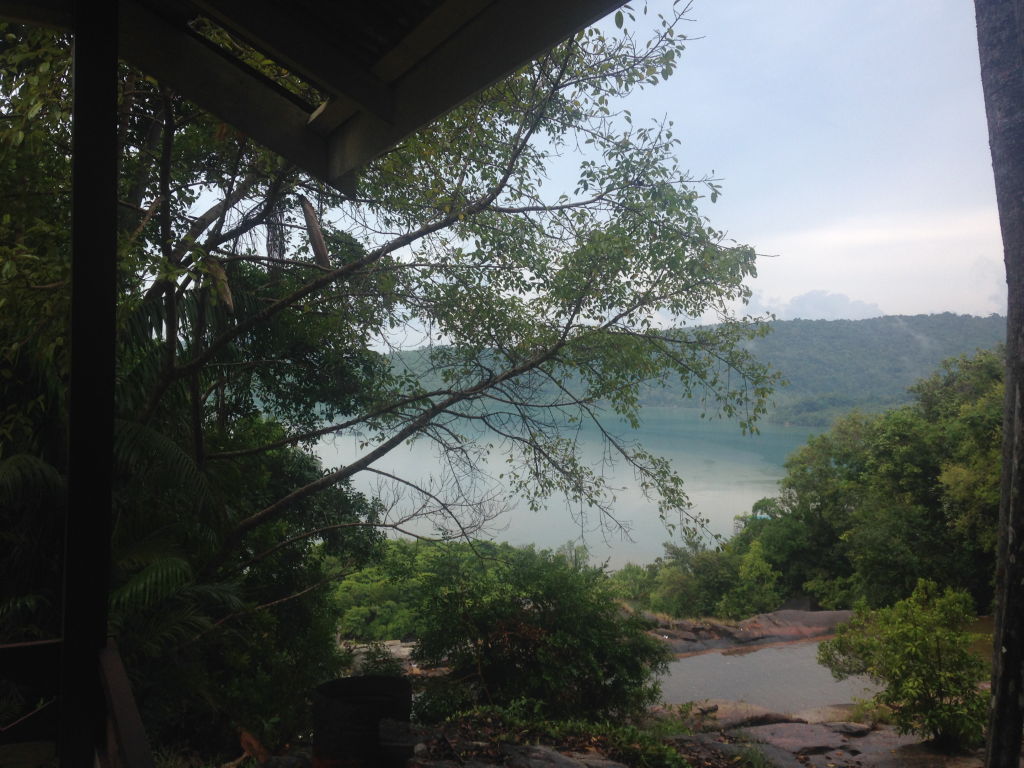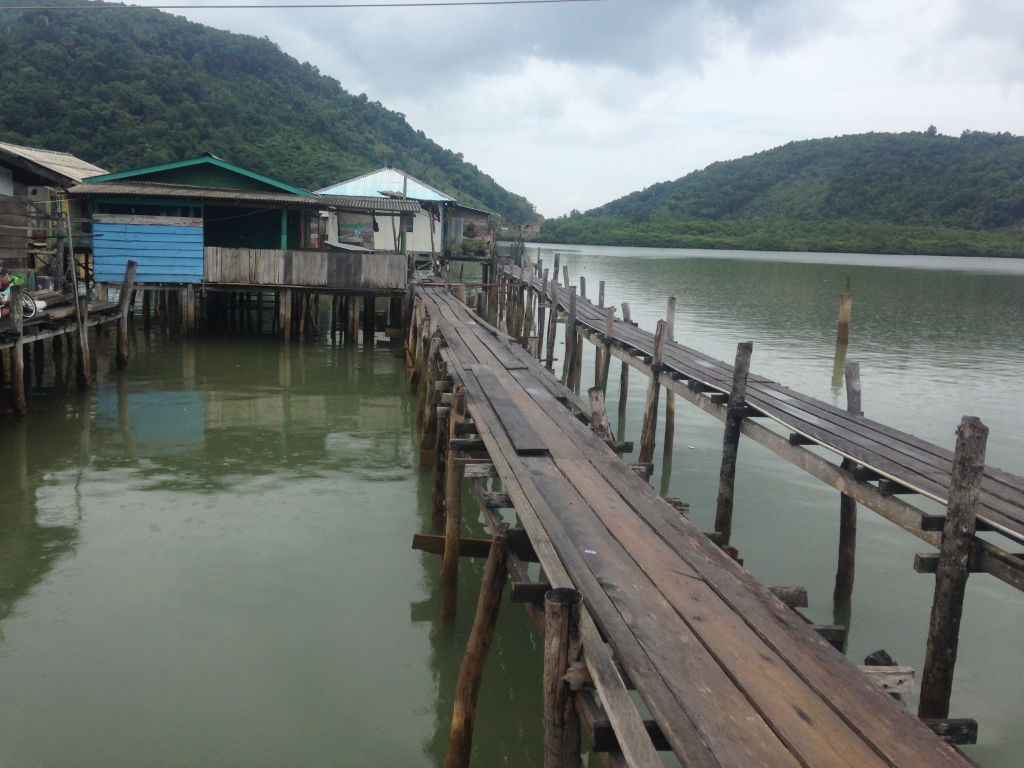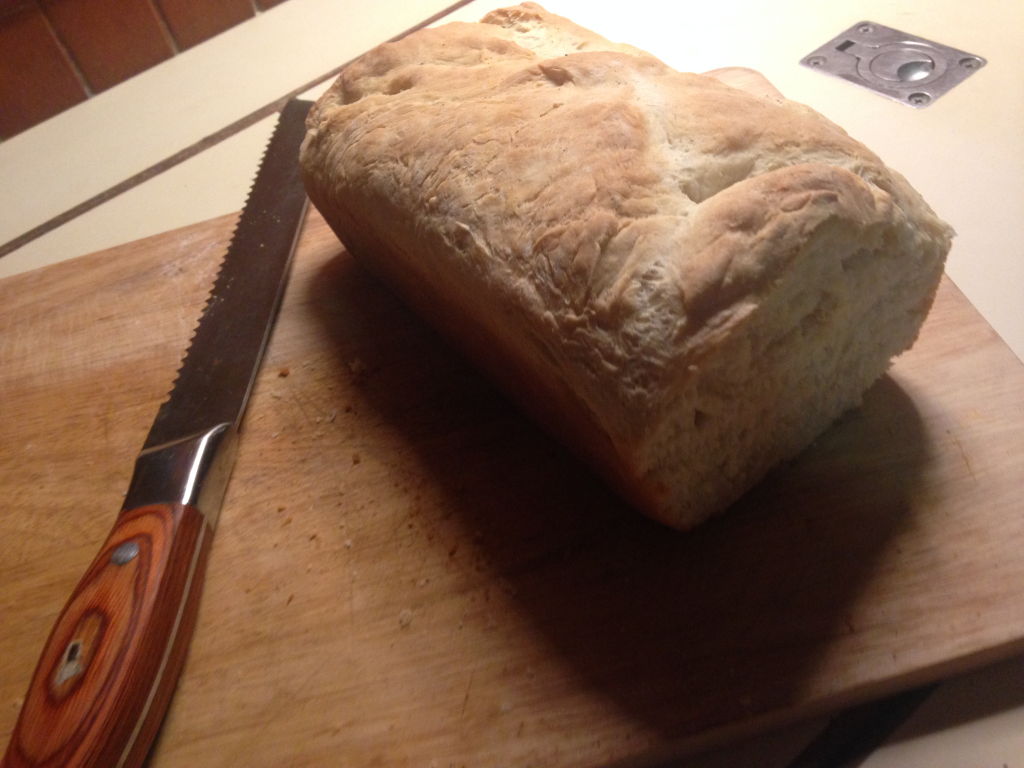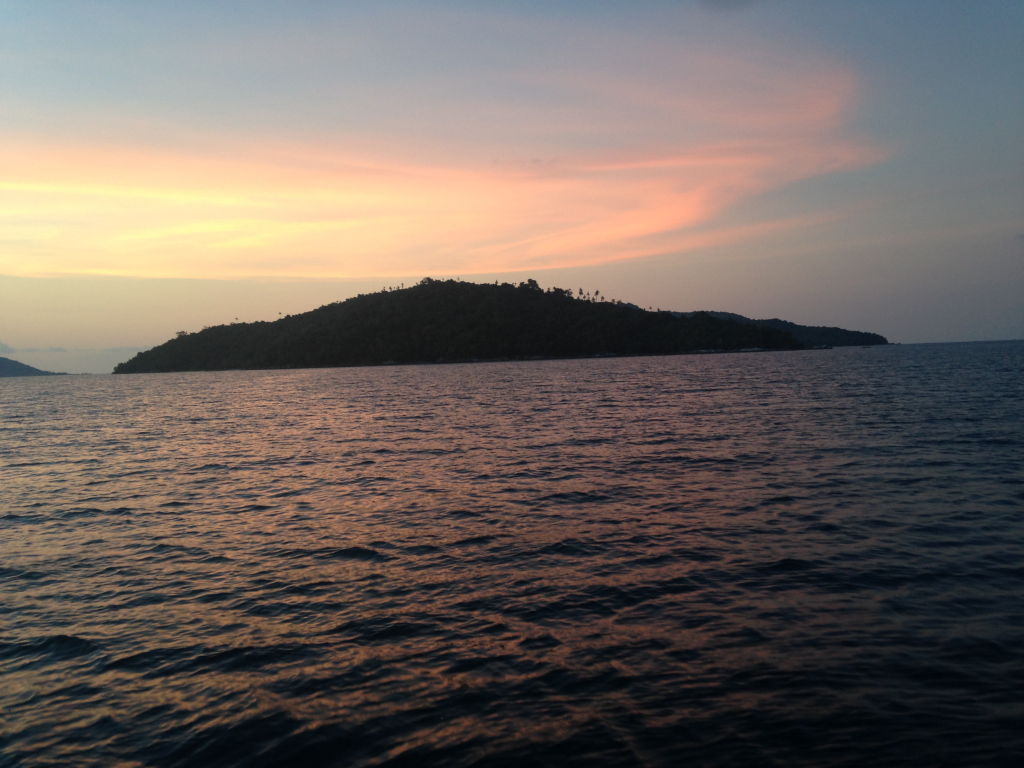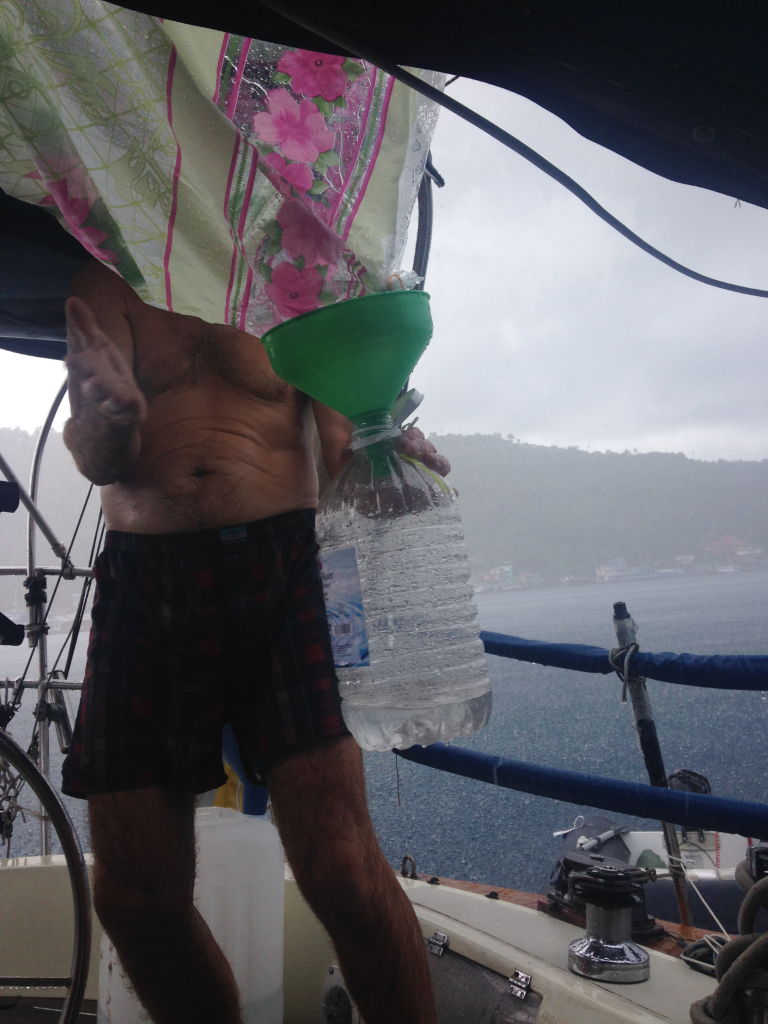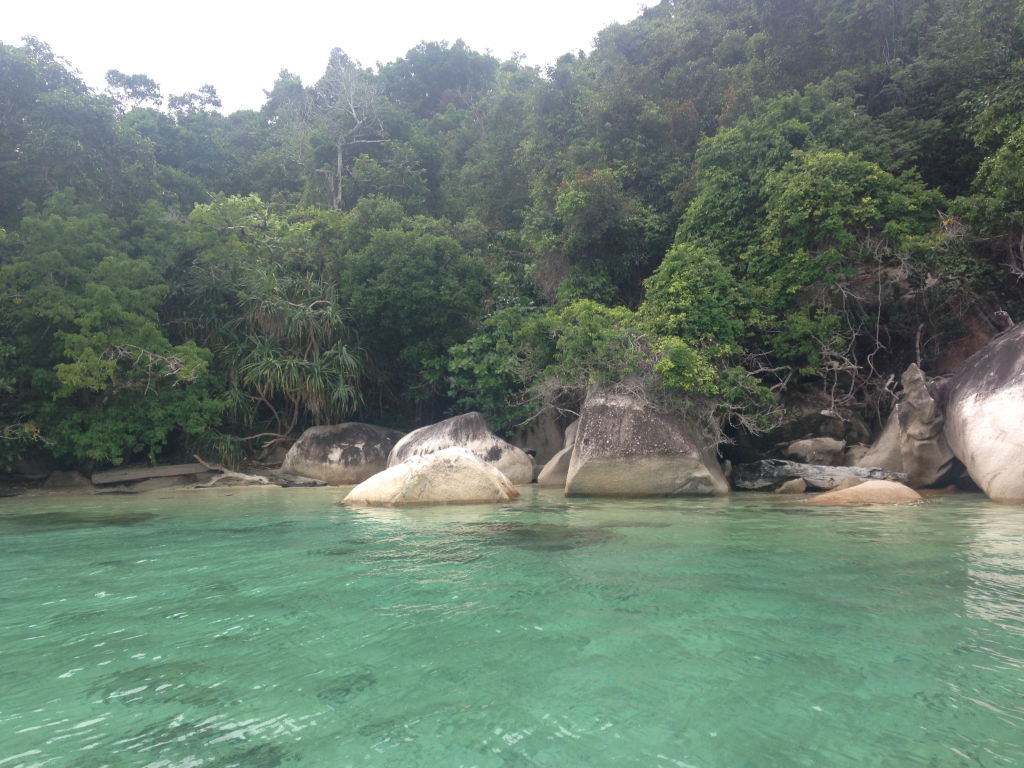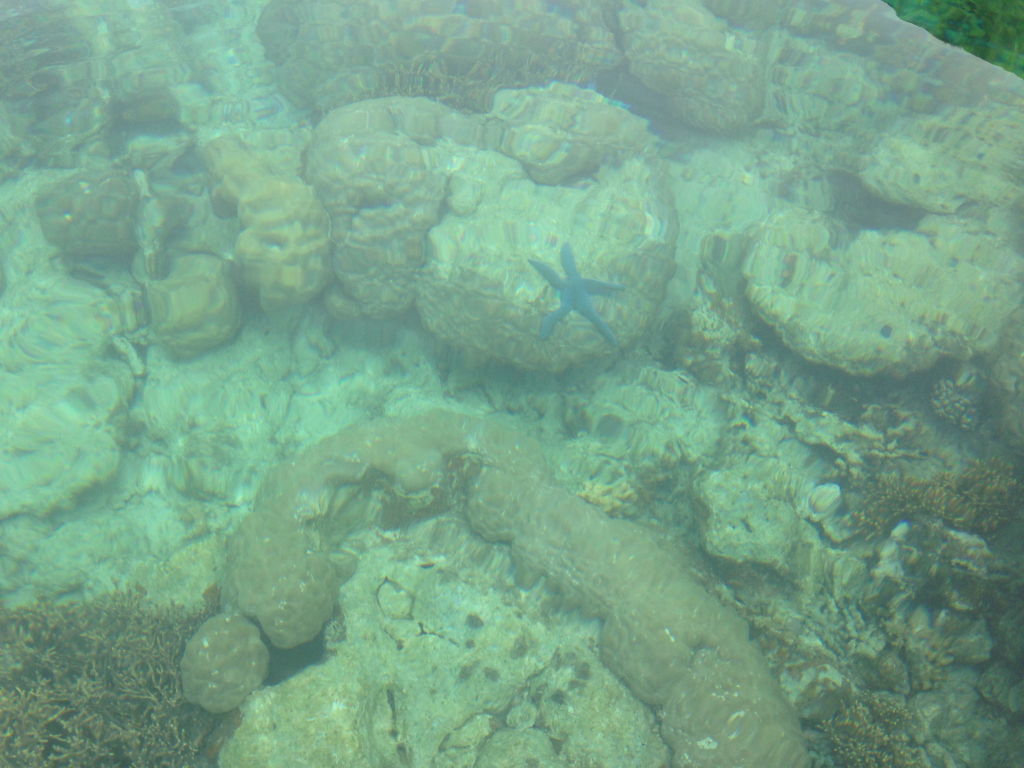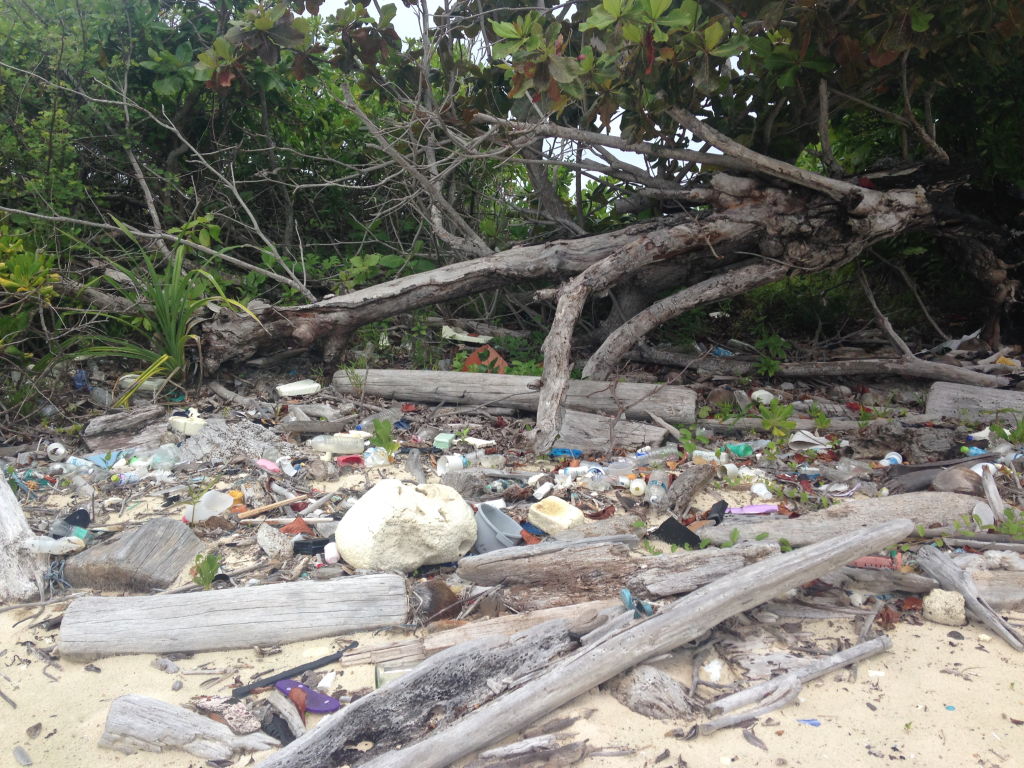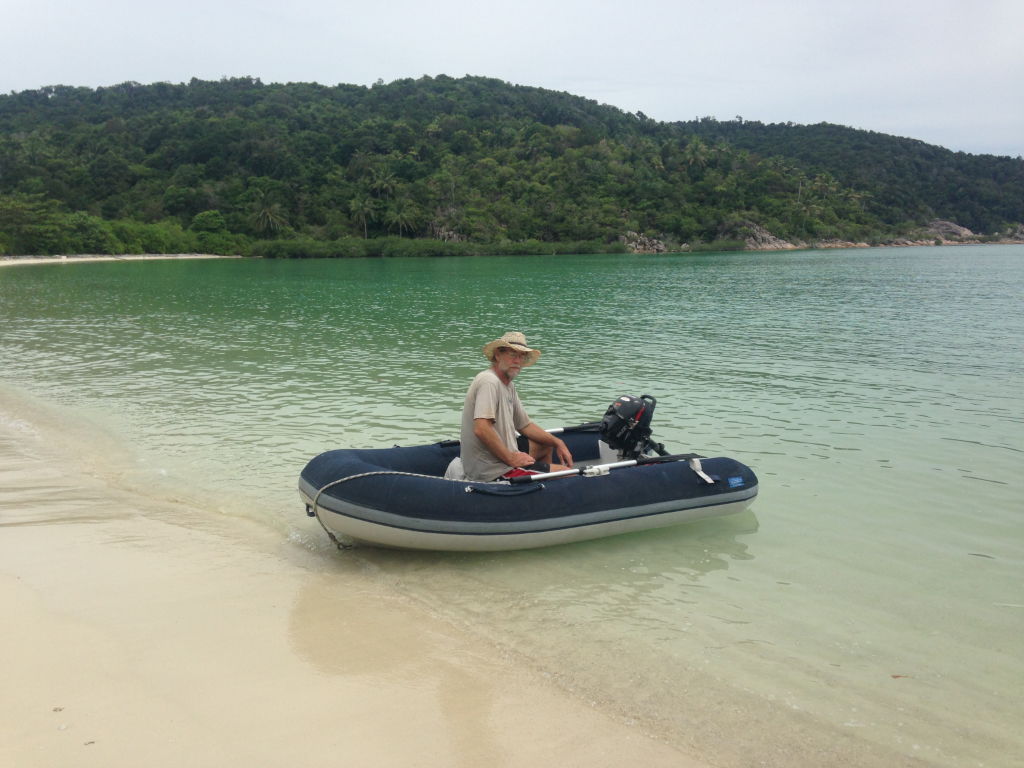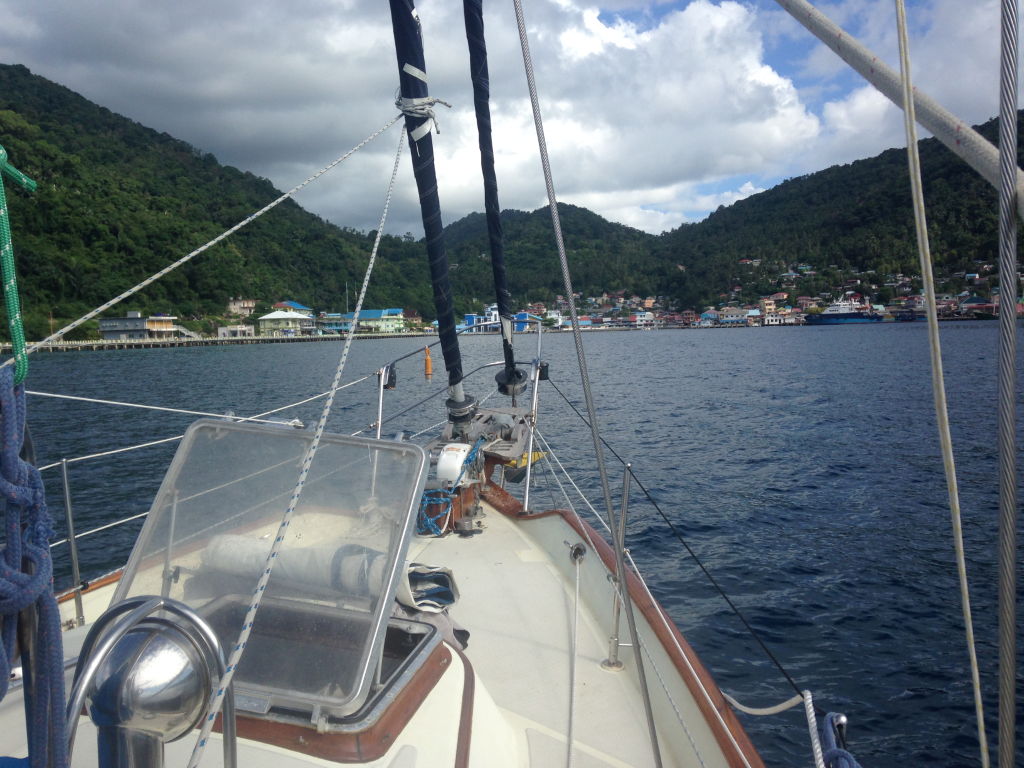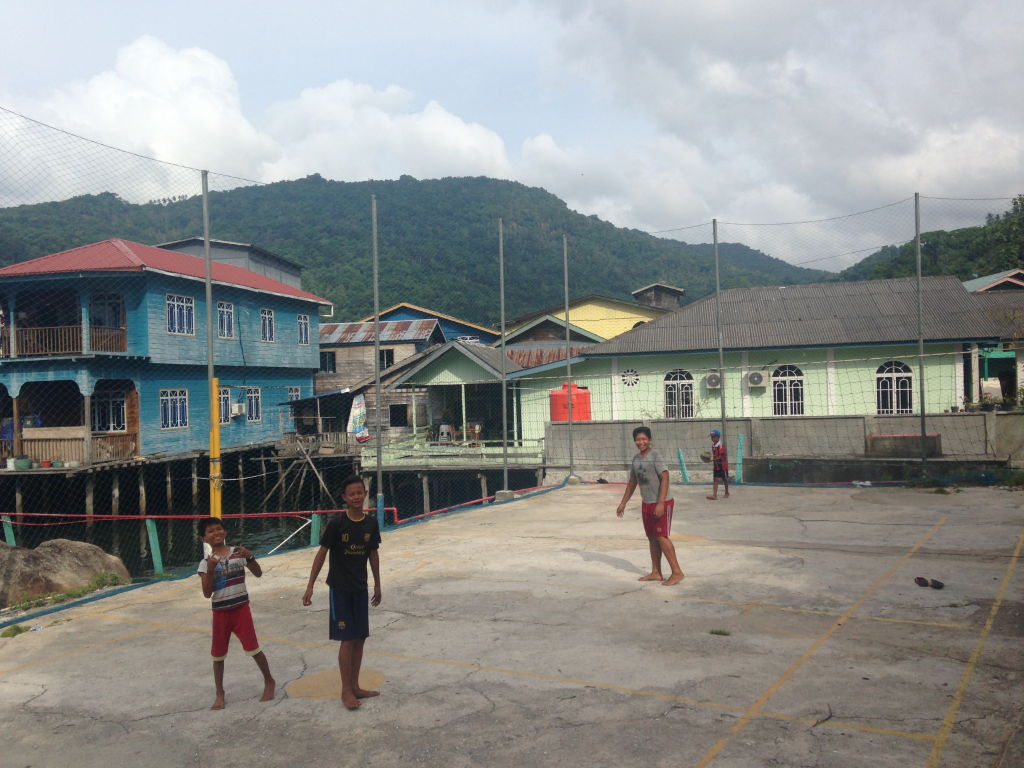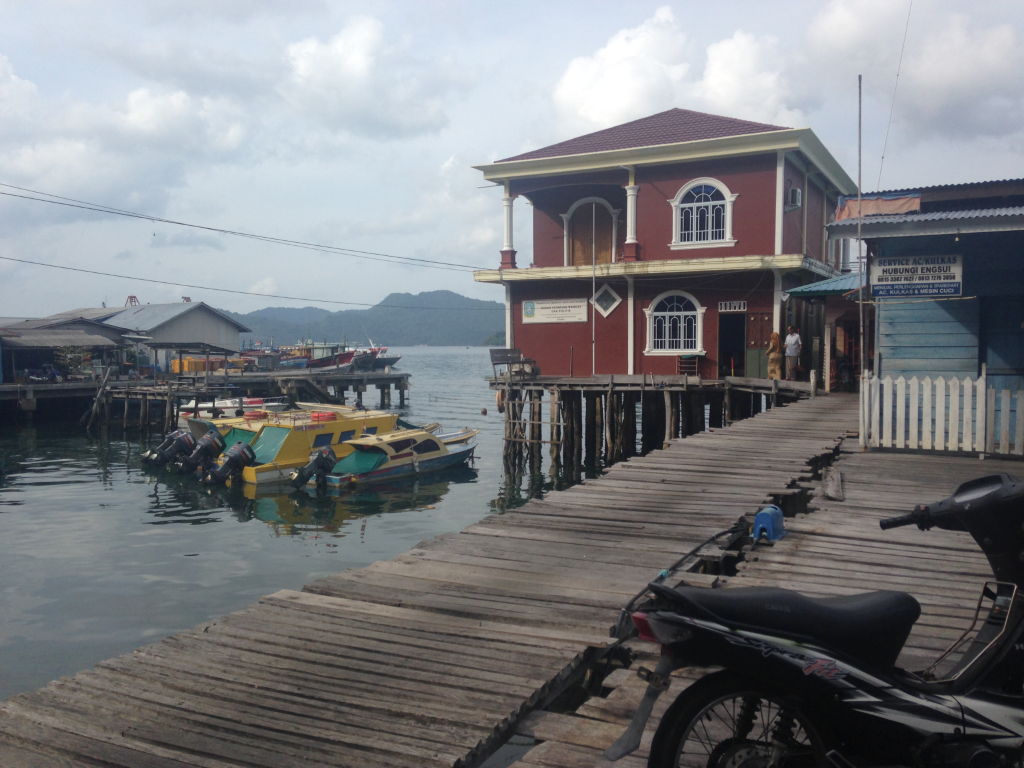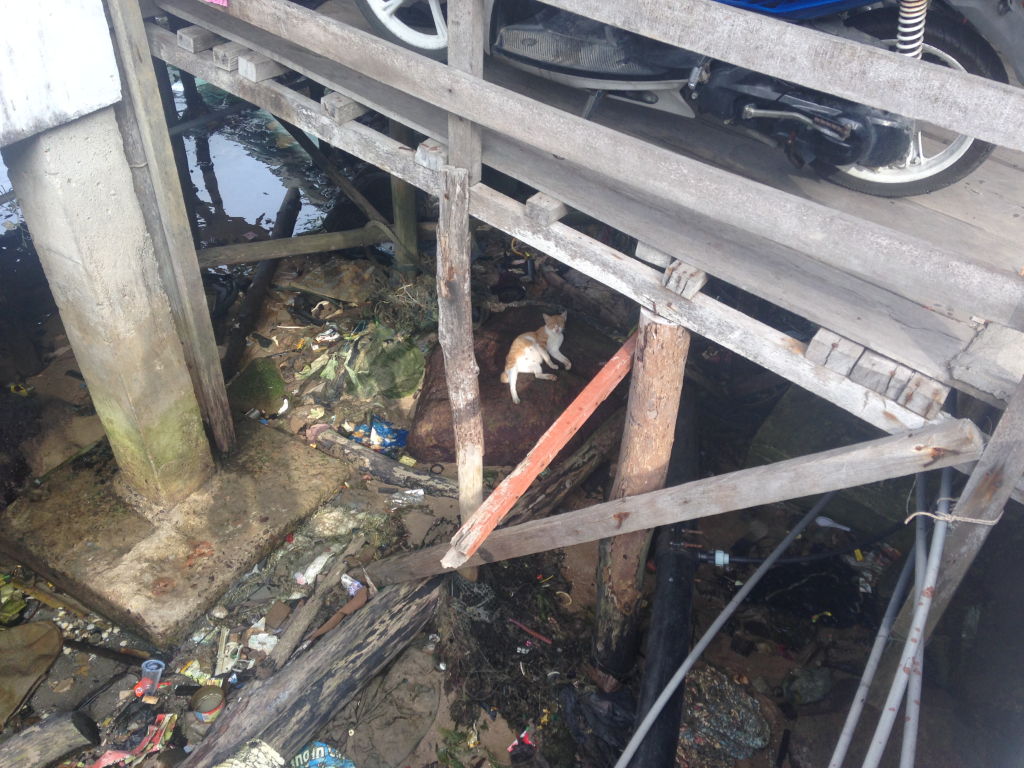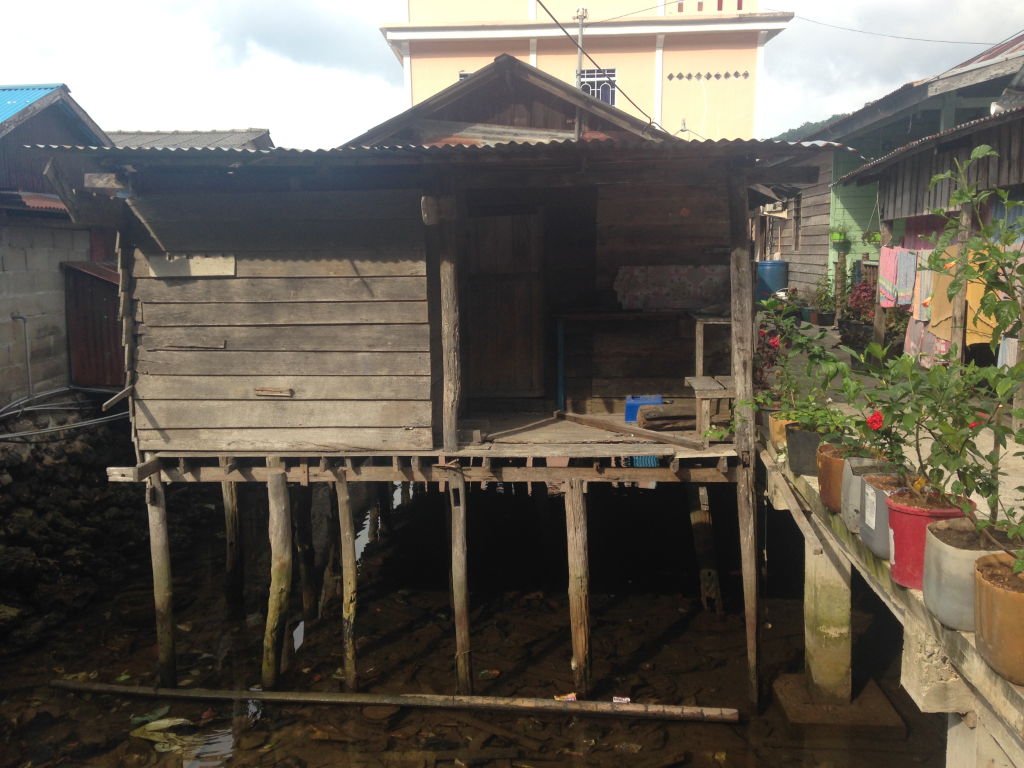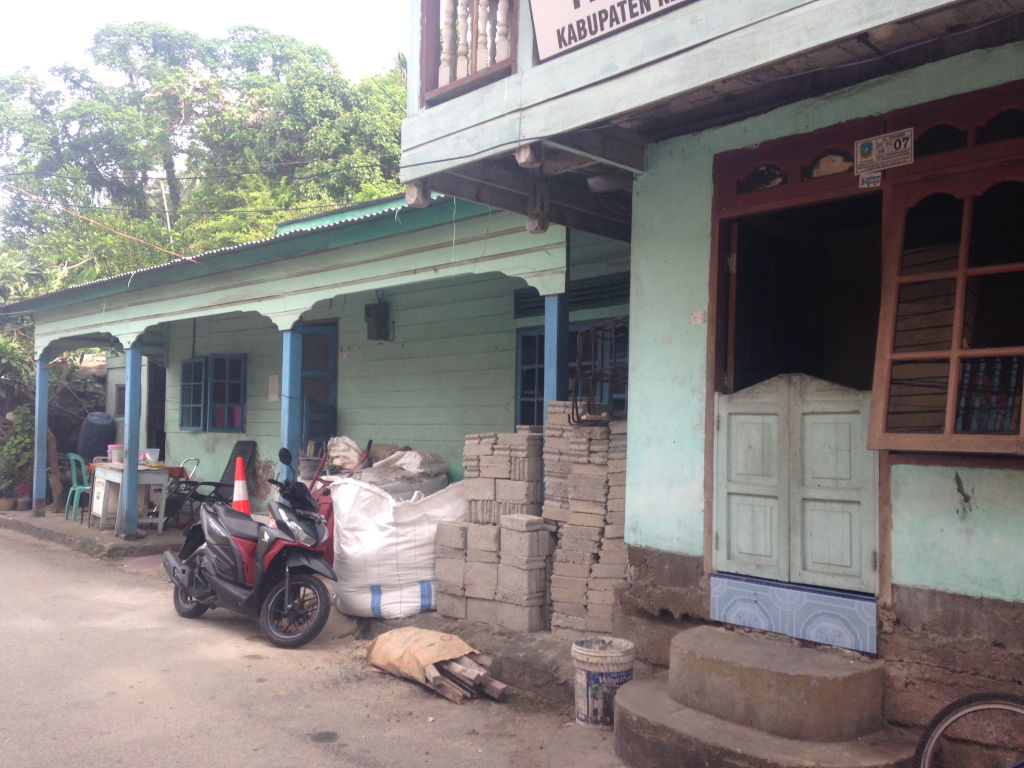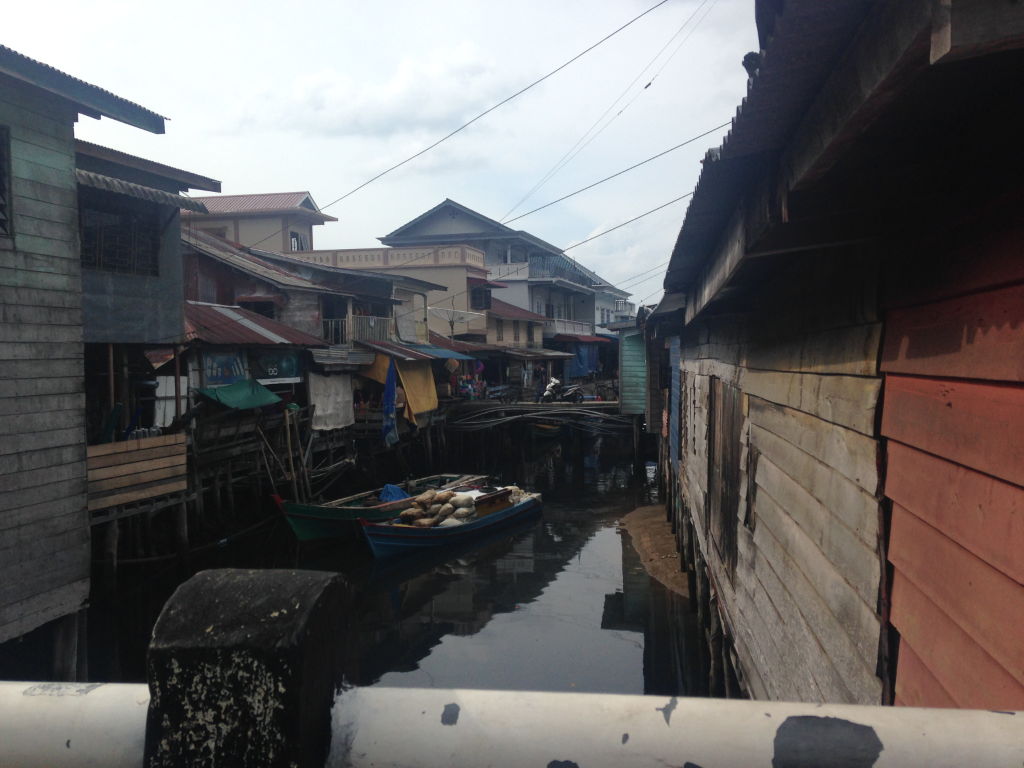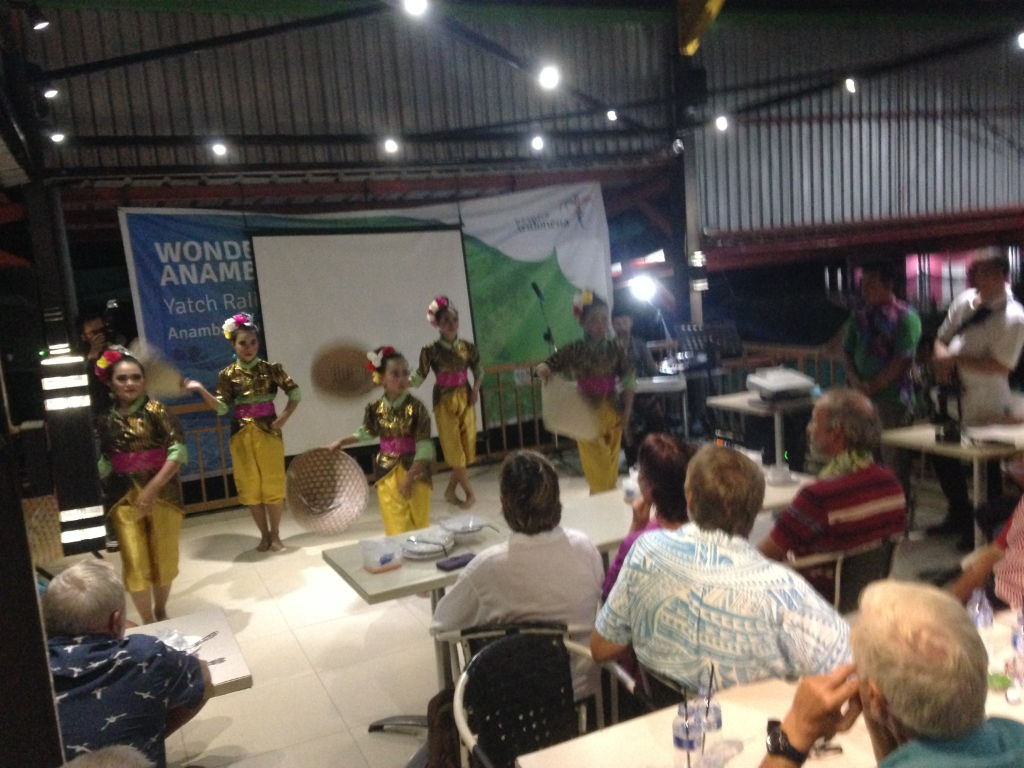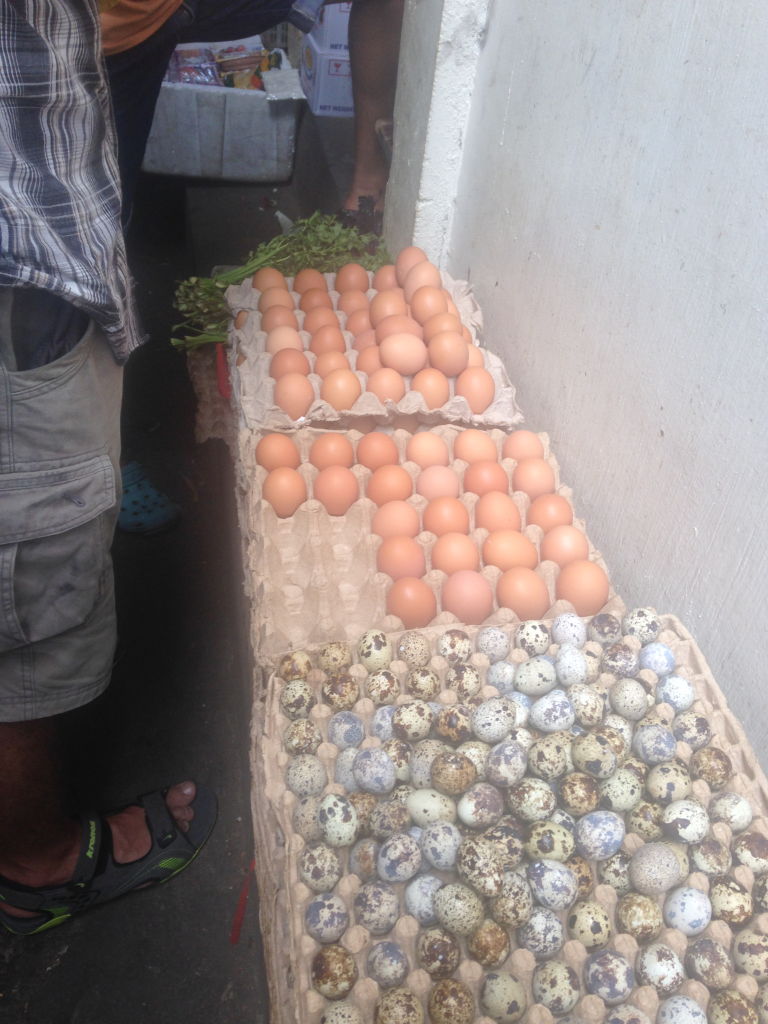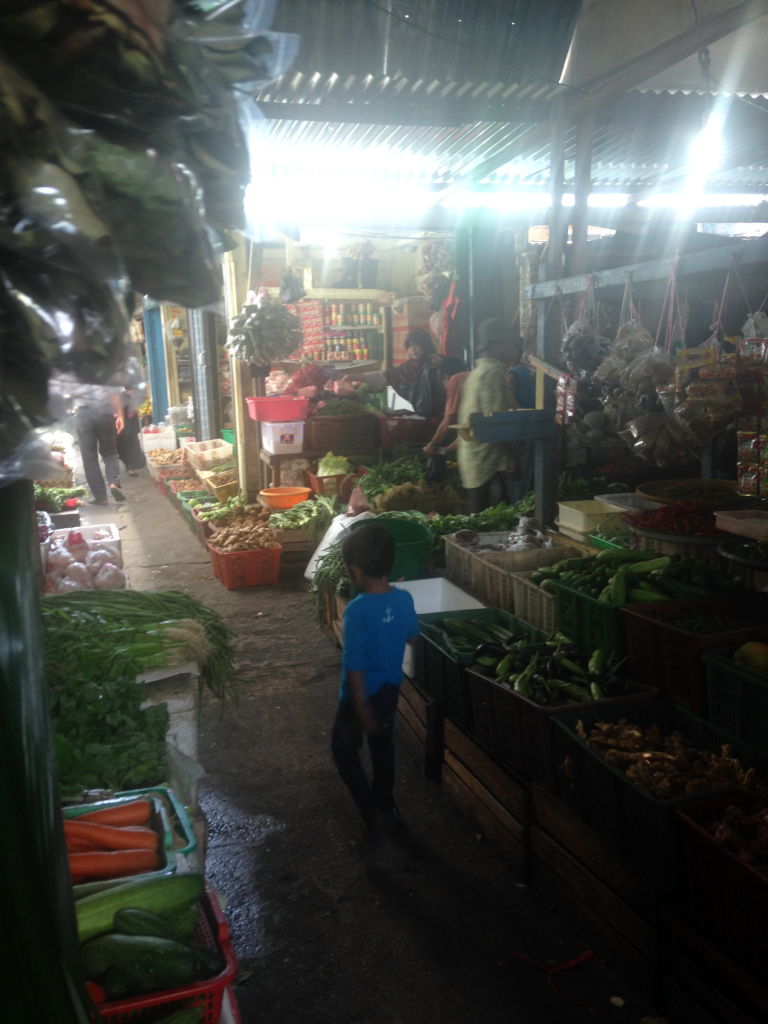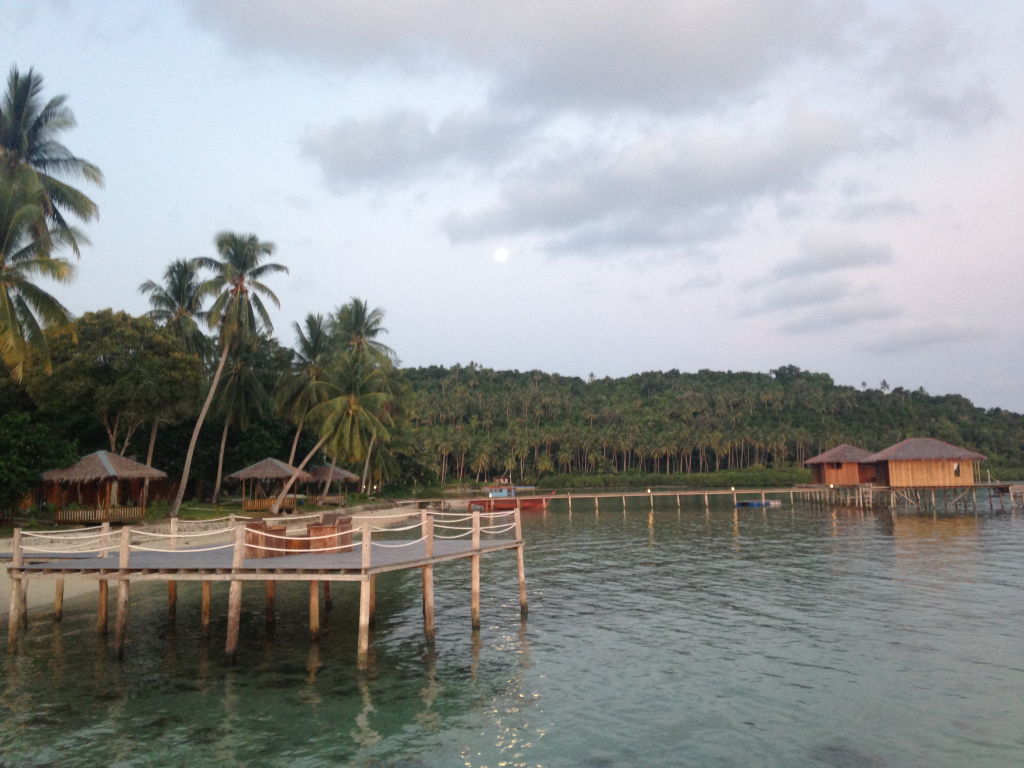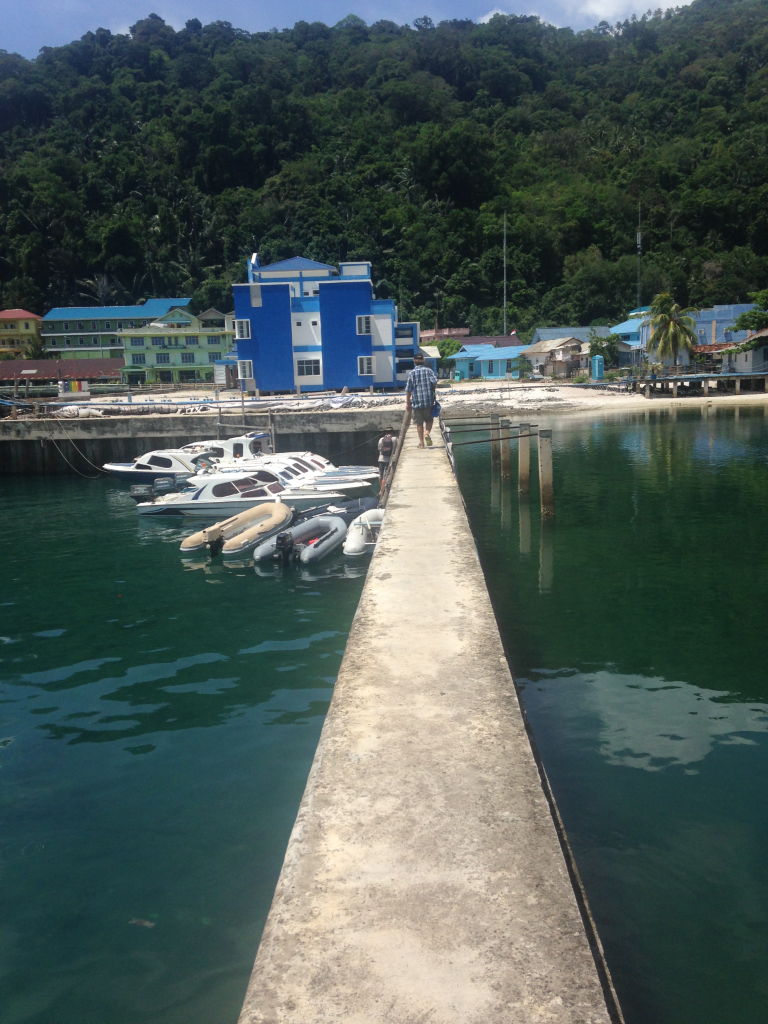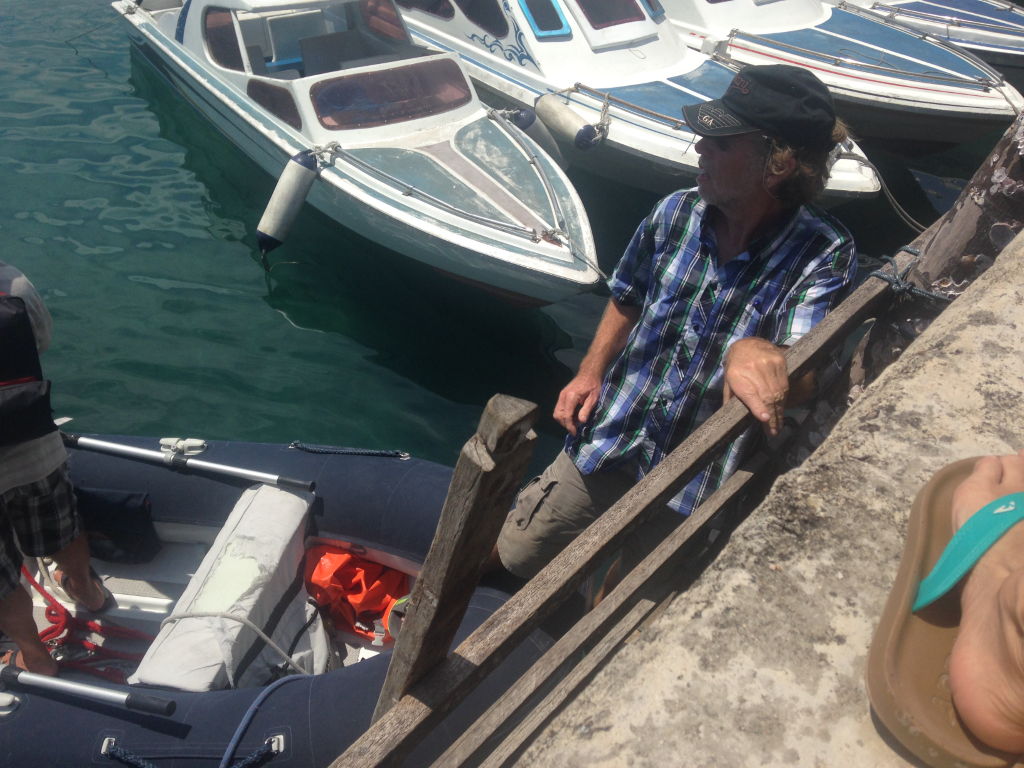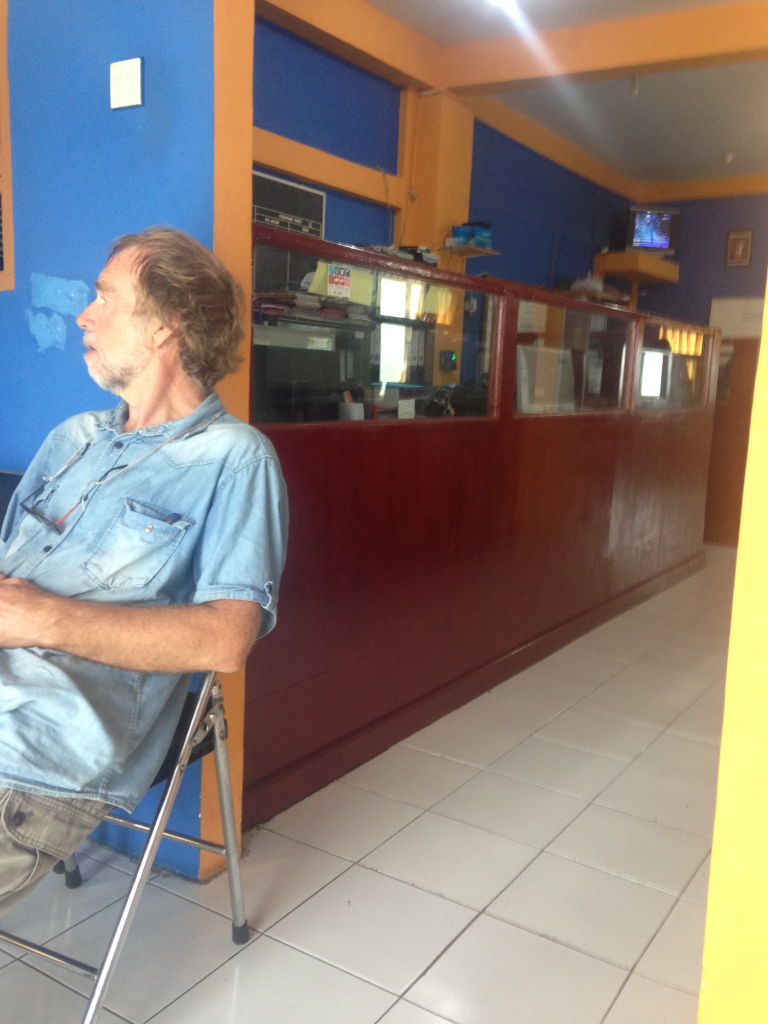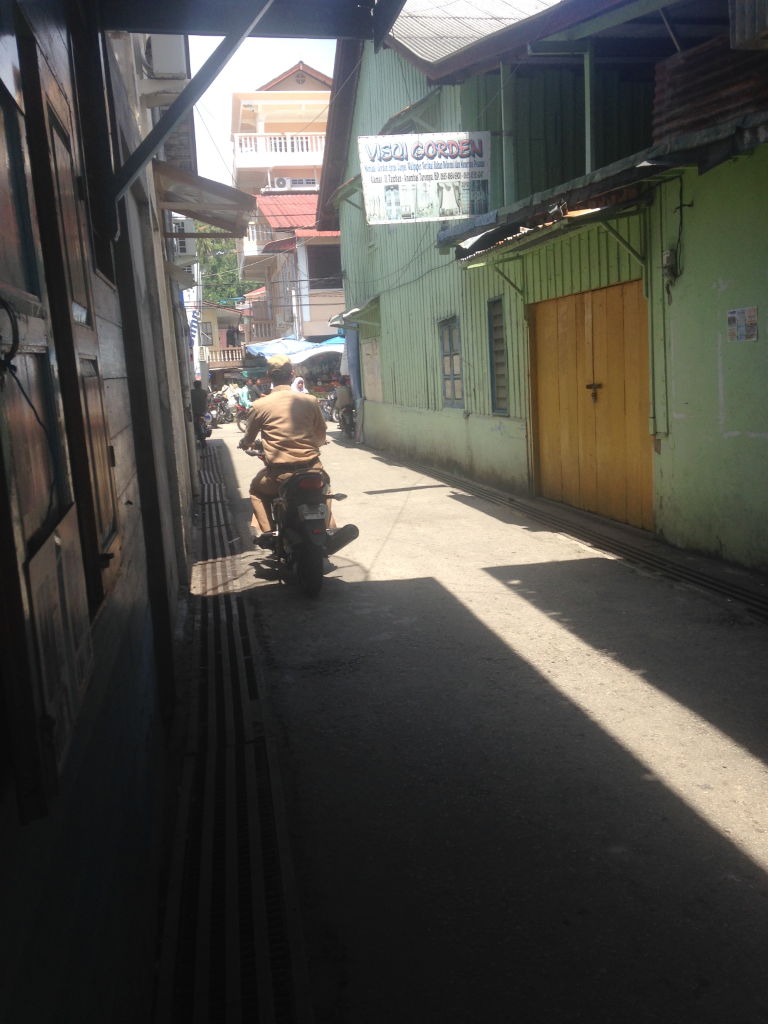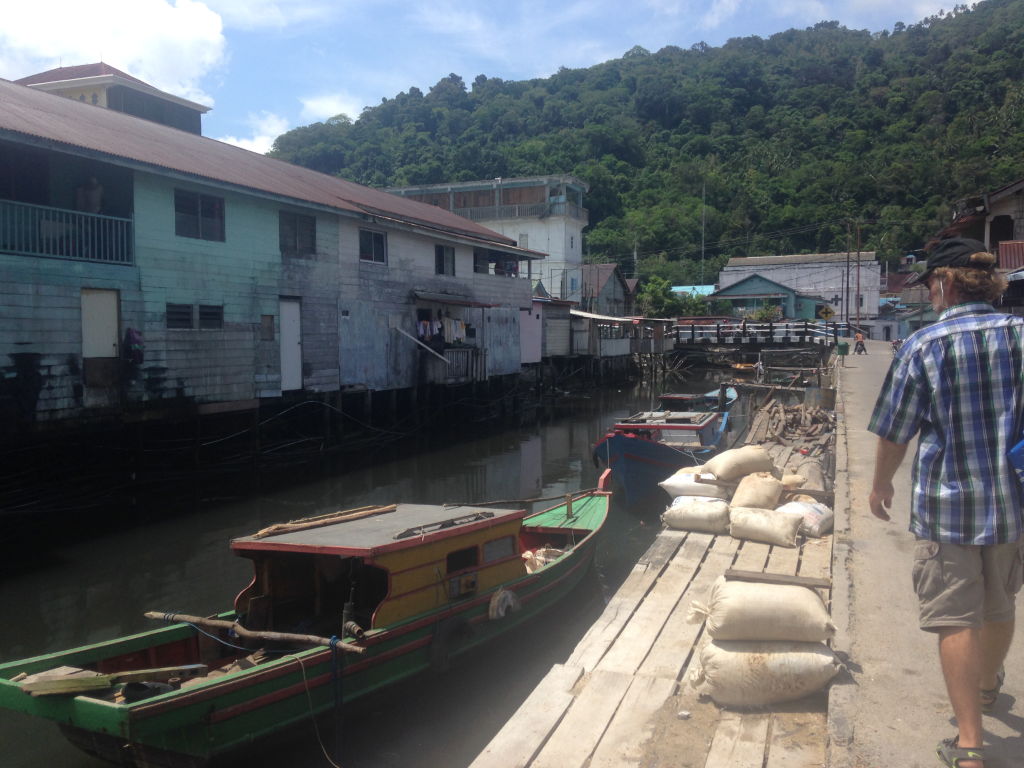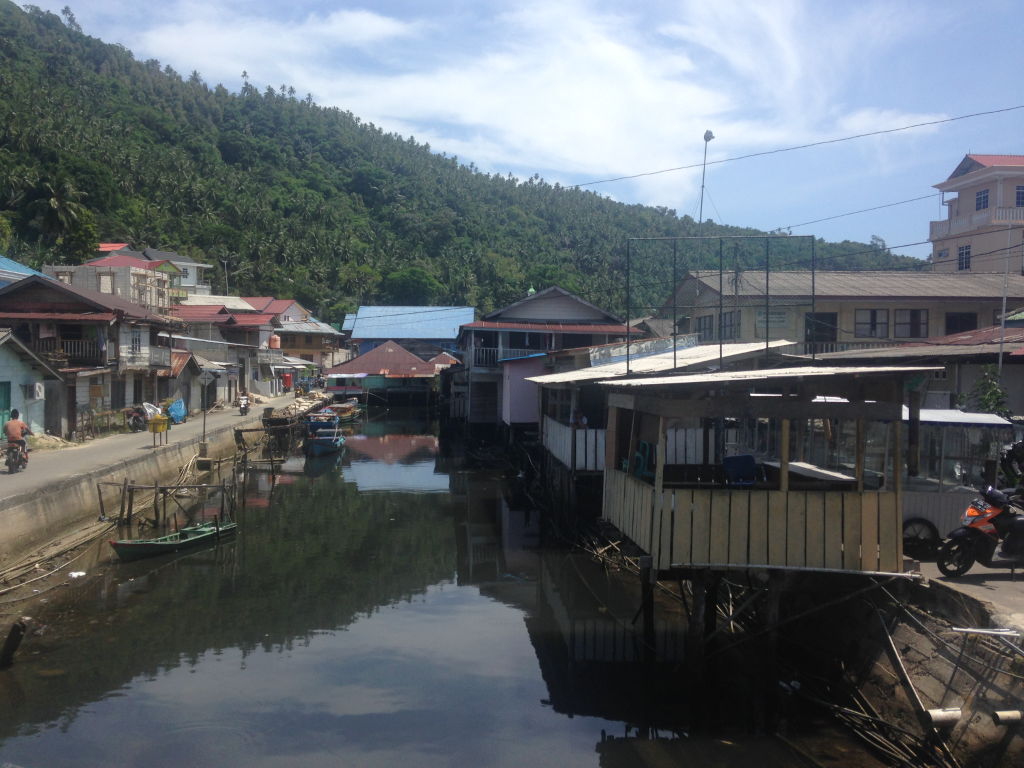After another walk to Marina Square on Monday evening (9th October) we went for a meal in one of the Chinese restaurants we had seen and liked the look of. It turned out to be less of a restaurant and more of a ‘hawker’ style eatery. These can be confusing, and this one was no exception. In the street, or in a market development it’s more self-explanatory even to a foreigner. You have to order your drink separately from the drinks vendor (who is often the owner/manager of the centre), and you pay for that as soon as it’s brought to you. When you’ve looked and chosen the meal you want from the stalls, you point or gesture to where your table is and the meal is brought to you, and once again you pay on the spot. So there might be two or more people in your group, all ordering from different places, with servers and money and change all coming and going at the same time, but it works and I like it because the food is freshly cooked and inexpensive. This place looked so much like a restaurant that we sat down and were immediately surrounded by four people all proffering different menus. This was disconcerting enough but when we’d taken them and the table was strewn with an assortment of menus, they all stood watching and waiting expectantly. We ordered drinks so that eliminated one of them and Paul asked the rest if we could have a few minutes to choose. We sifted through the selection of menus, made our choice and then (of course) struggled to get anyone to come back to us to take the order! The food was worth the confusion when it arrived. I enjoyed a substantial tofu, vegetable and rice dish with a tasty sauce. Paul opted for the duck with rice but it was a fairly small portion and he wished he’d ordered the same as me. We’ll definitely go back anyway.

Tuesday 10th October
It was time for a big shop, and for that we needed a car. Paul had booked one the day before and set off at 10 to collect the keys. It was a funny little thing – that’s the phrase that entered my mind as the day went on. The air conditioning didn’t quite get cold enough, and the alarm had a tendency to go off if we didn’t close the doors properly. I went to drop our laundry off and took the car keys with me while Paul went to the marina office in the same block so that I could let myself back in the car. Waiting inside it, I began to feel very hot, so opened the door to get out and the alarm went off, so I had to shut the door quickly and fiddle with the buttons on the keys to shut it up. I was then trapped in the oven-like temperature until Paul came out. The windows only opened when the engine was on and I didn’t want to set the alarm off again. Luckily I had a battery fan to alleviate the heat a bit but I kept thinking of the poor dogs who get left in such temperatures. We caused some amusement at a petrol station, and outside a shopping mall when Paul had to make a few attempts to stop the alarm stopped blaring out when he walked away. The car, a Perouda, also struggled to get up hills and the rear passenger door didn’t close properly.
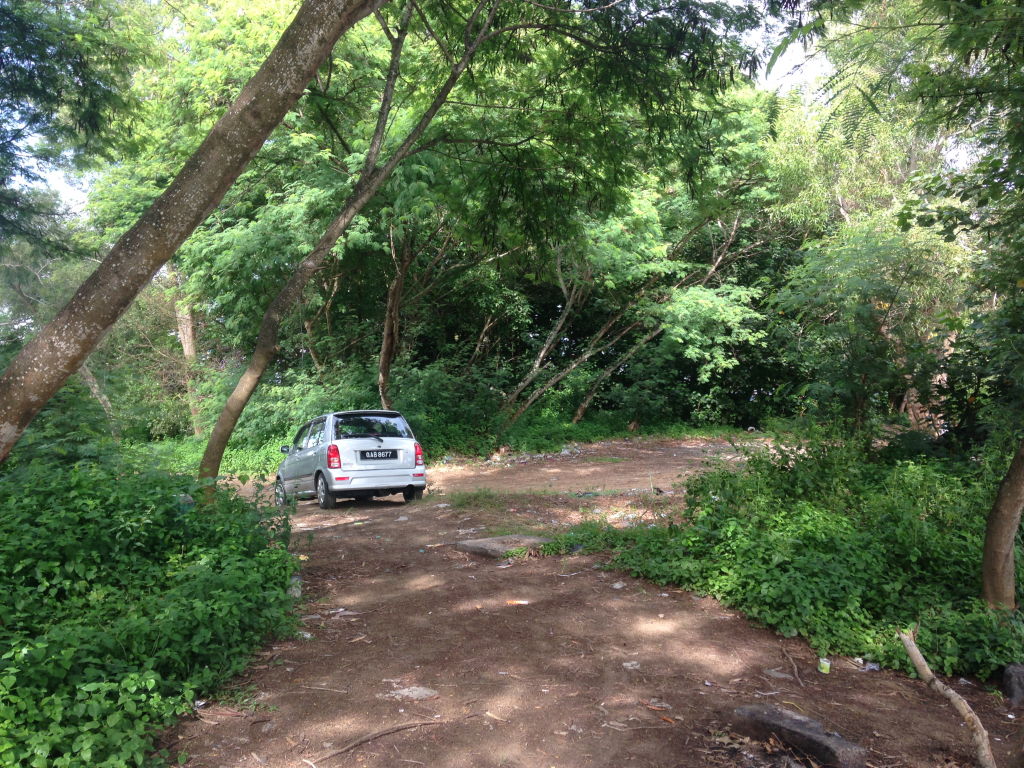
Still, it got us to all the places we needed to be. Namely, a succession of supermarkets. The bigger ones are situated in indoor malls, and the first one we went to, as Paul has described, was quite an eerie experience. It looked totally closed. No cars were in the car park, which is most unusual here. The stairwell leading to the mall looked disused; it was full of litter and smelled stale. The level we walked in to didn’t look promising. Metal shutters were down on the shop units, some of which looked abandoned or incomplete. I wondered if the day was a public holiday we were unaware of, but in the basement we found the supermarket – empty but open. It was a treat to walk the aisles with no one else around, if a little disconcerting. Slowly, however other shoppers began to appear and all soon felt normal.

Two, or maybe three, supermarkets later and pretty much all the items had been ticked off the list, including some cough mixture, as it seems to be the only medical product we don’t have on board. The previous evening I couldn’t help wryly noting the array of ‘products’ on the table for our various ailments: Lemsip; plasters for blisters & cuts; throat sweets; paracetamol; cream for bites & stings; tweezers to remove a splinter from Paul’s foot; and tissues and antihistamines for my allergy. All we needed was a bag of Werther’s Originals for it to look like the day room in a care home 😉 Paul wanted to have a look at the Piasau Boat Club before heading back to drop off the shopping. It looked a little like a holiday resort, situated as it is in a Nature Reserve Park, with a nearby beach, children’s playground and a sea view from the clubhouse. I was pleased to discover that its Beachcomber bar sold white wine – one of the few places that does here. We sat on the terrace looking out at the view. Not many other people were around that afternoon, but judging from the signs and posters on display, plenty of activities and events take place there.
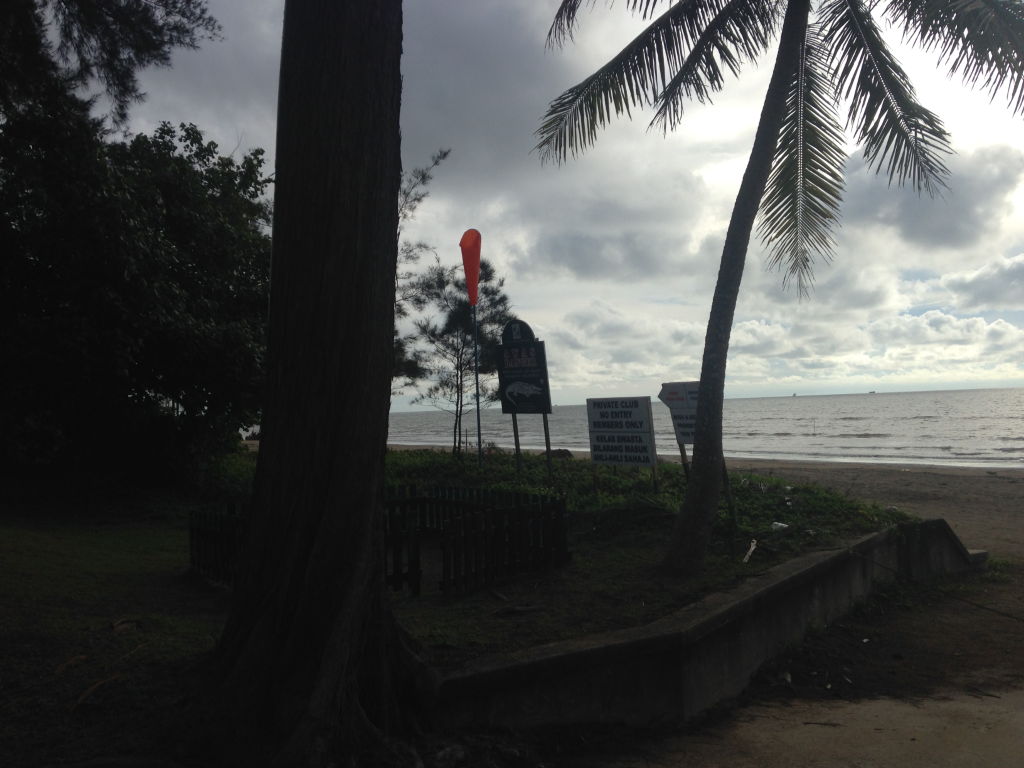
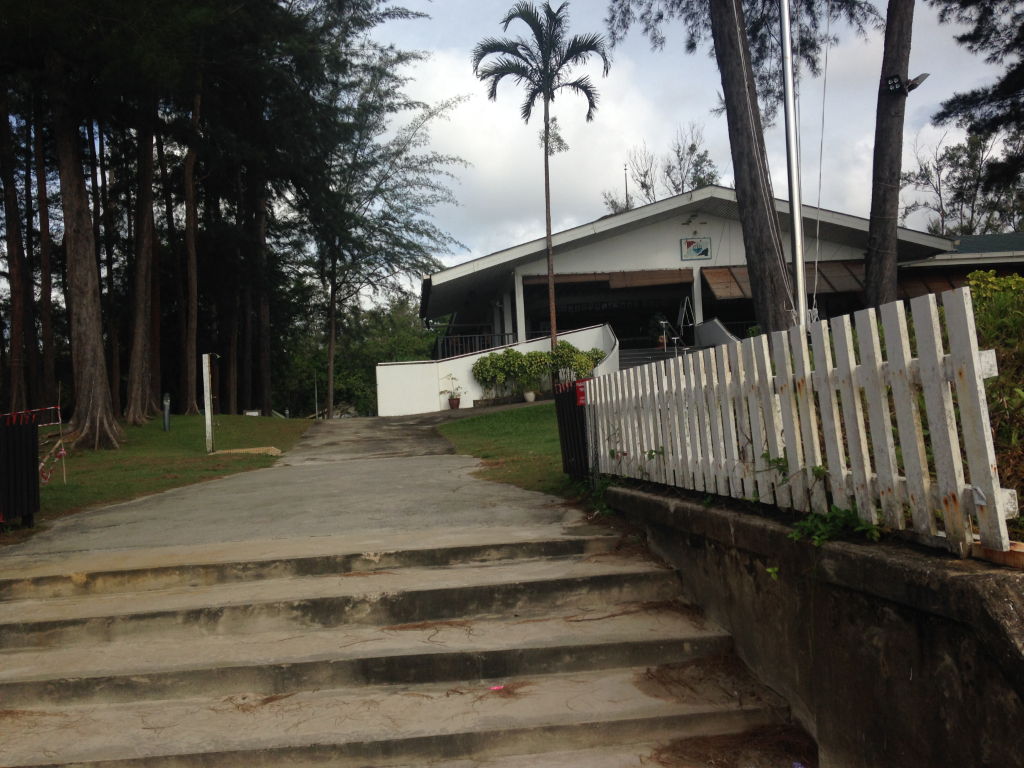

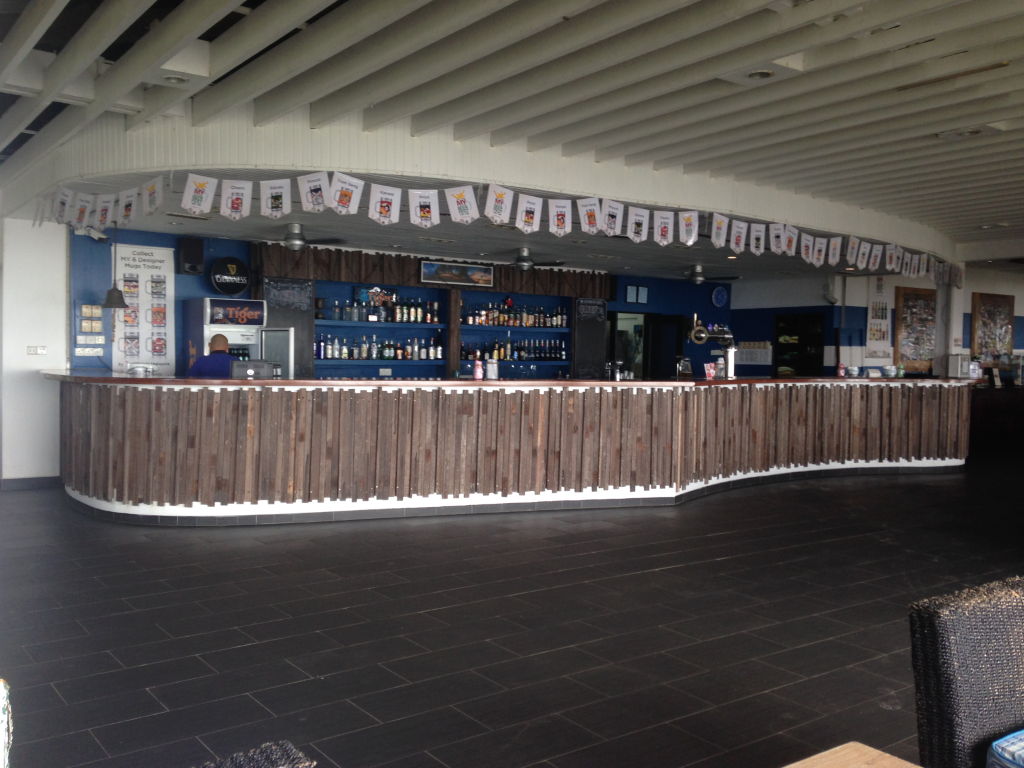


The car had to be returned by 5pm on Wednesday so we set out at 11 30 on our mission to look at bicycles. Several of the neighbouring yachts have folding bikes; they are handy for getting to the local shops as well as an ideal way to get physical exercise. It was difficult to know which type to buy though. We debated whether to get cheap ones to use while here and then donate them to some local children when we leave, or splashing out on decent foldable ones to keep. We started our search in the Marina Park complex at a shop called Giant. Their folding bikes were great but more expensive than we’d budgeted for. The next place had a reasonably priced second hand folding bike which made us consider getting that and a cheaper temporary one but Paul discovered the frame looked a bit bent on a closer examination. The salesman, keen for us to buy, offered to buy any bikes we chose back off us if we wanted to take them for a short period. He told us he would even include the shopping panniers we needed and fit them for us. We looked at a couple more shops that day, and another one since then but finally settled on one we looked at yesterday and will be off to collect them soon.
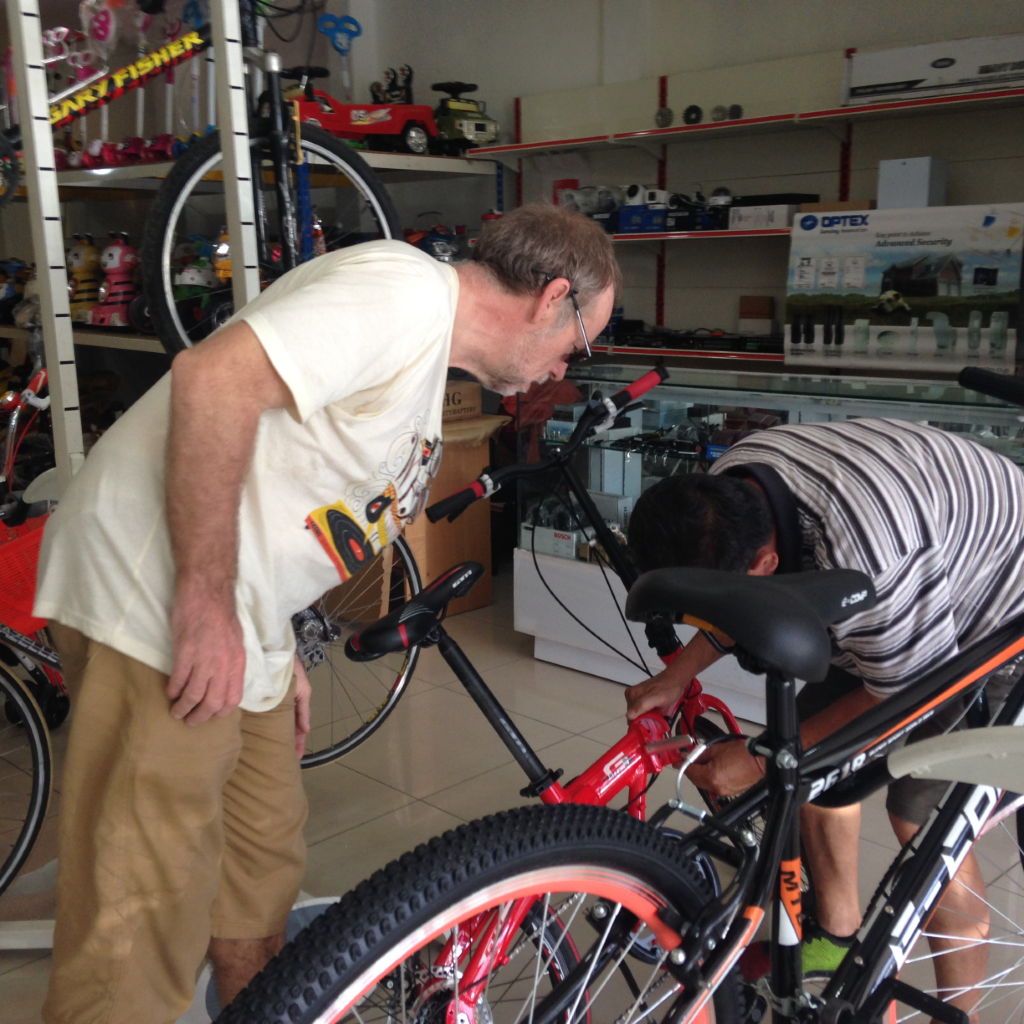
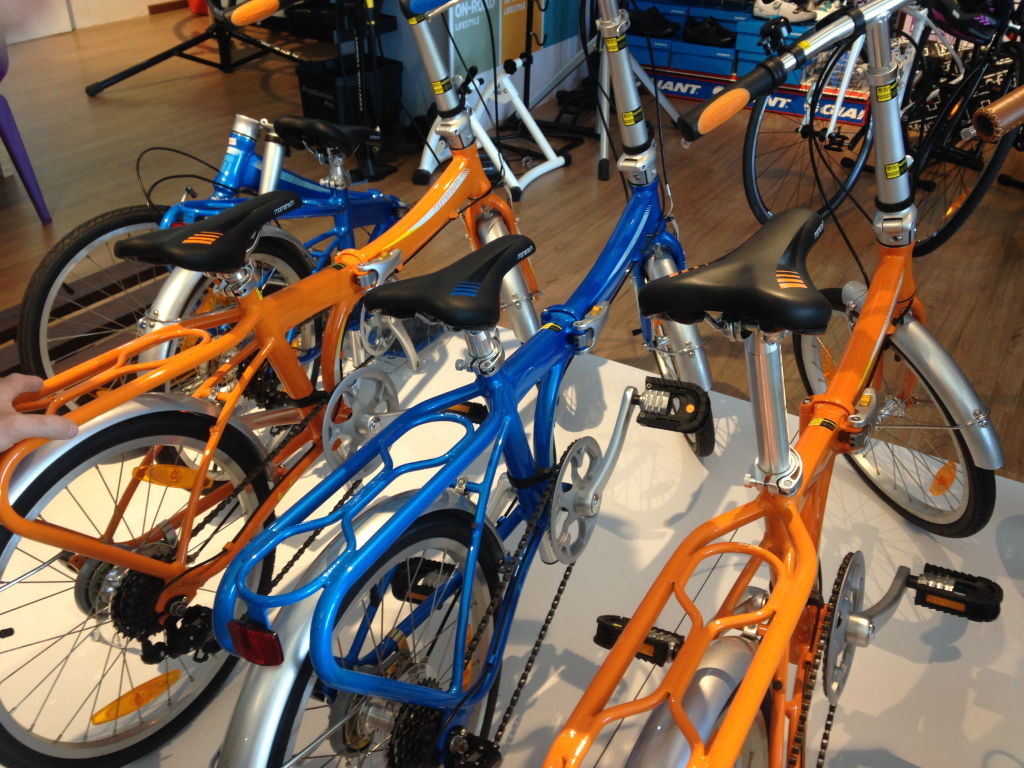


Miri city centre is worth a mention. When we visited in July, I noted that it looked as if it is mainly made up of Chinese shops and businesses, but that the town lacked something that I couldn’t define. I think this was because I was comparing it rather unfairly with lively, atmospheric Kuching. Returning after a two month break, I viewed it more favourably. Miri is an oil boomtown, although its oil rig ceased production in 1970, and new inland oil fields were found in 2011. The birthplace of the Malaysian petroleum industry, Miri urges people to visit The Petroleum Science Museum, located on the site of the first oil rig, which we intend to look at before we move on. Anyway, the city has its share of shopping malls, restaurants and plush hotels and the handicraft centre we went to before we left for the UK is a great place for Sarawakian arts and crafts and handmade and unusual gifts, all made by local producers (they were so friendly, too – we chatted to them for ages). I think it’s fair to say, however that Miri is a gateway to several other inviting nature-based attractions that surround it, such as The Niah Caves, Mulu National Park and the Bario Highlands, all of which I’m also looking forward to seeing.



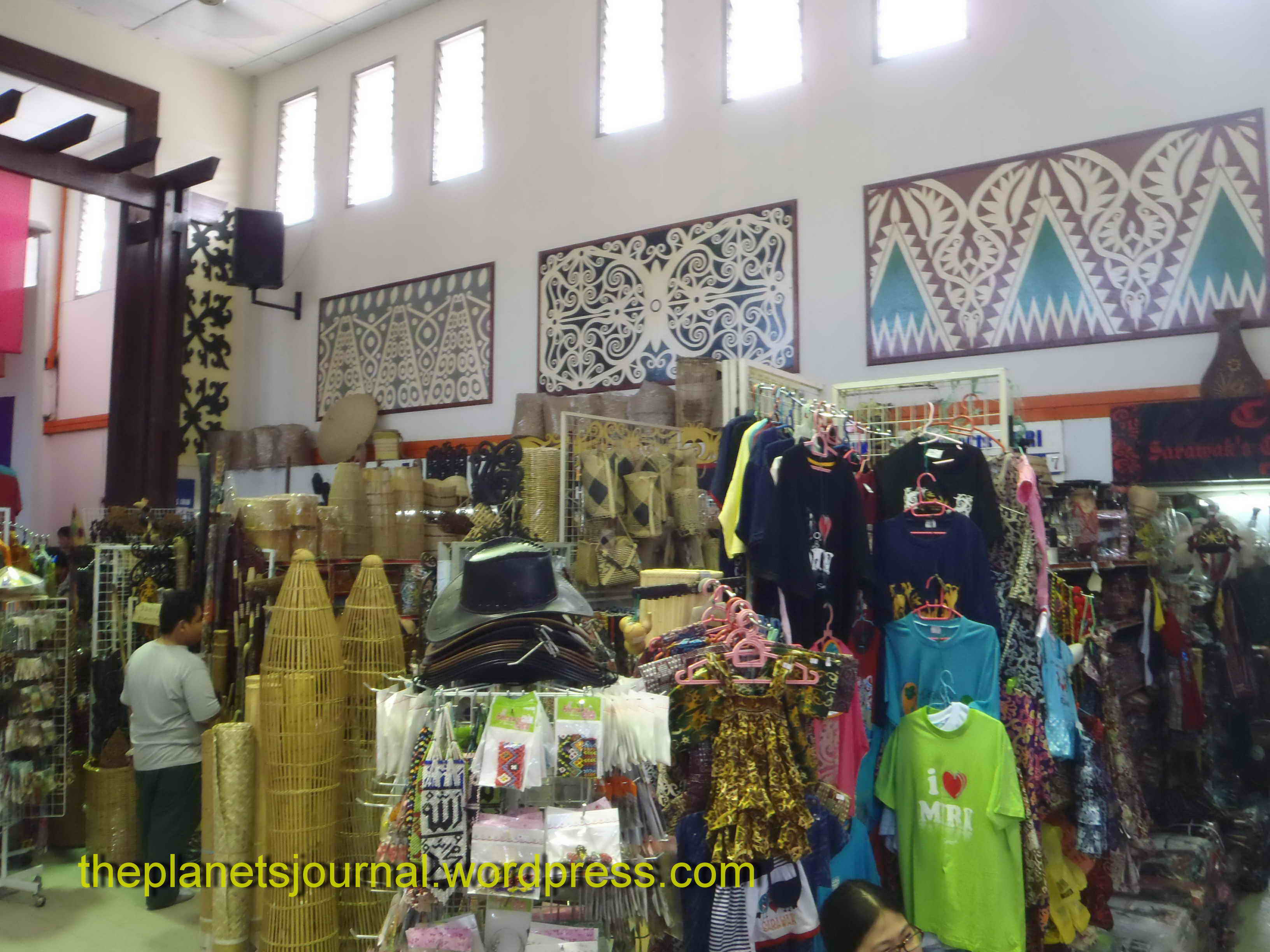
We had a quick look at one of the recommended fruit and vegetable markets before driving home. We didn’t need much, only an elusive courgette, but the markets are so colourful and interesting to amble around.
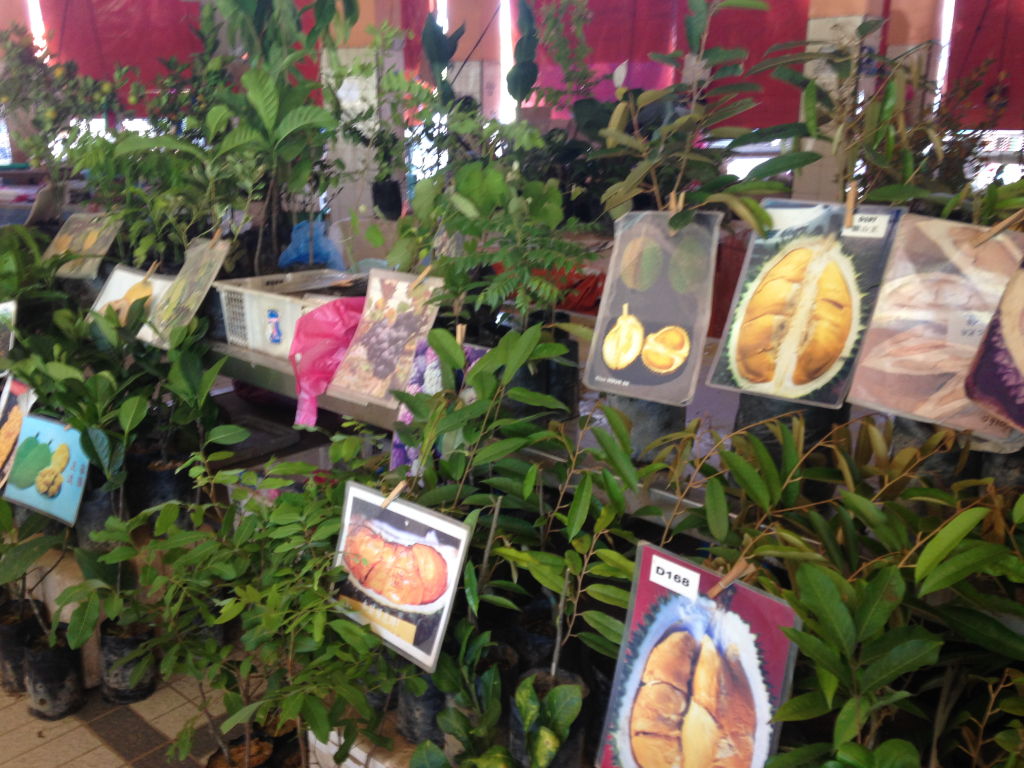

I’m used to people staring at us now, and I think traders like it that we take the time to look around and ask questions. We bought some apples, a bunch of fresh rosemary and some pumpkin but our request for a courgette was met with either bemusement or amusement. Paul looked up the word for it in Malay on his phone (sejenis labu kecil) and we were directed to a stall selling a white, round vegetable that we were told was like a courgette as it was part of the marrow family. We bought it after another stallholder took the time to explain to us how to cook it. He did state that it was a bit bland in taste and he was quite correct – it proved to be a poor substitute for the courgette 😉

Life goes on in a lovely leisurely way here in Miri. We try to go out for a walk each evening, either to the Marina Park or the waterfront area so that we’re getting daily exercise until we get the bikes. The rainy season is upon us and we’ve seen some spectacular downpours. I’ve got used to springing up to close all the windows as soon as the drops hit the coach roof. The good news is that there are no leaks on the boat! The rain showers are welcome actually because the temperature drops and it really is delightful listening to it pound and patter outside while we are cosy and dry inside. I tried to capture the image of how heavy the rain is in pictures but couldn’t do it justice. I am pleased to report that my second attempt at baking bread turned out successfully so I think the flour from Bakery Ingredients is a hit (see pic below). The pictures that follow it are of our excursions to the waterfront and the five-hour walk we took into Miri yesterday to choose our bikes.
